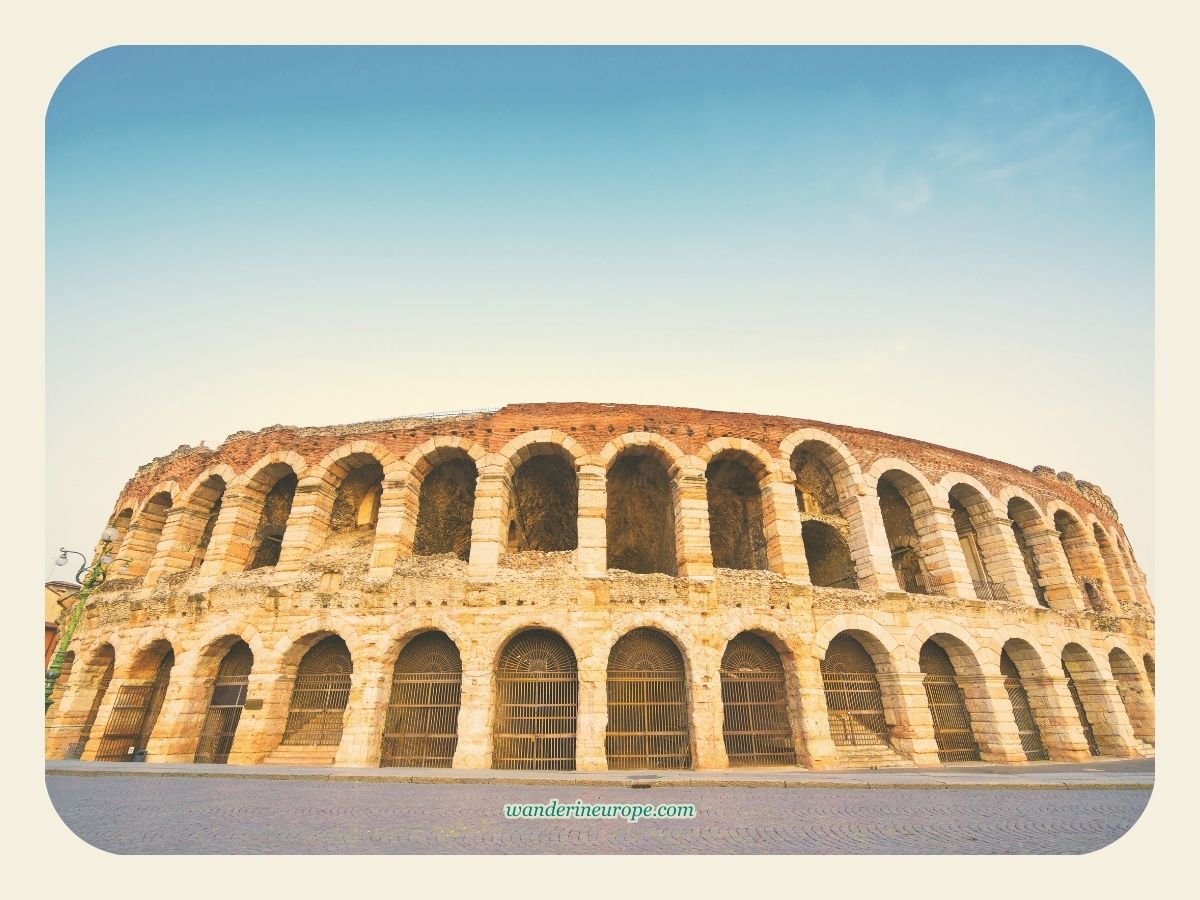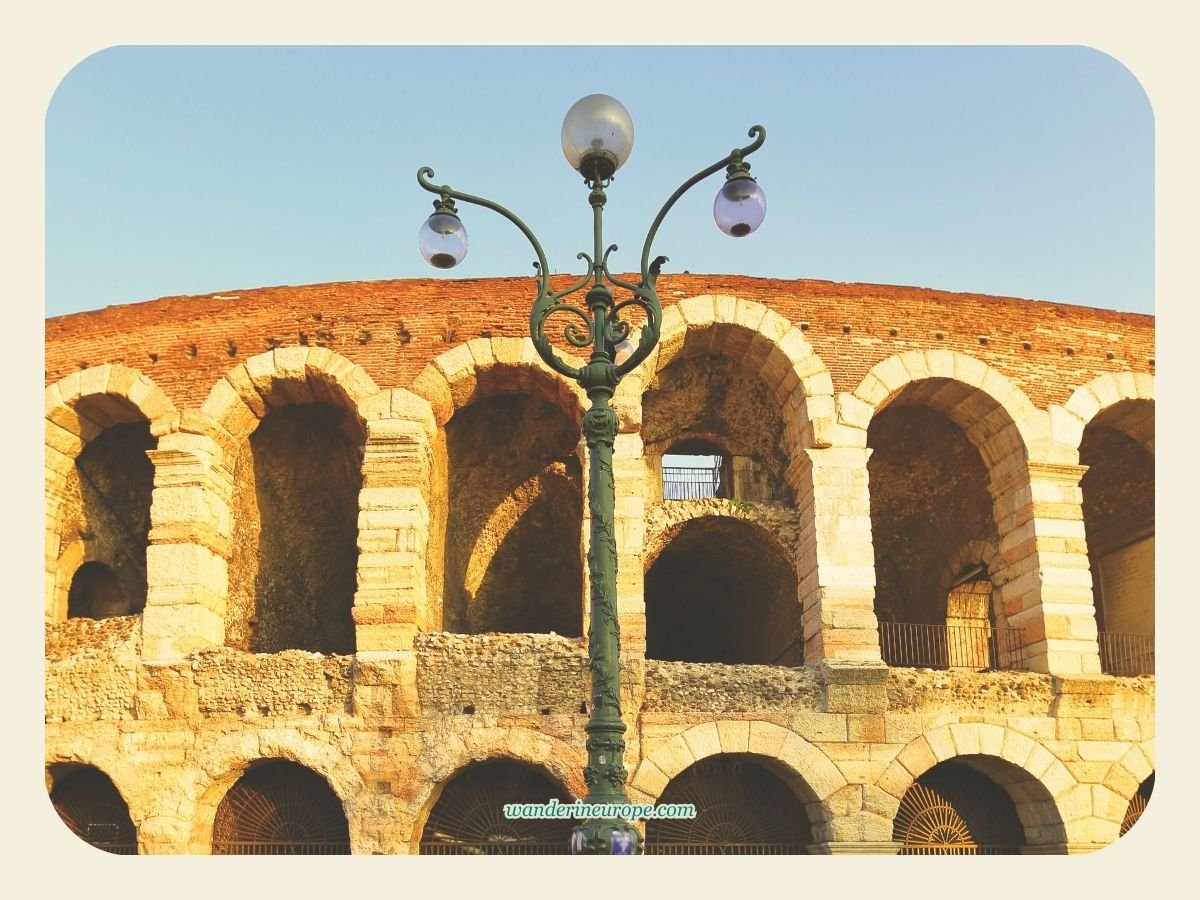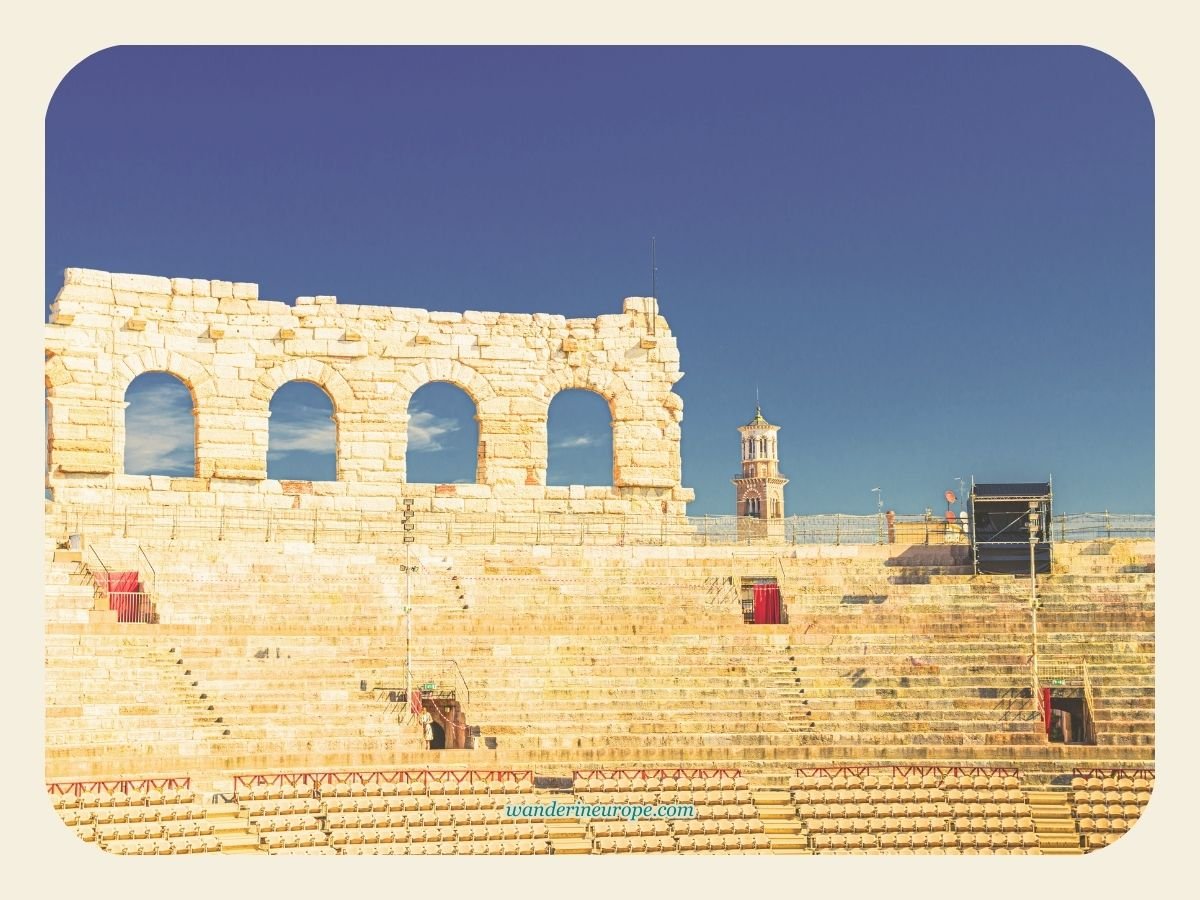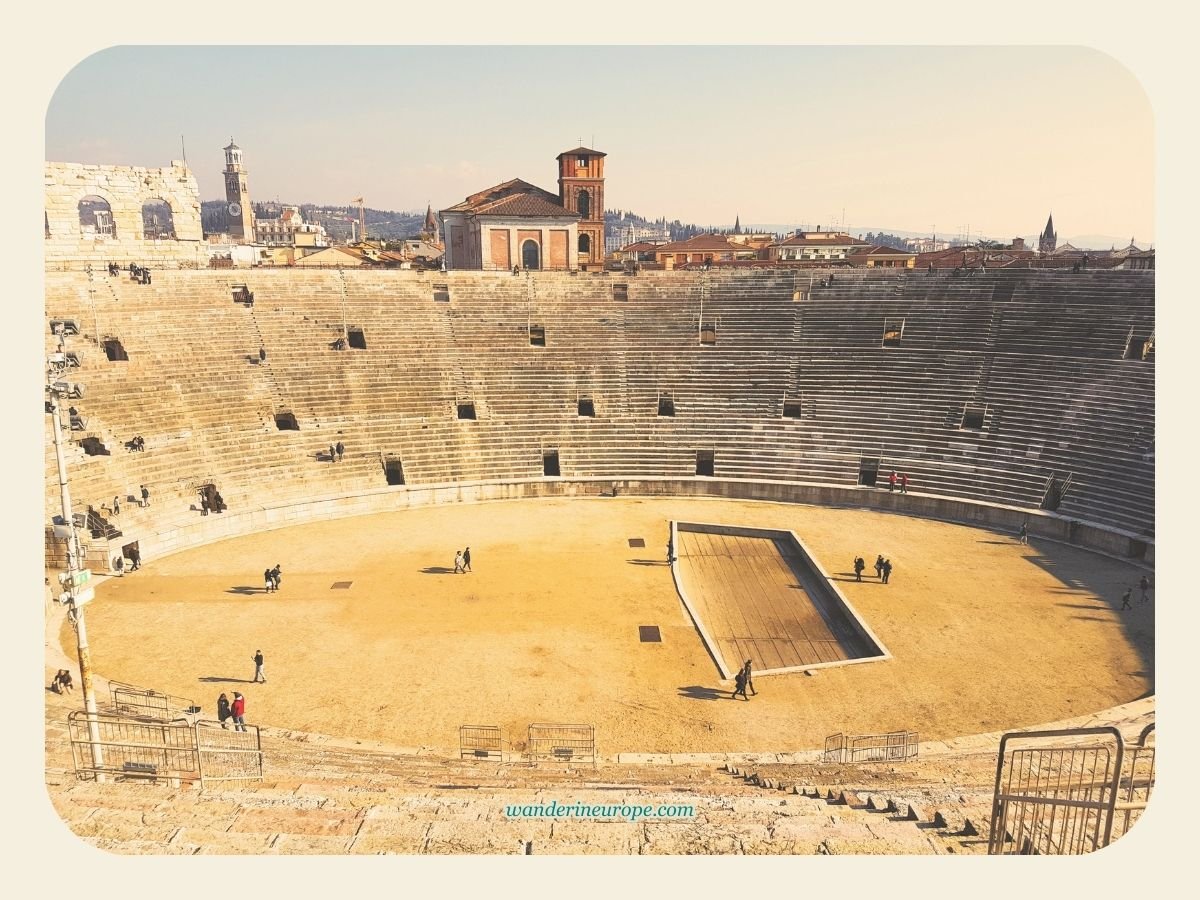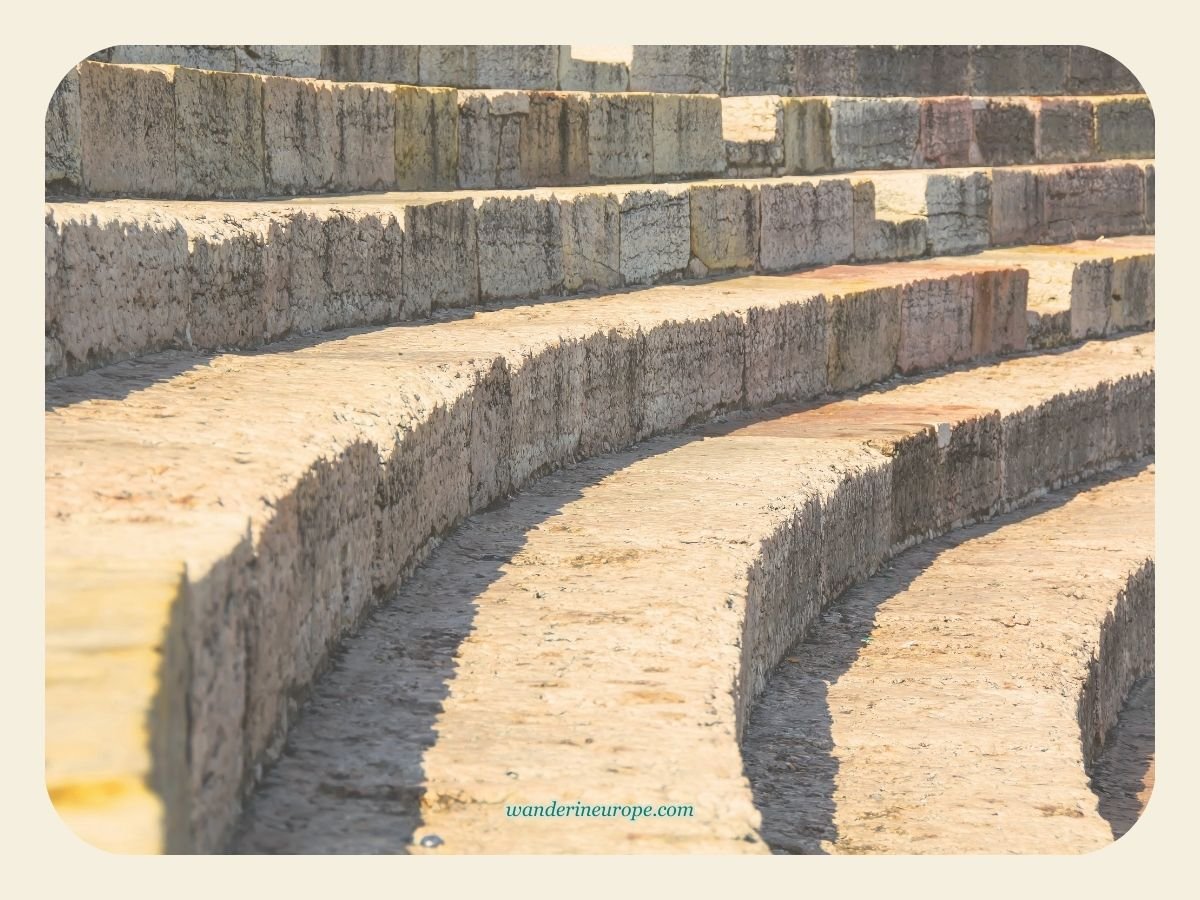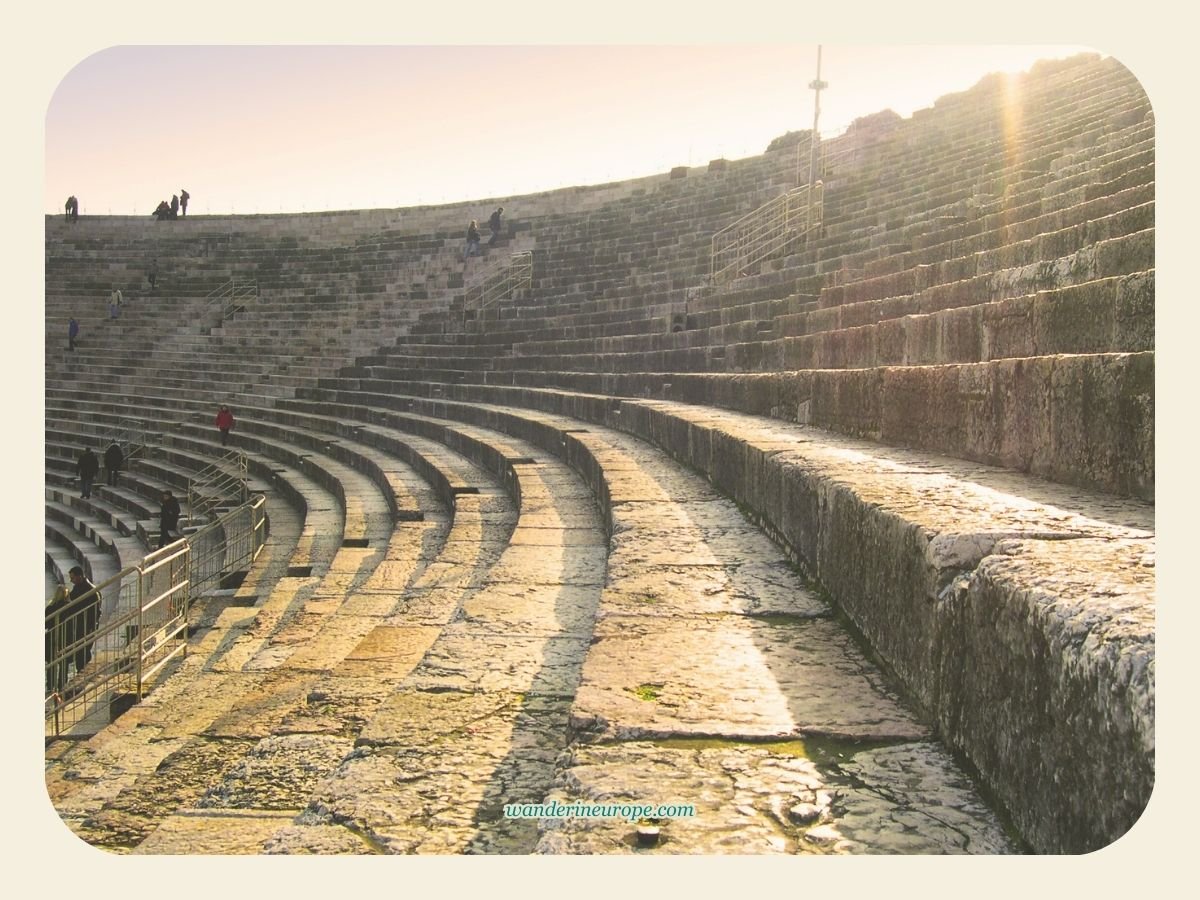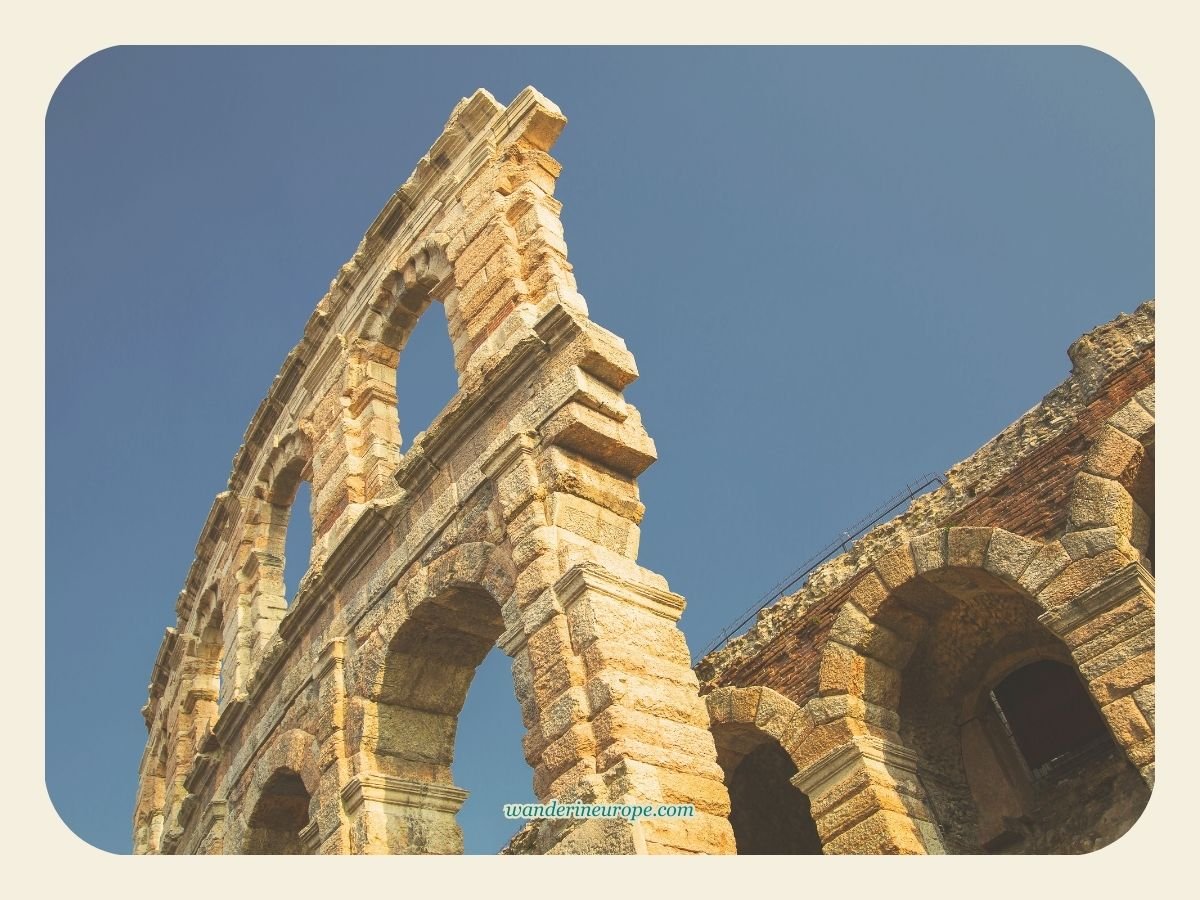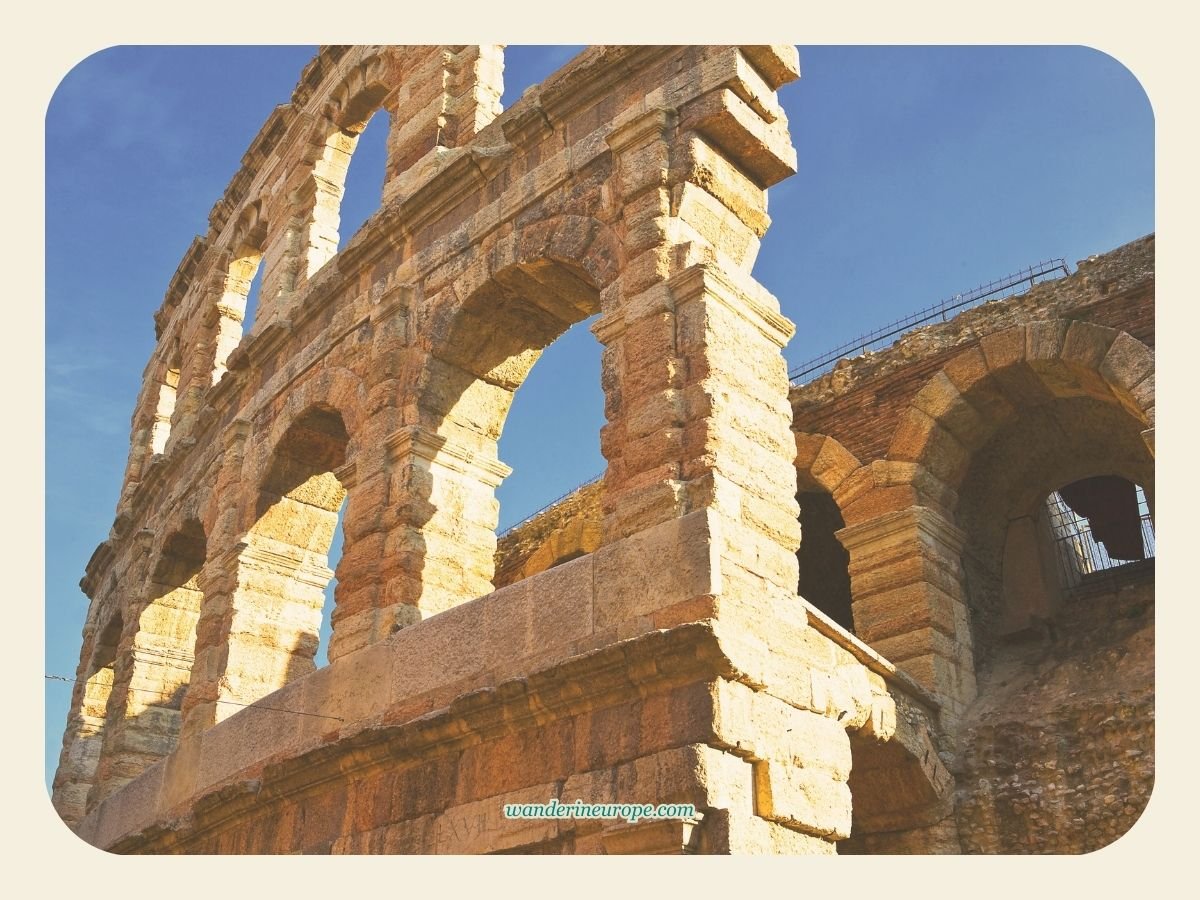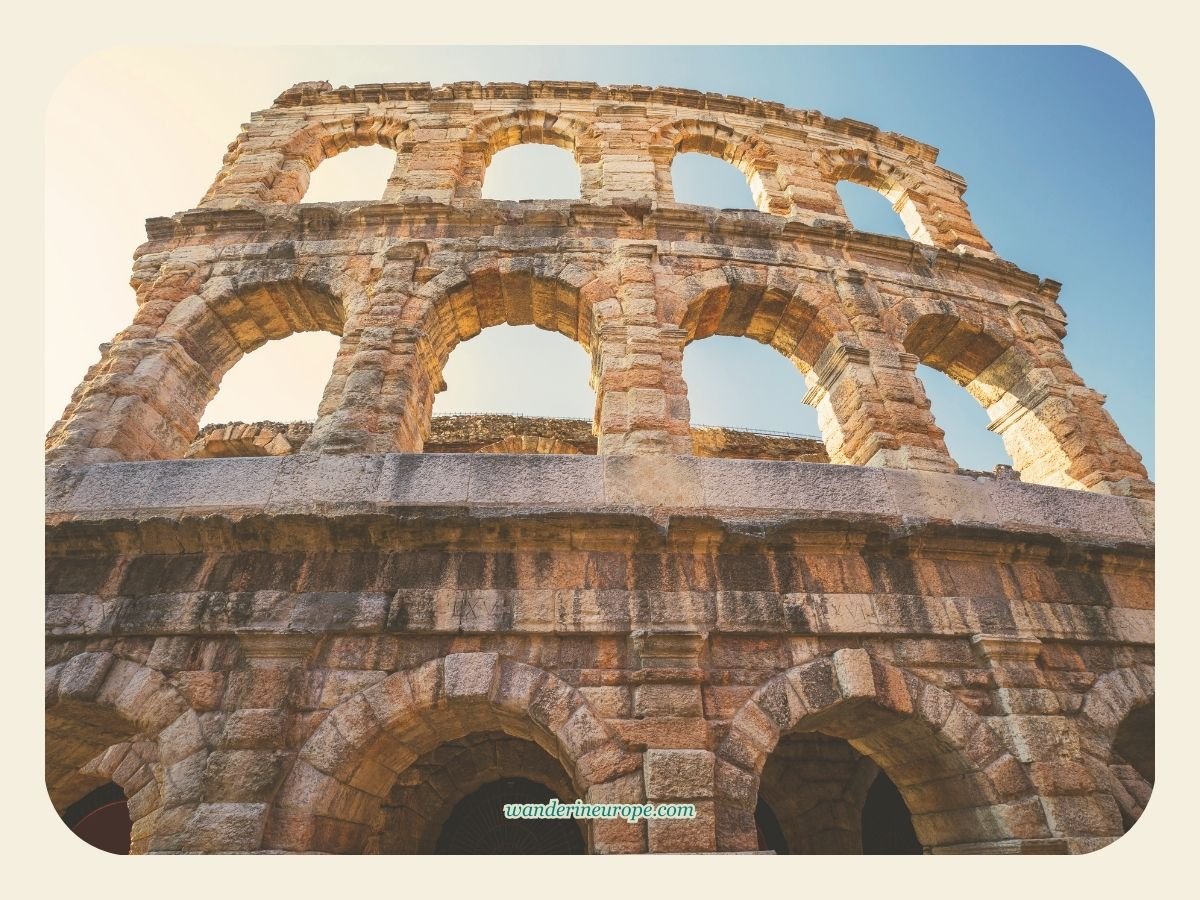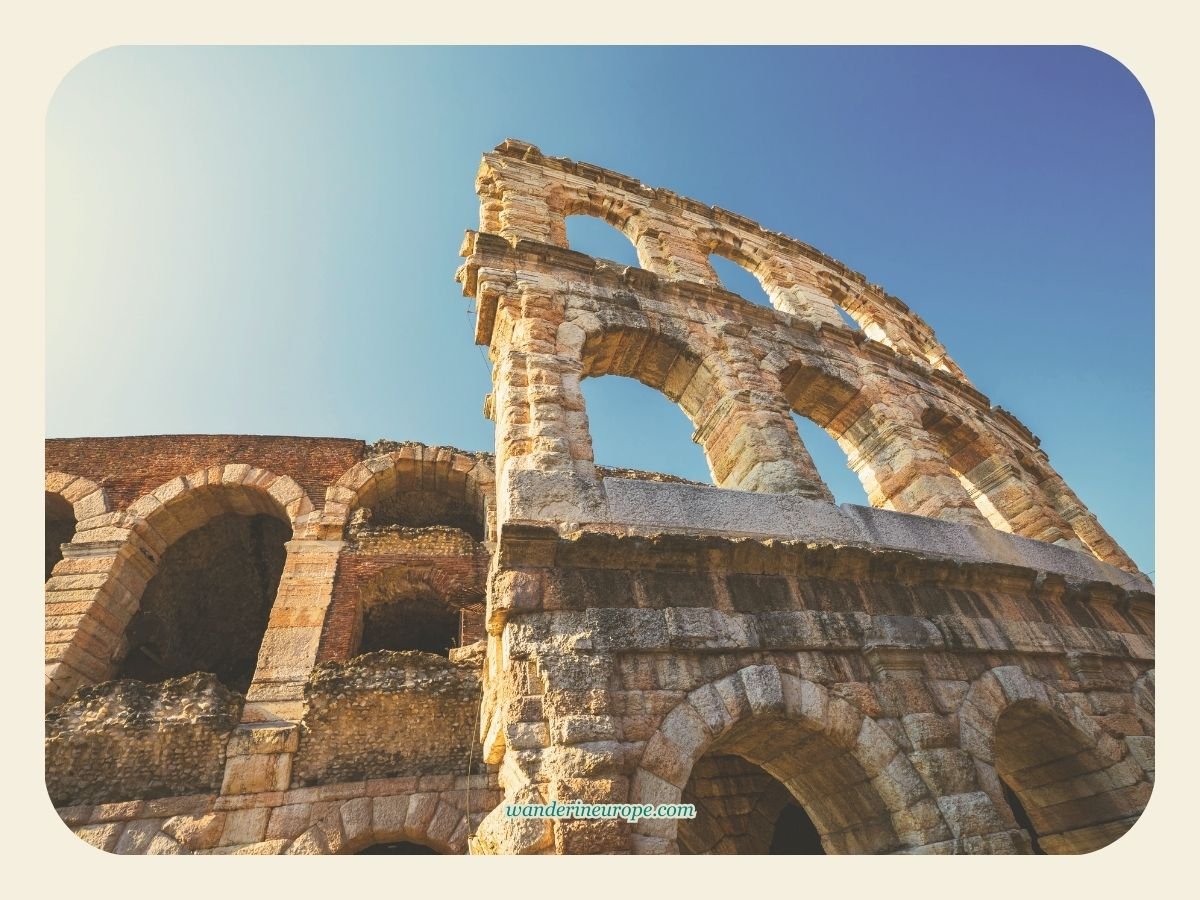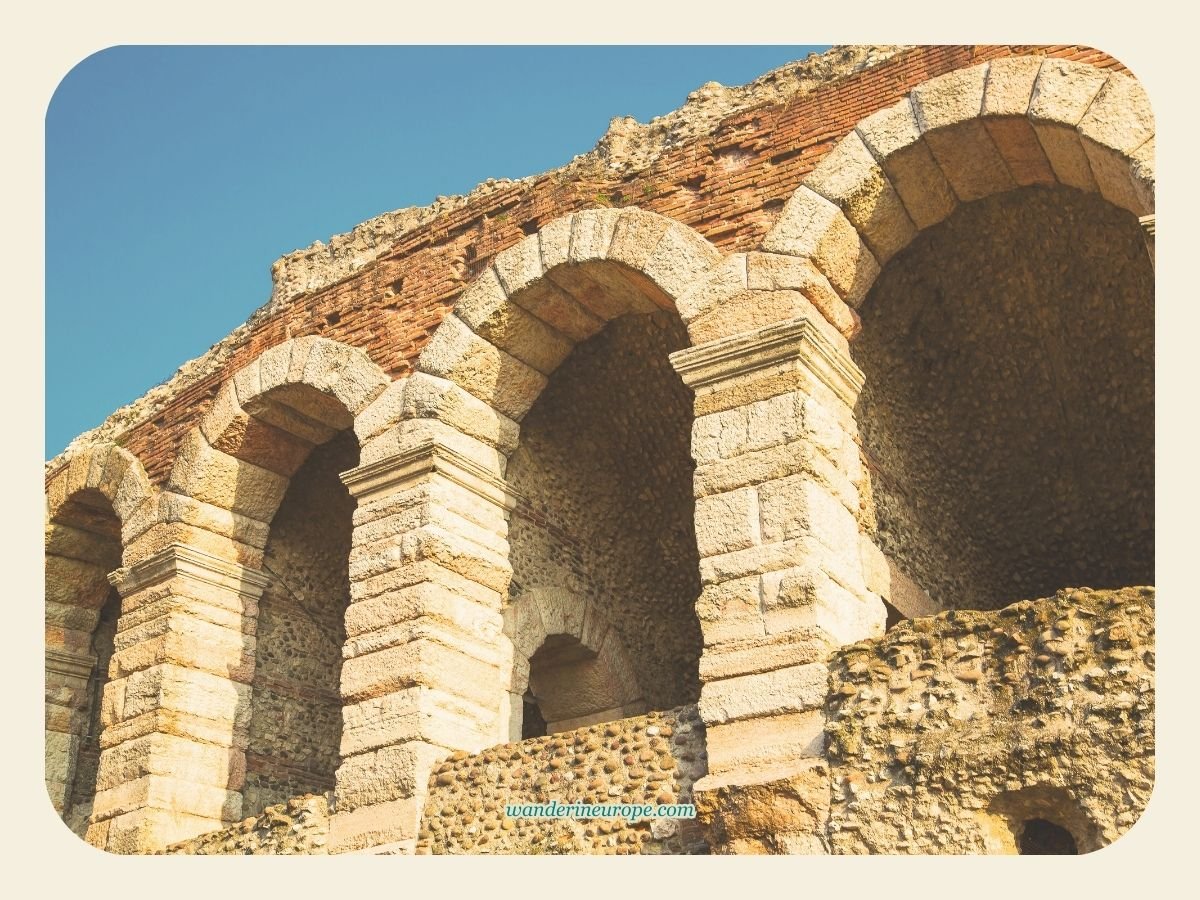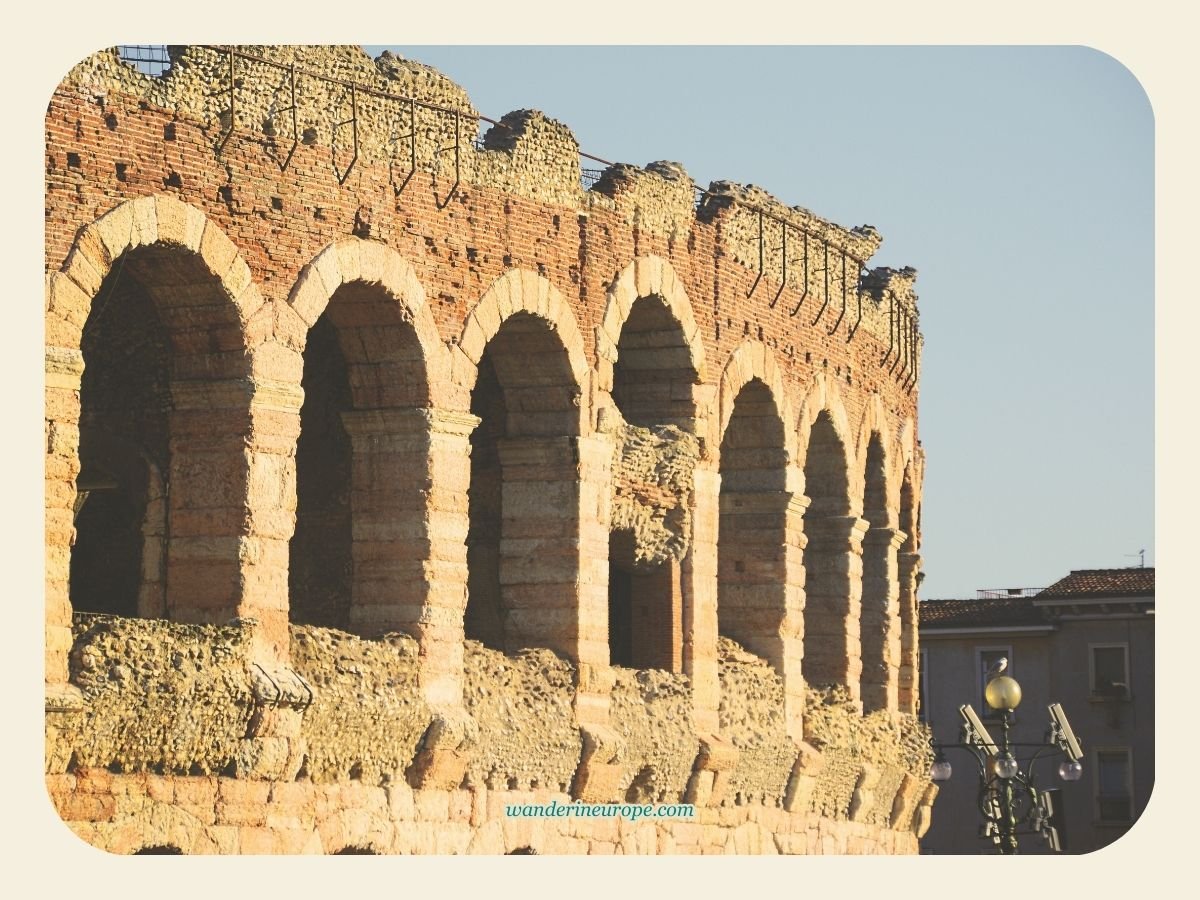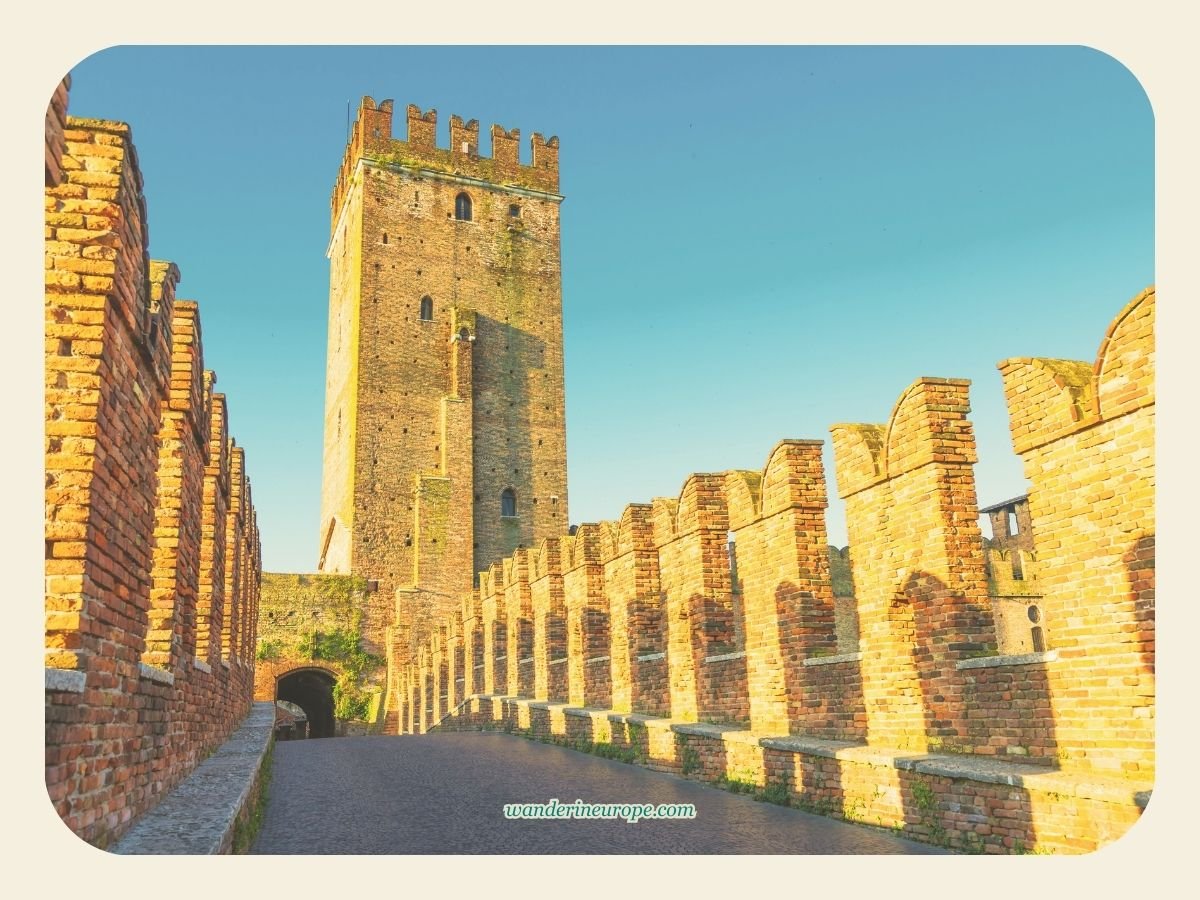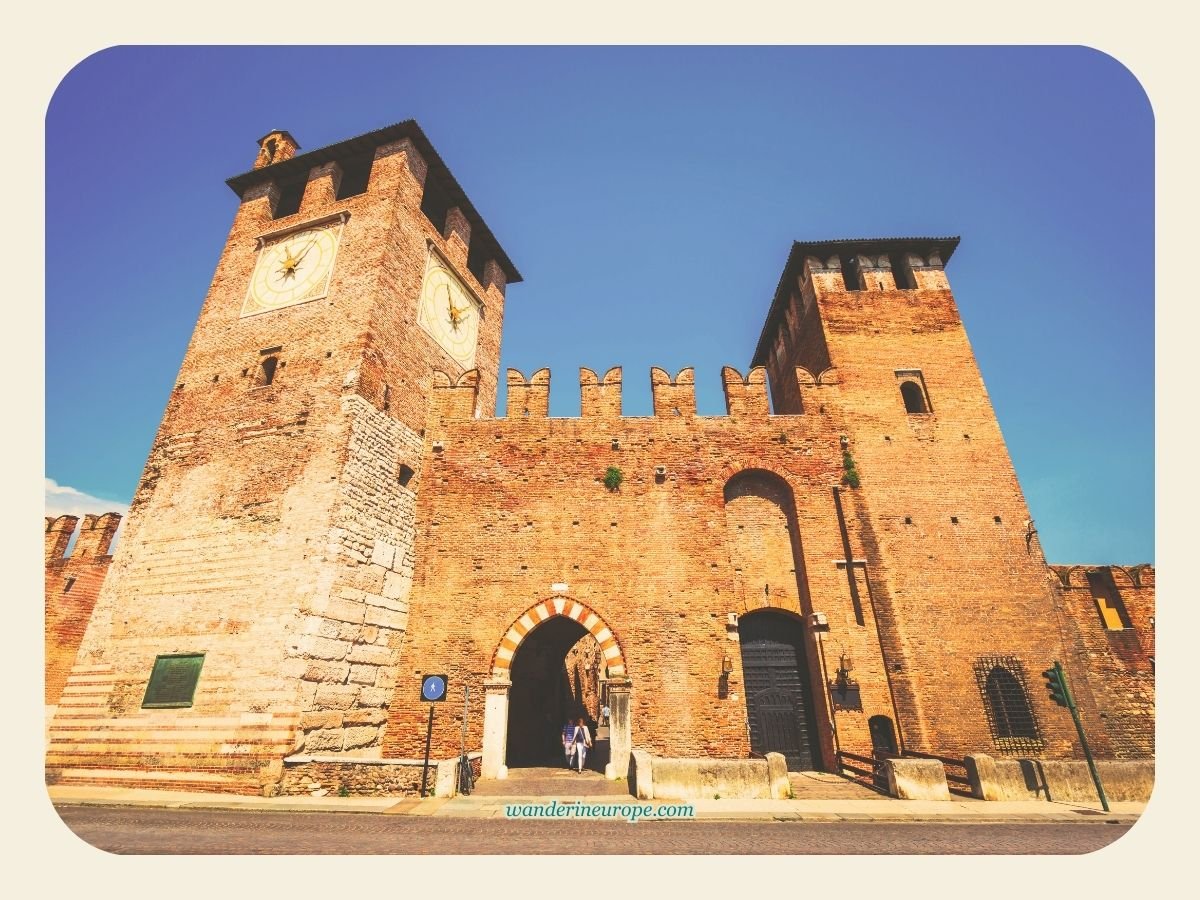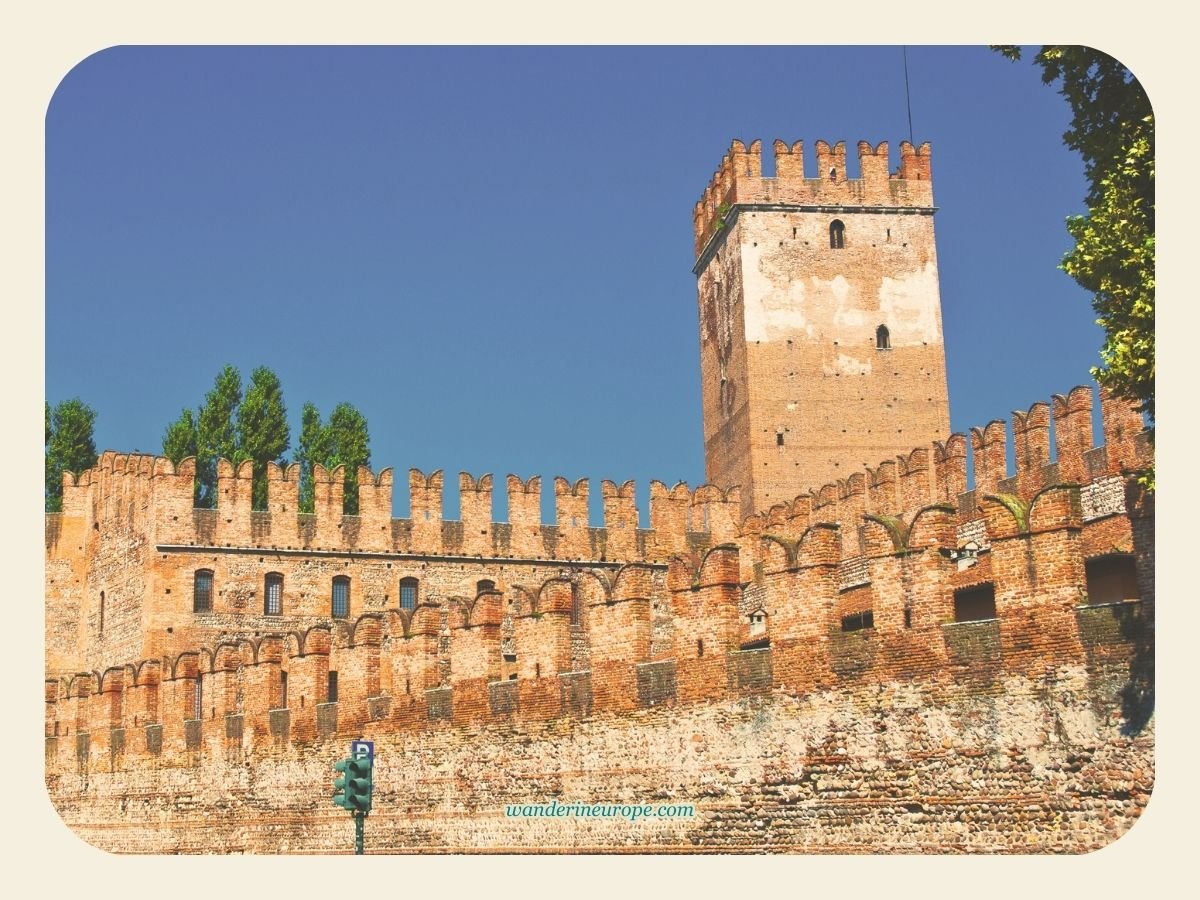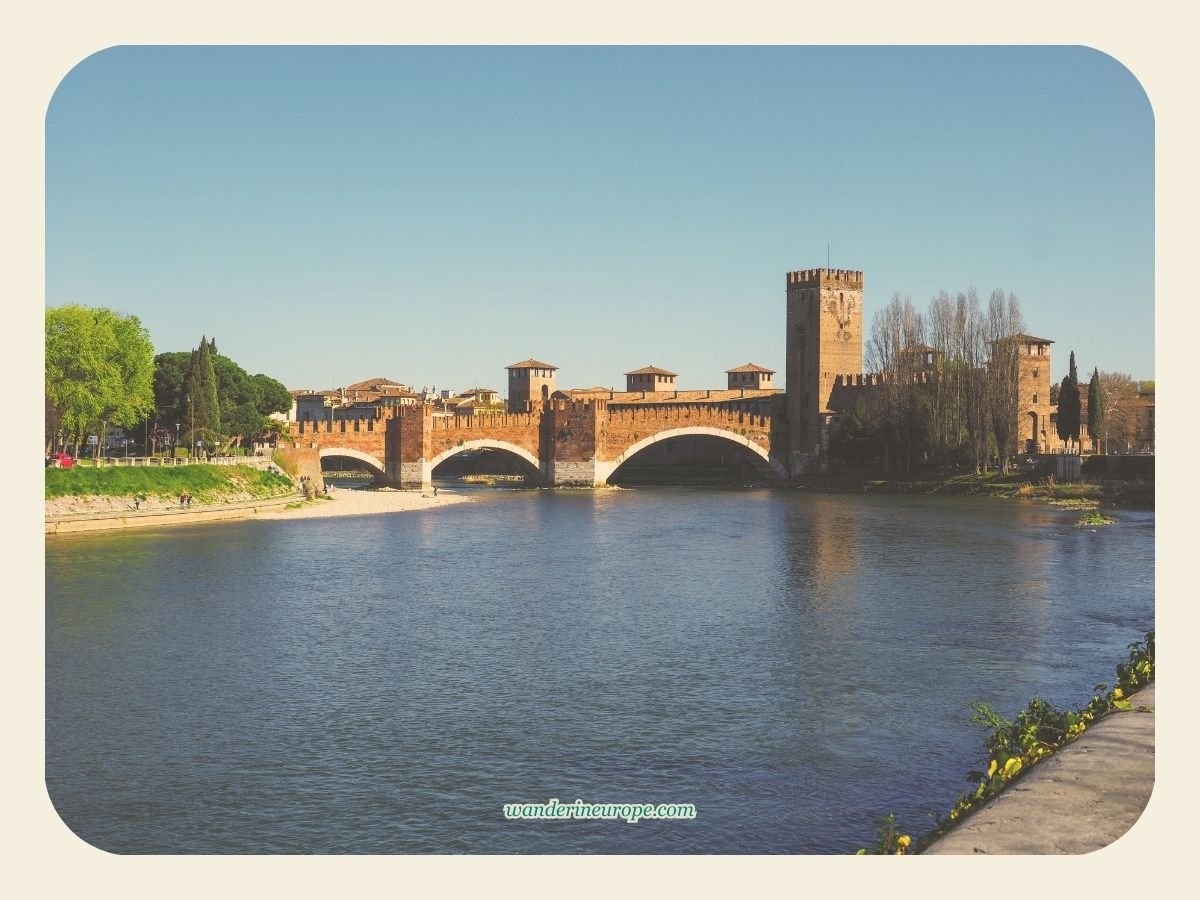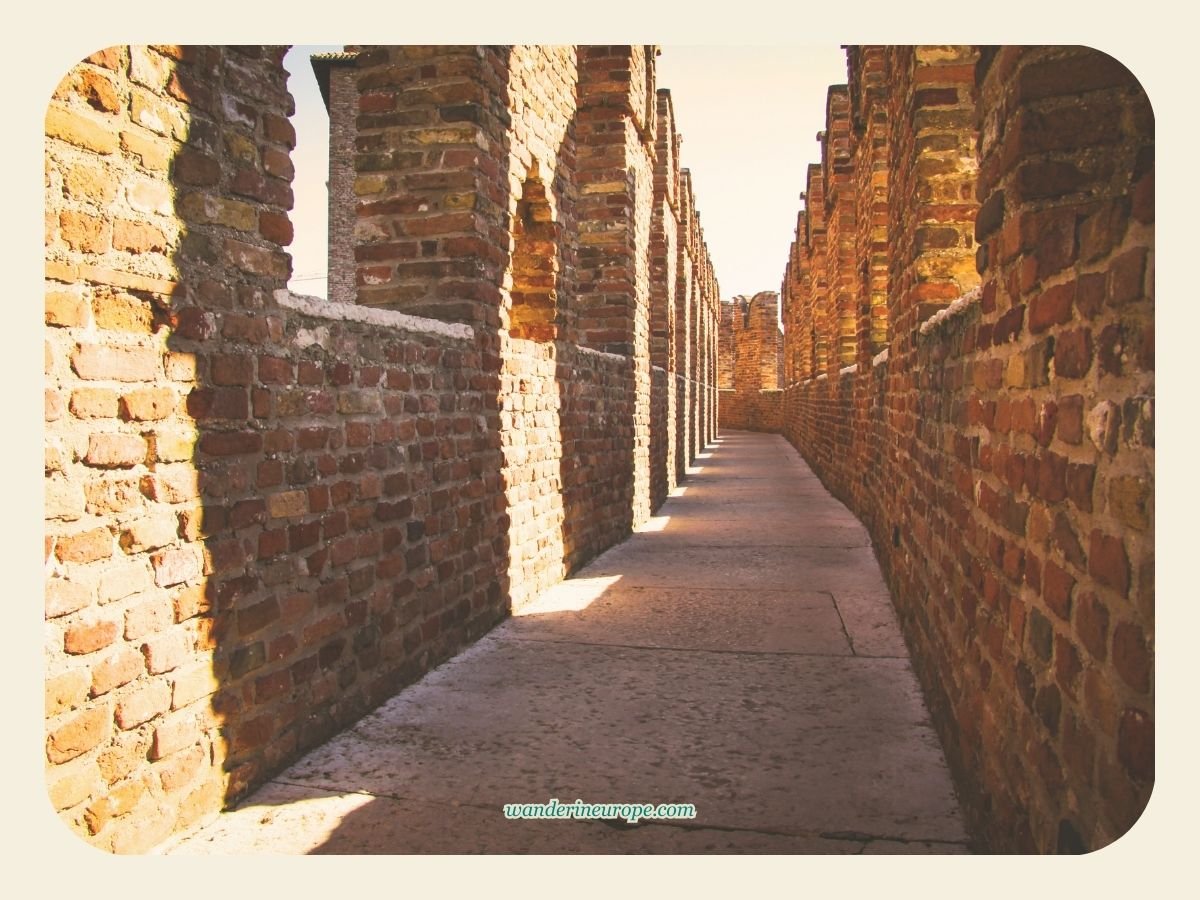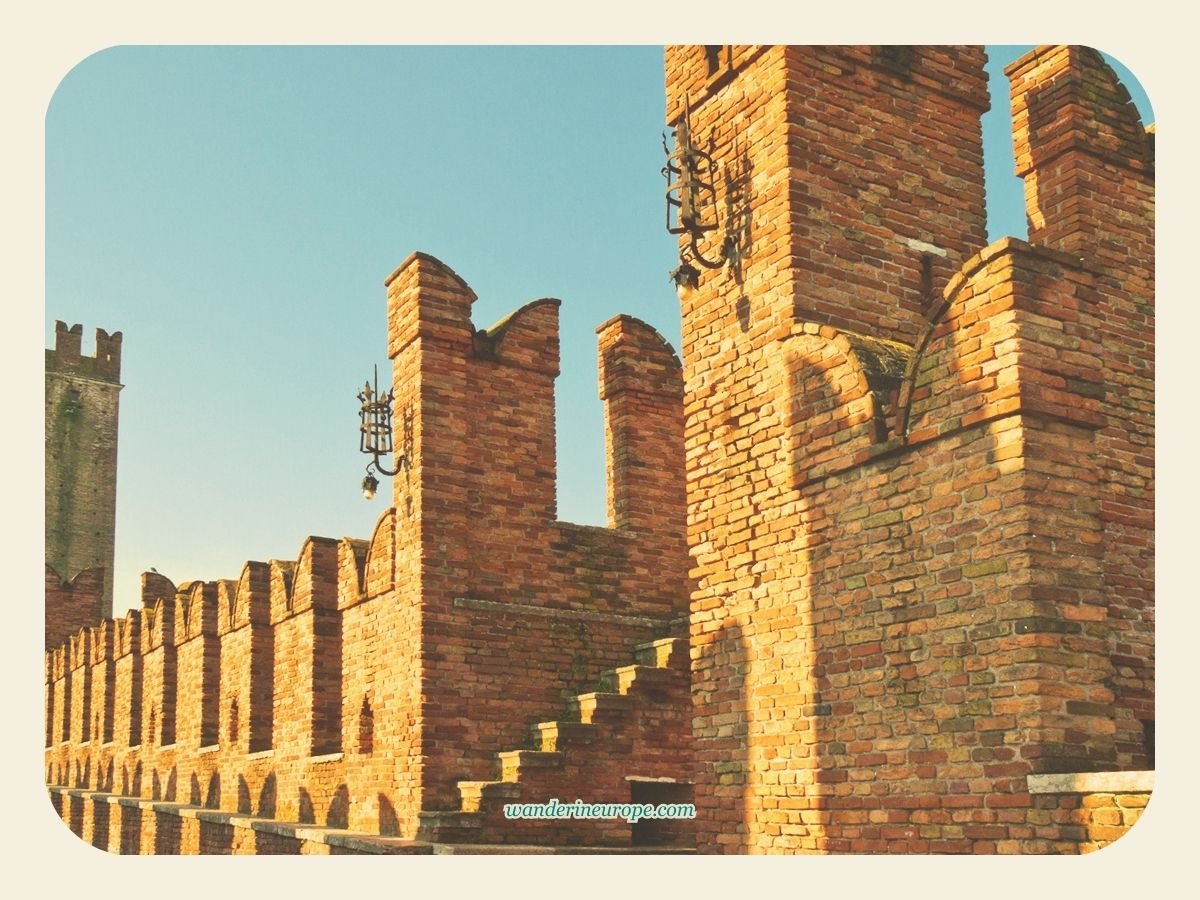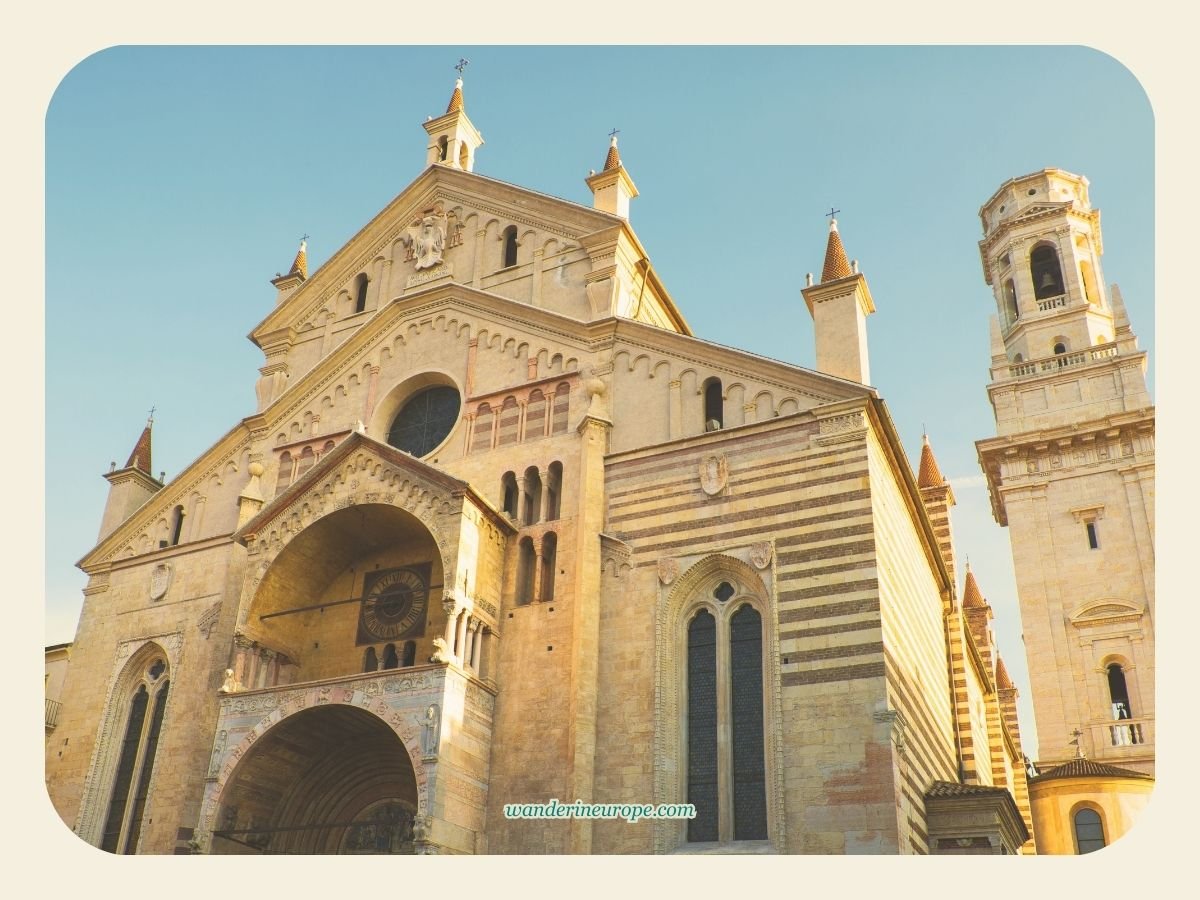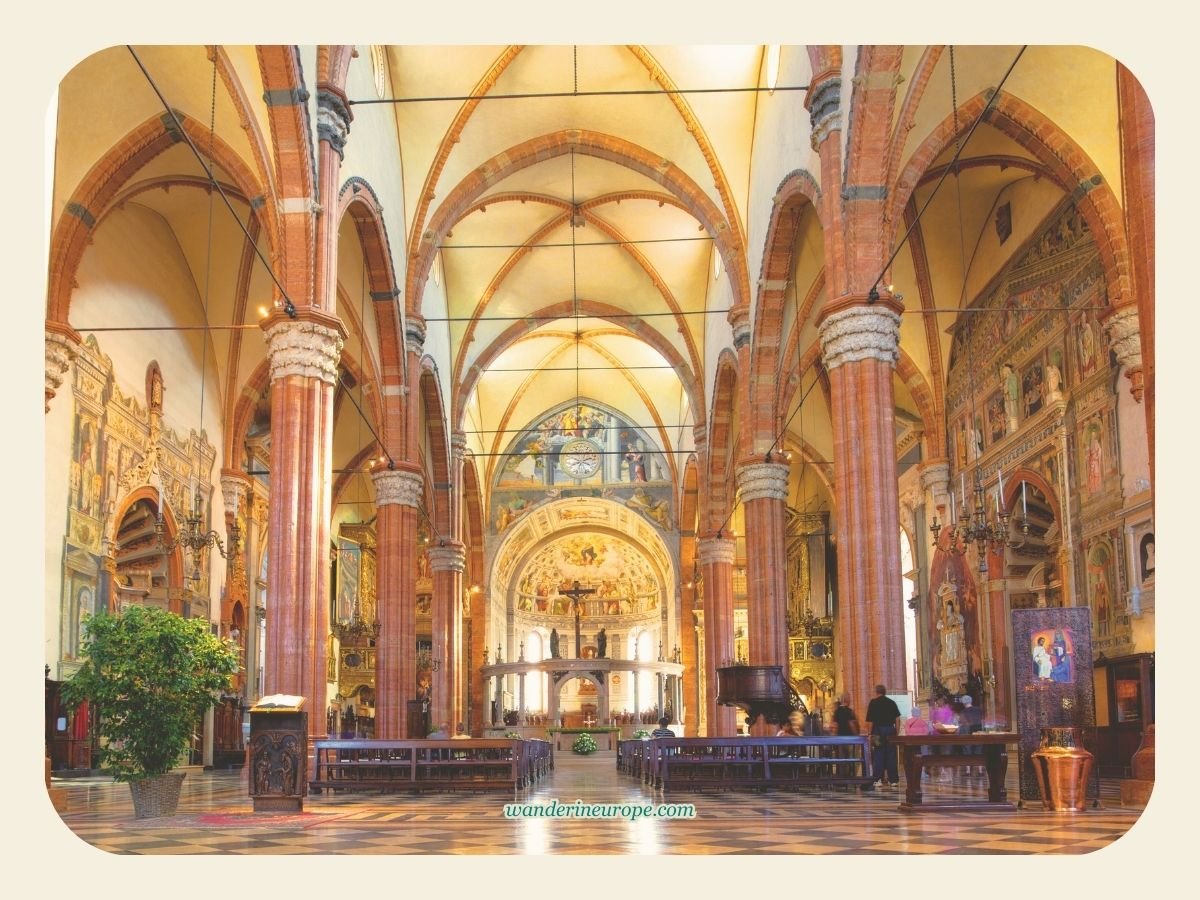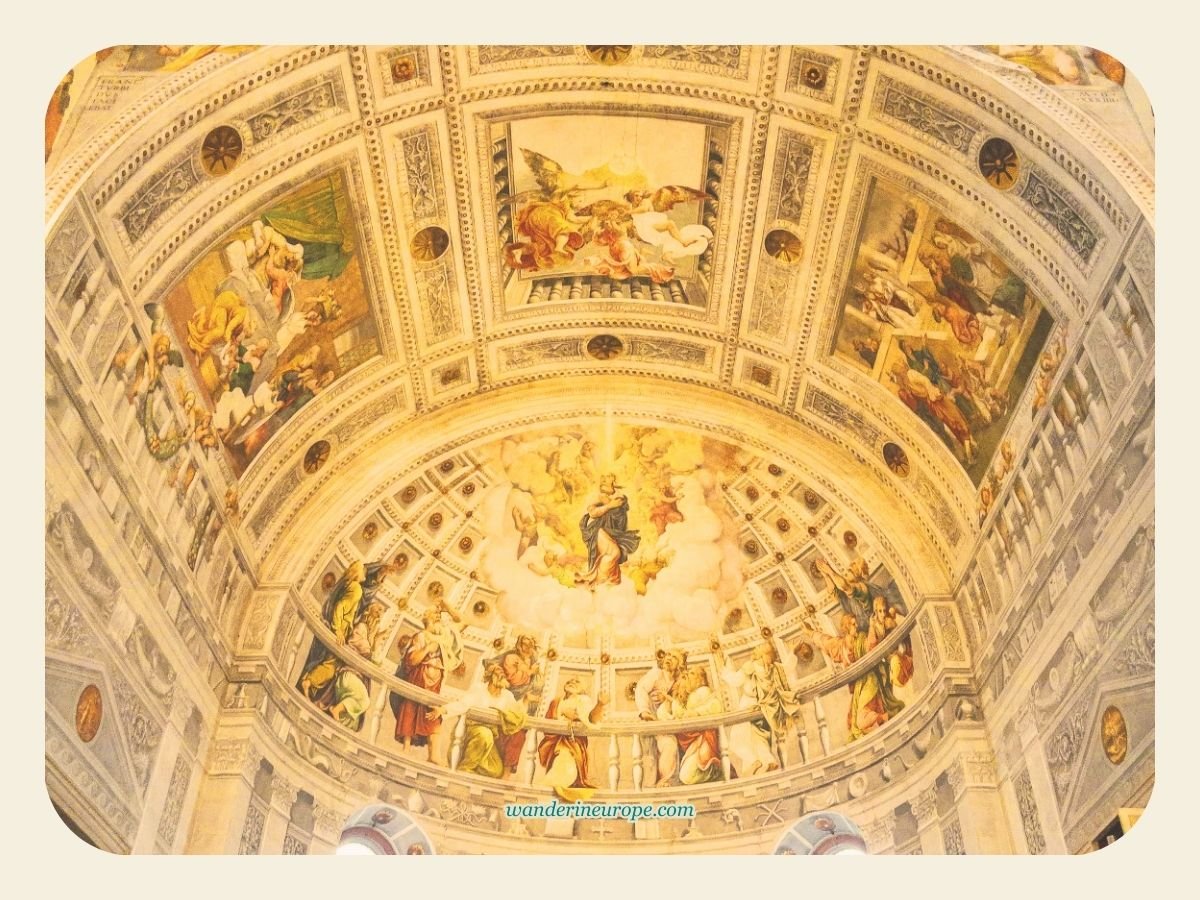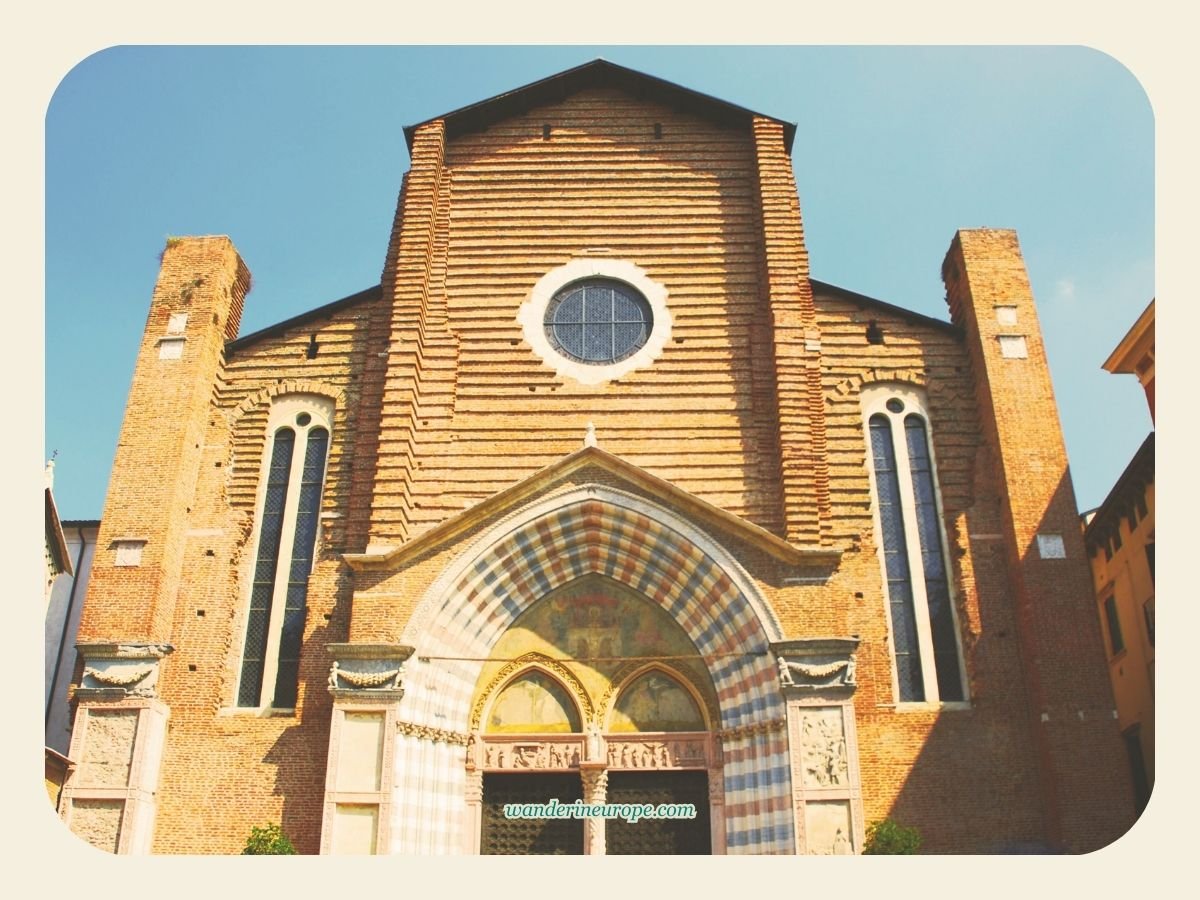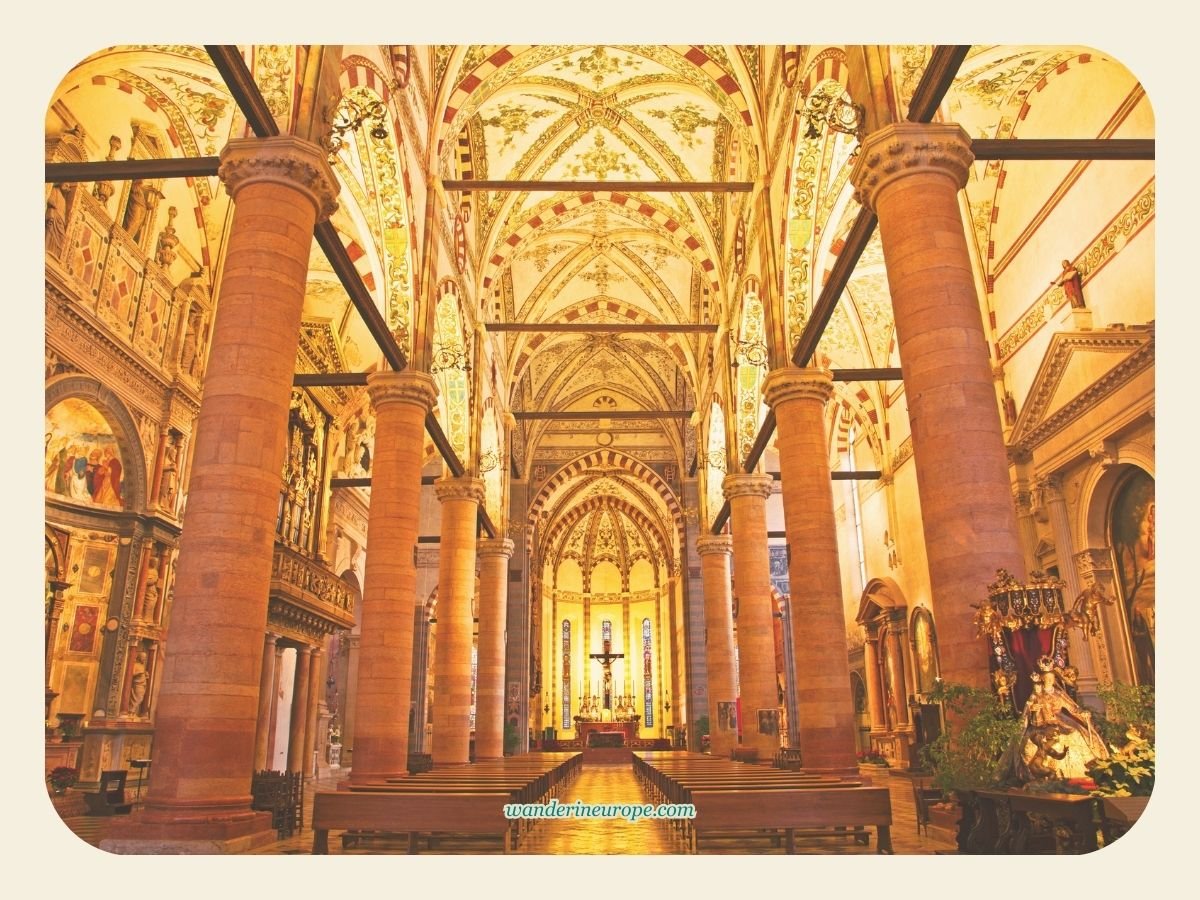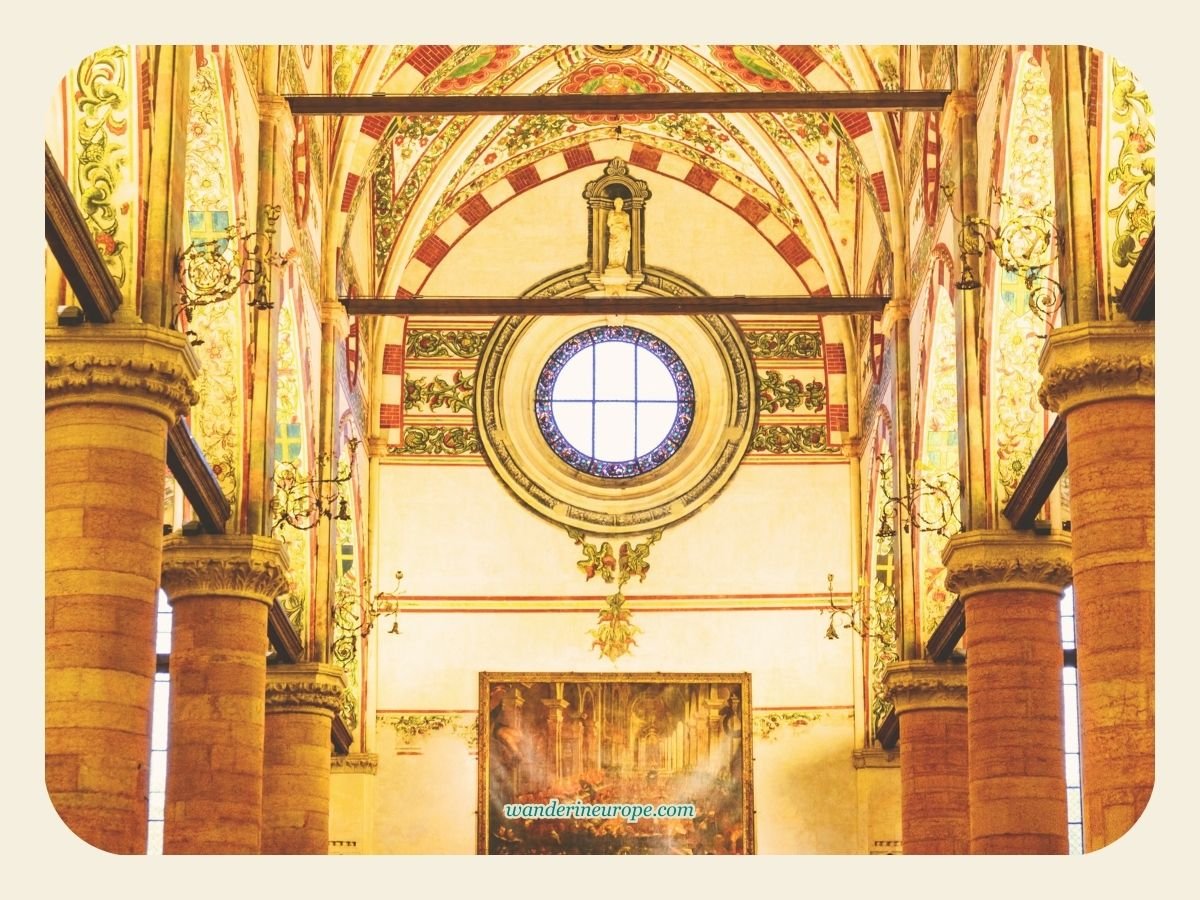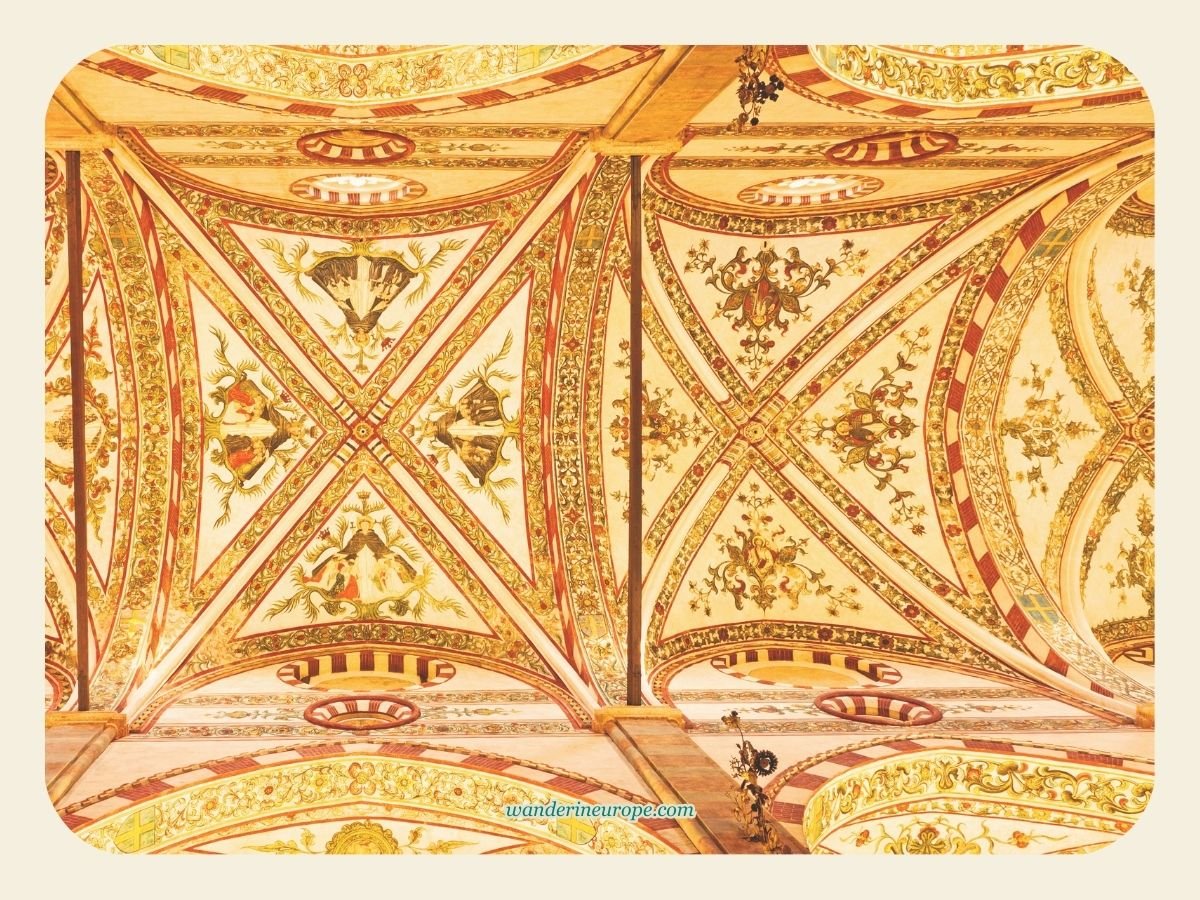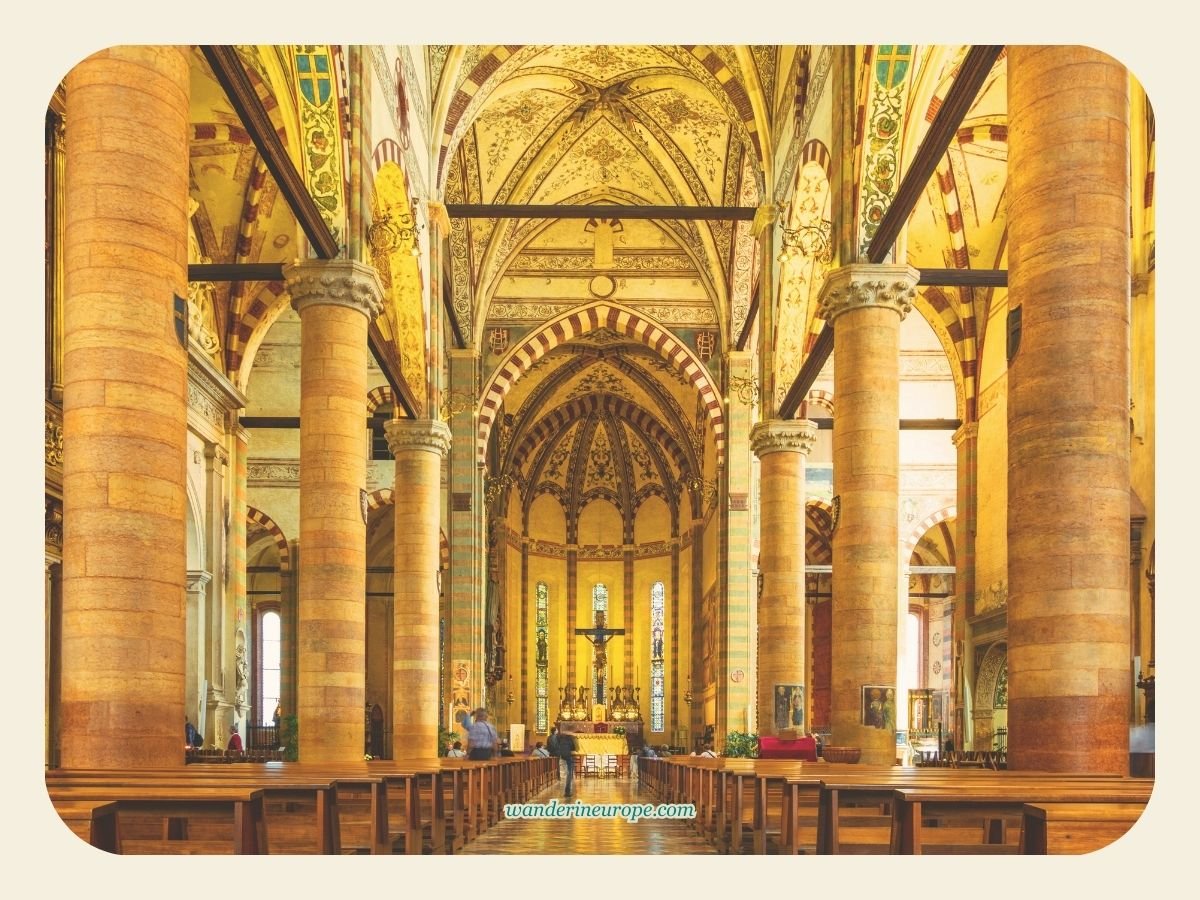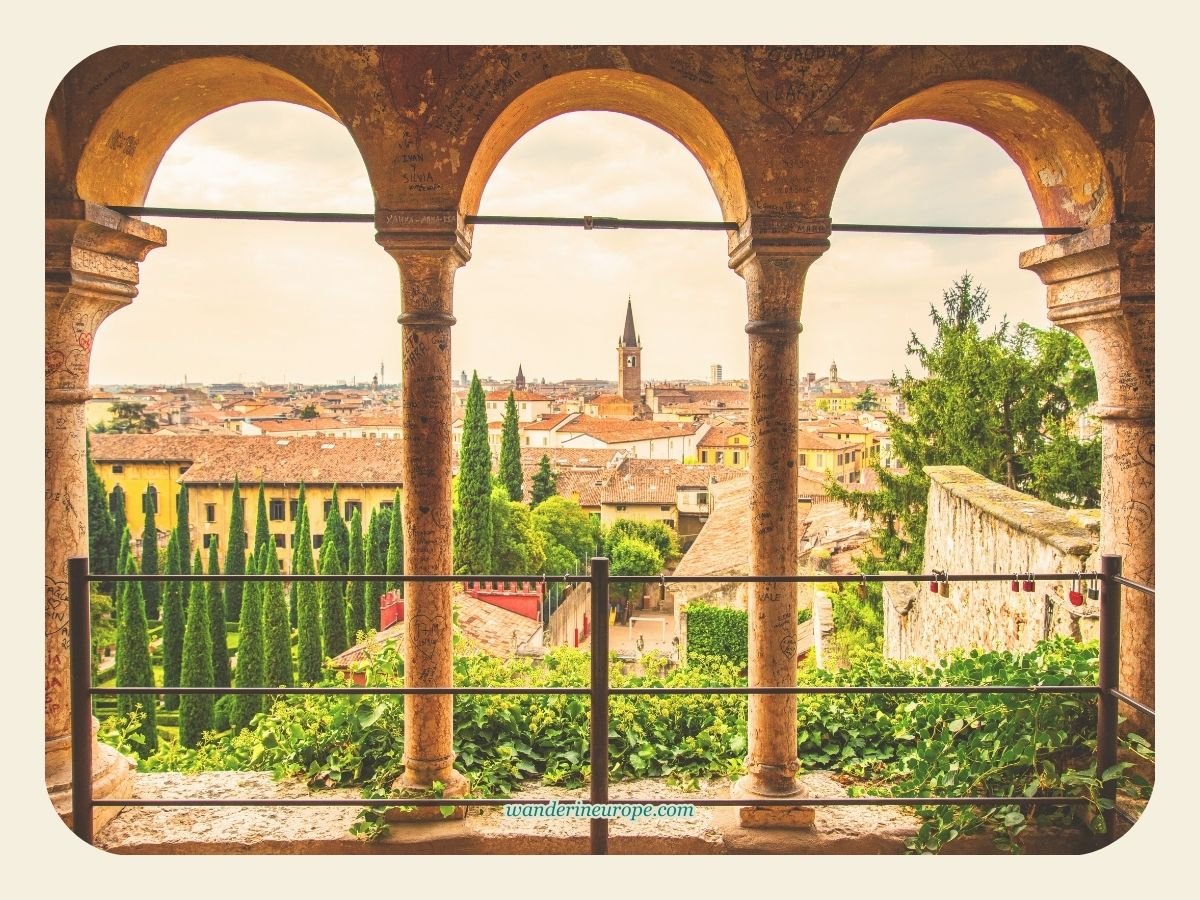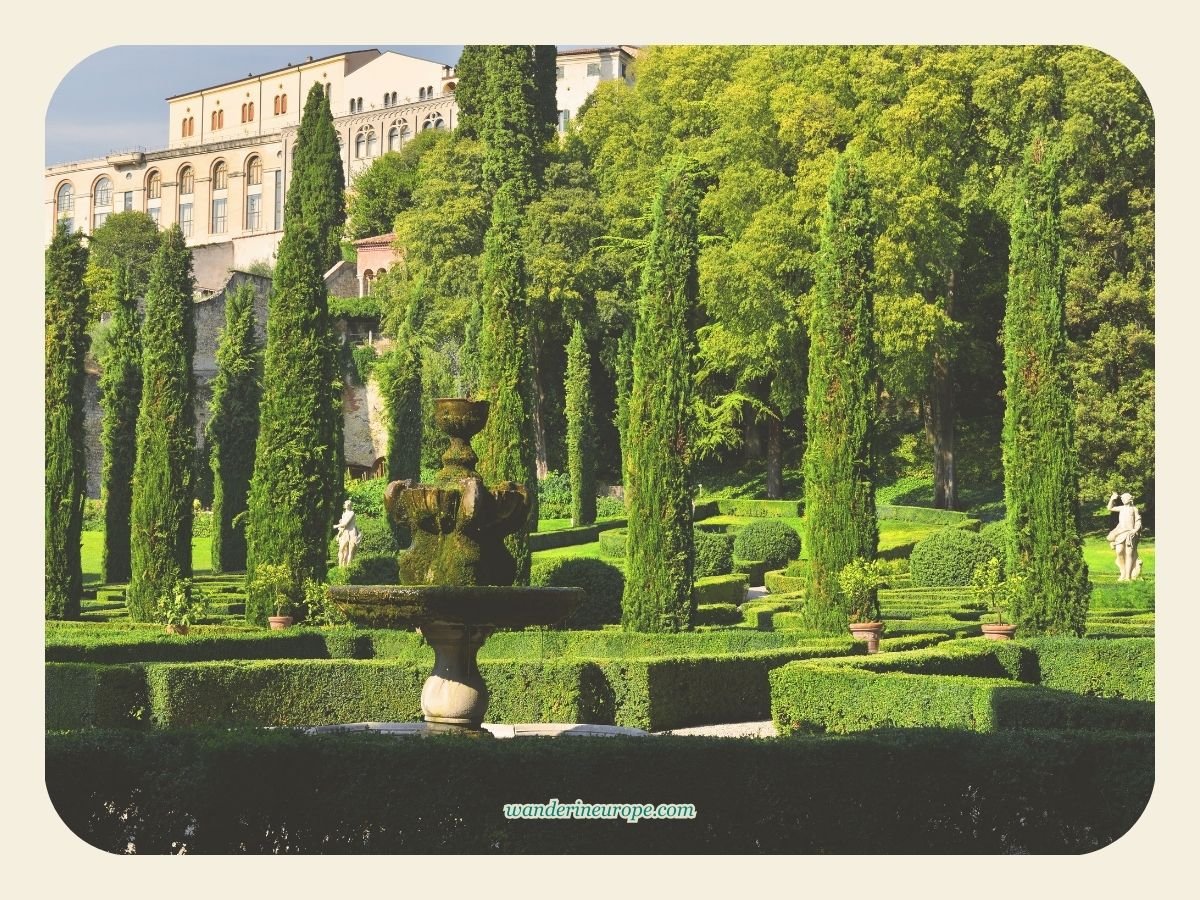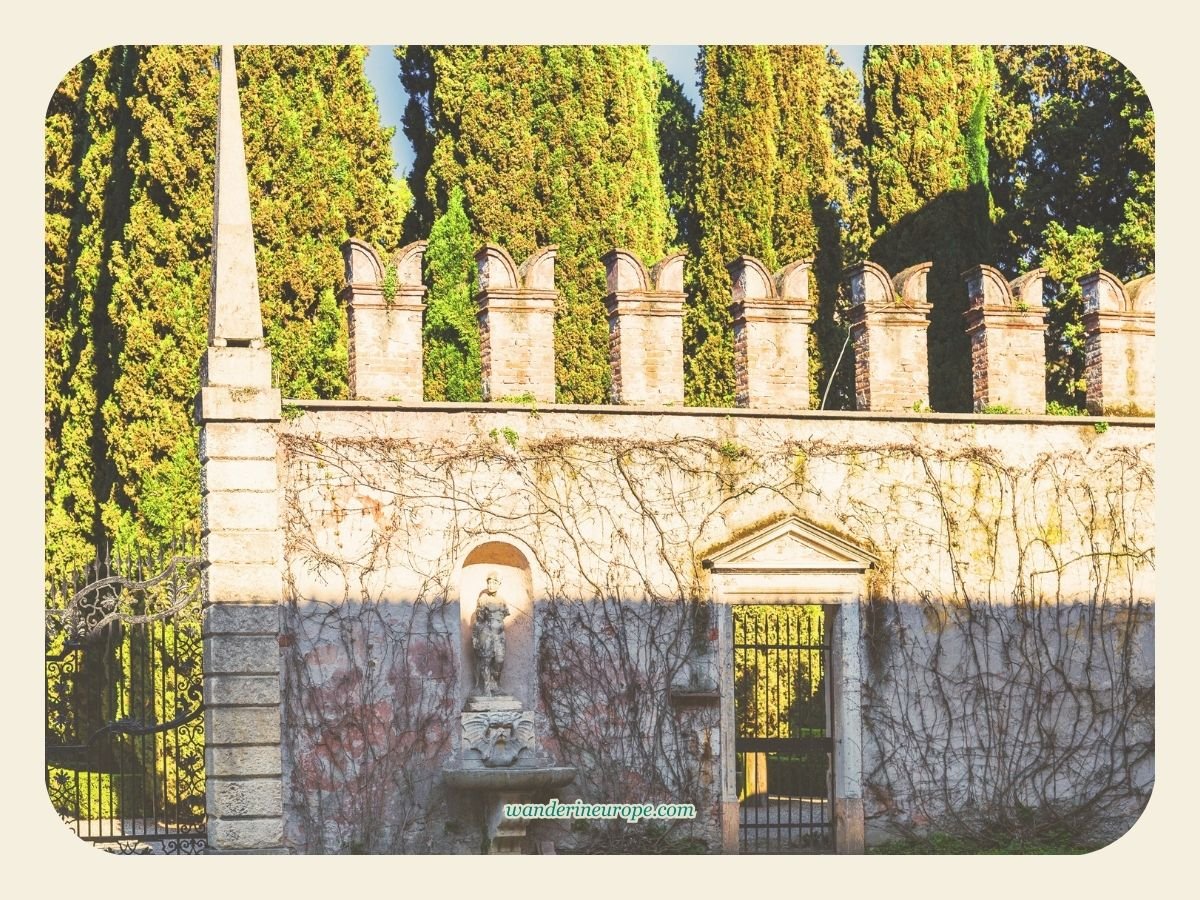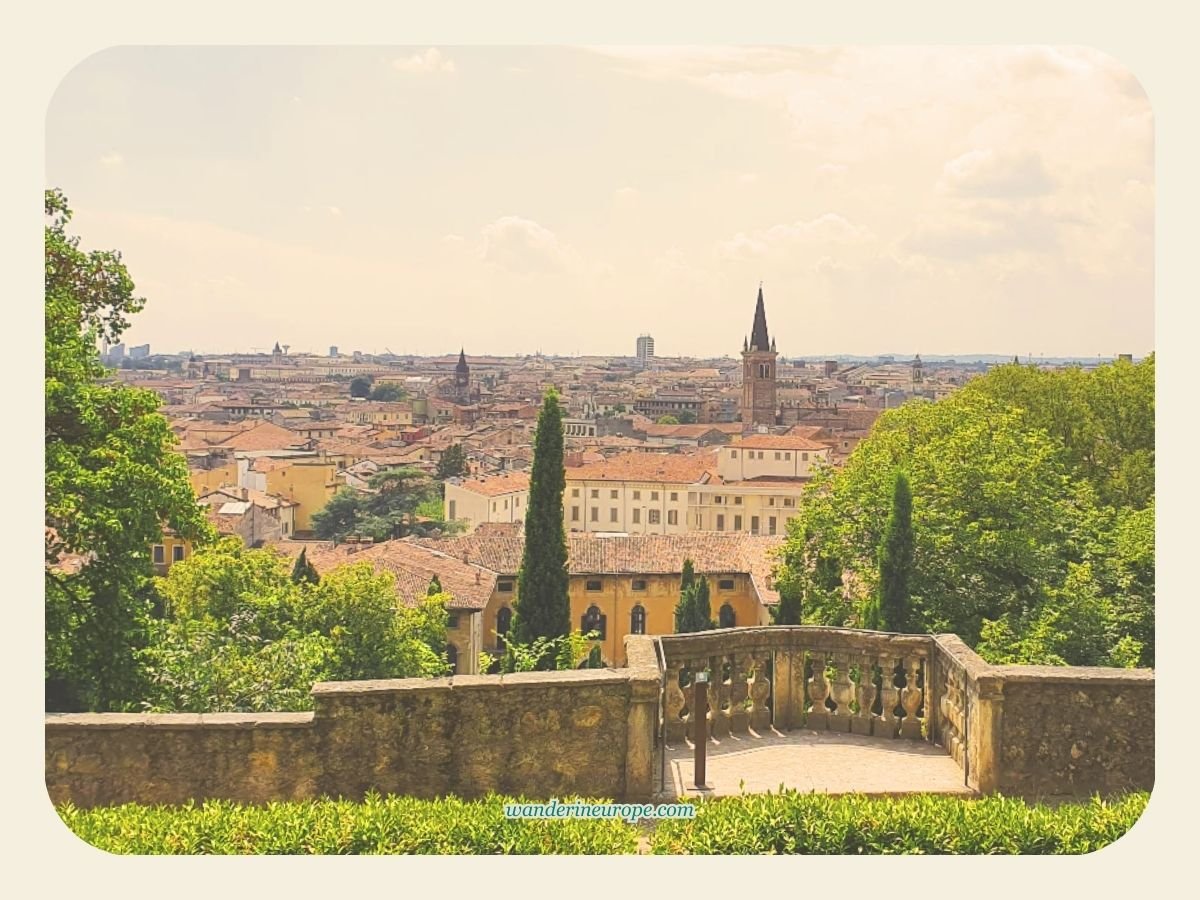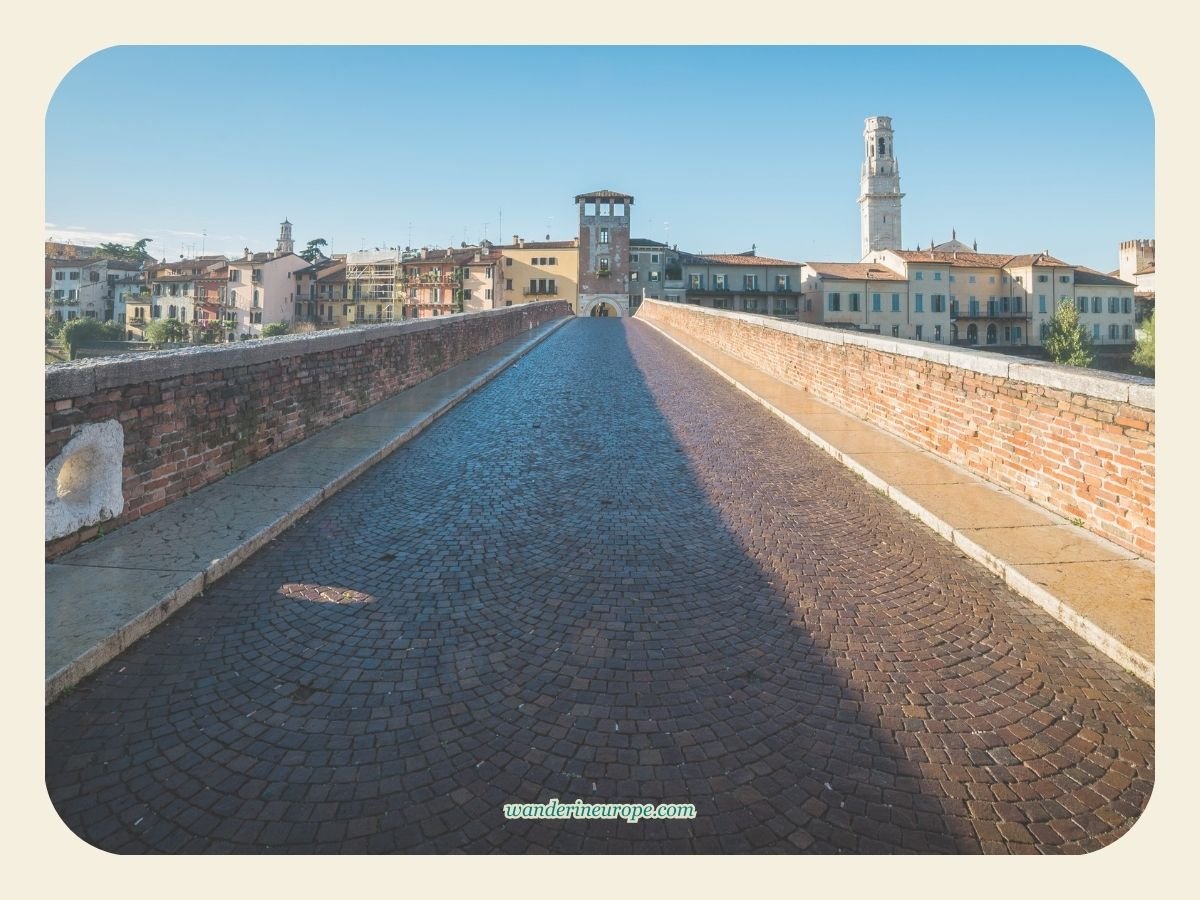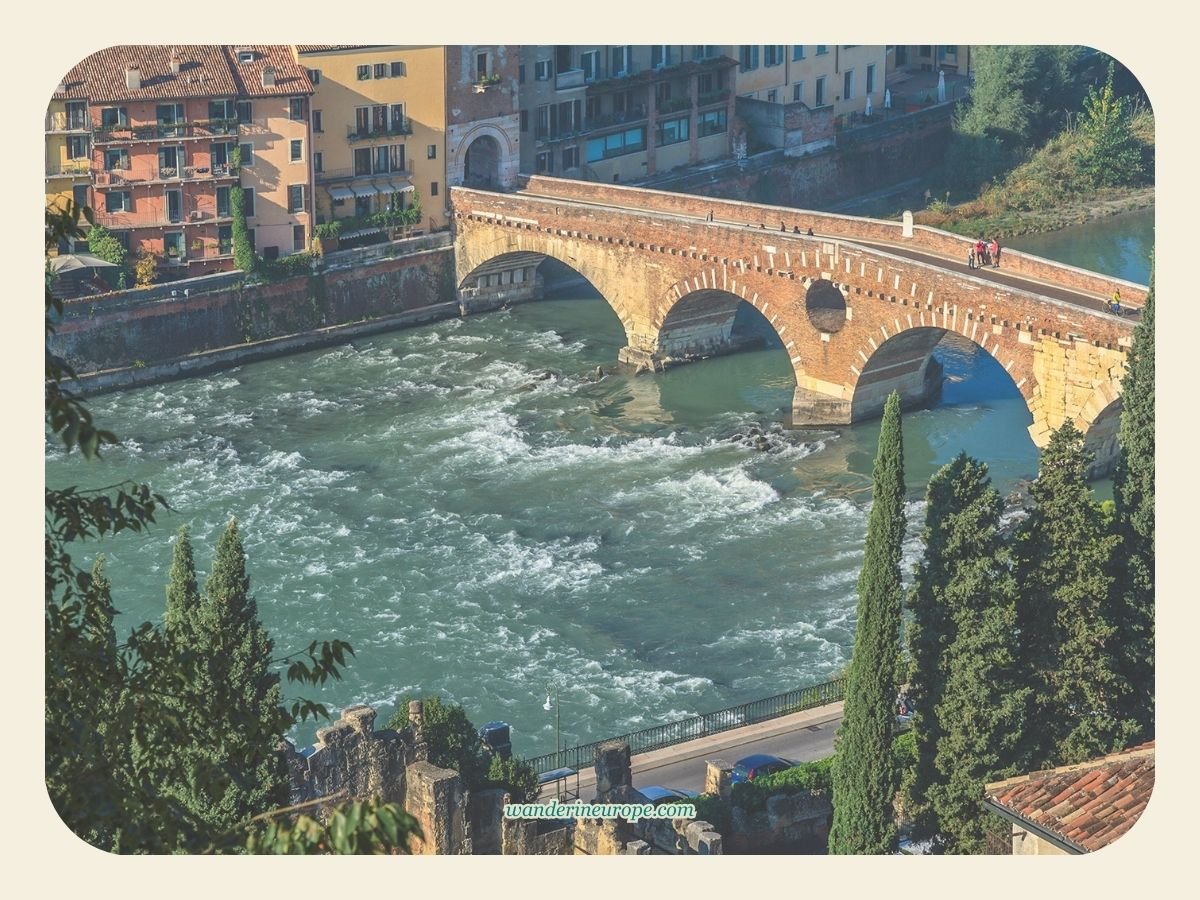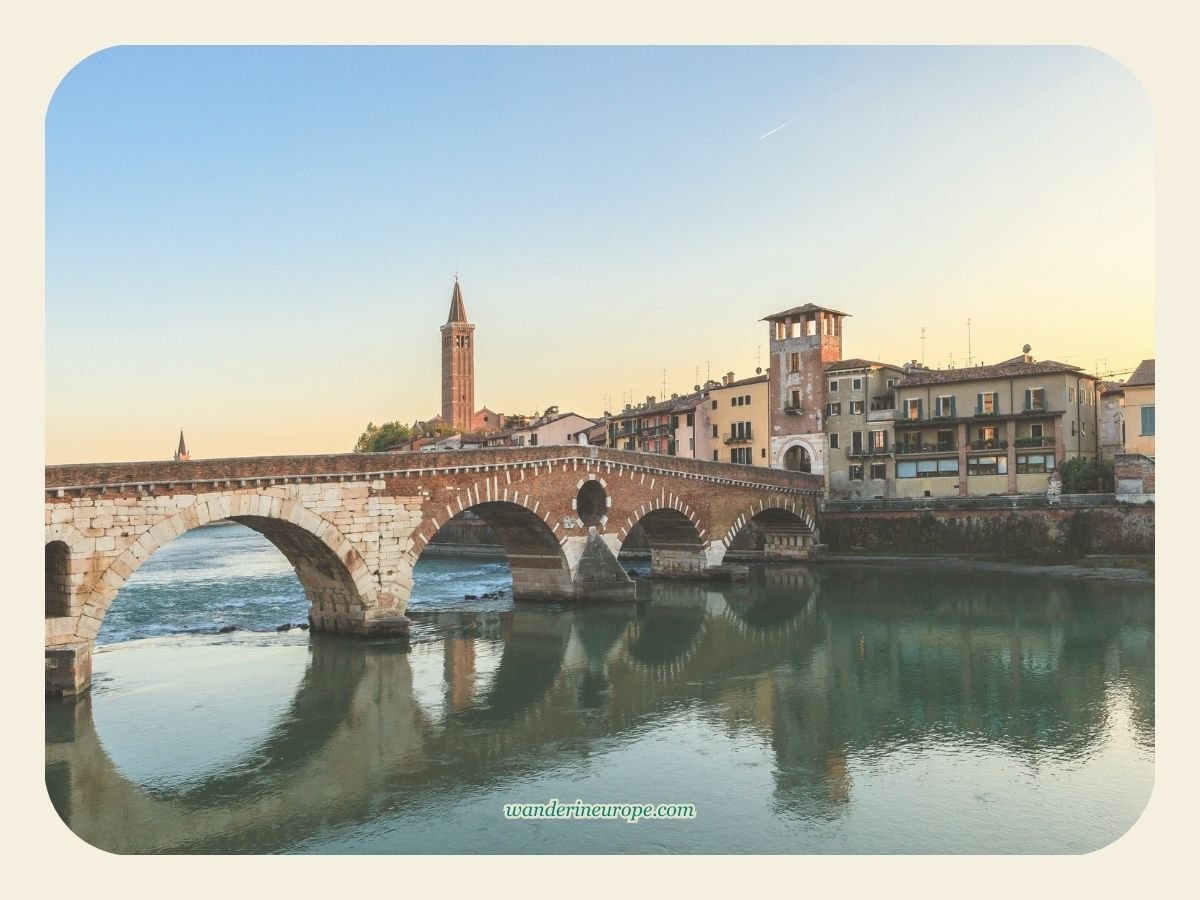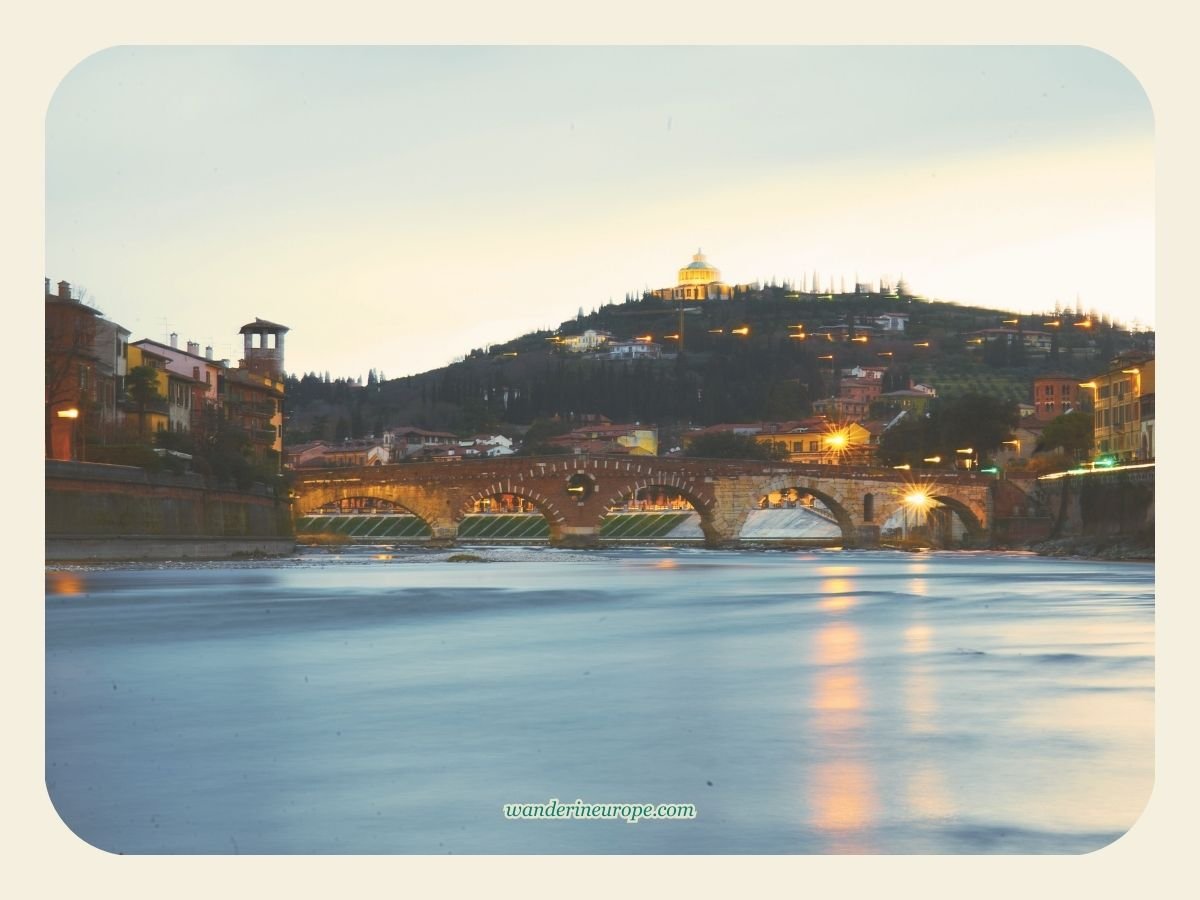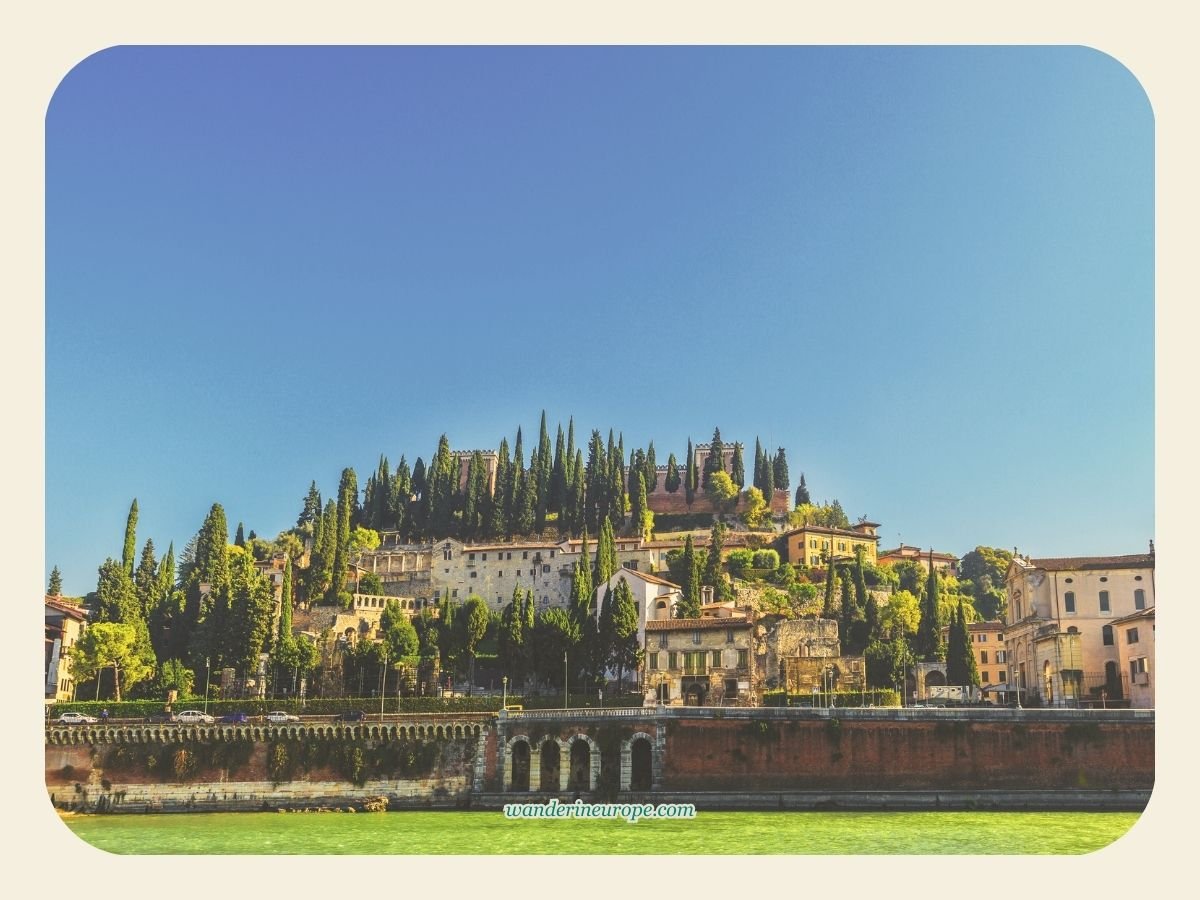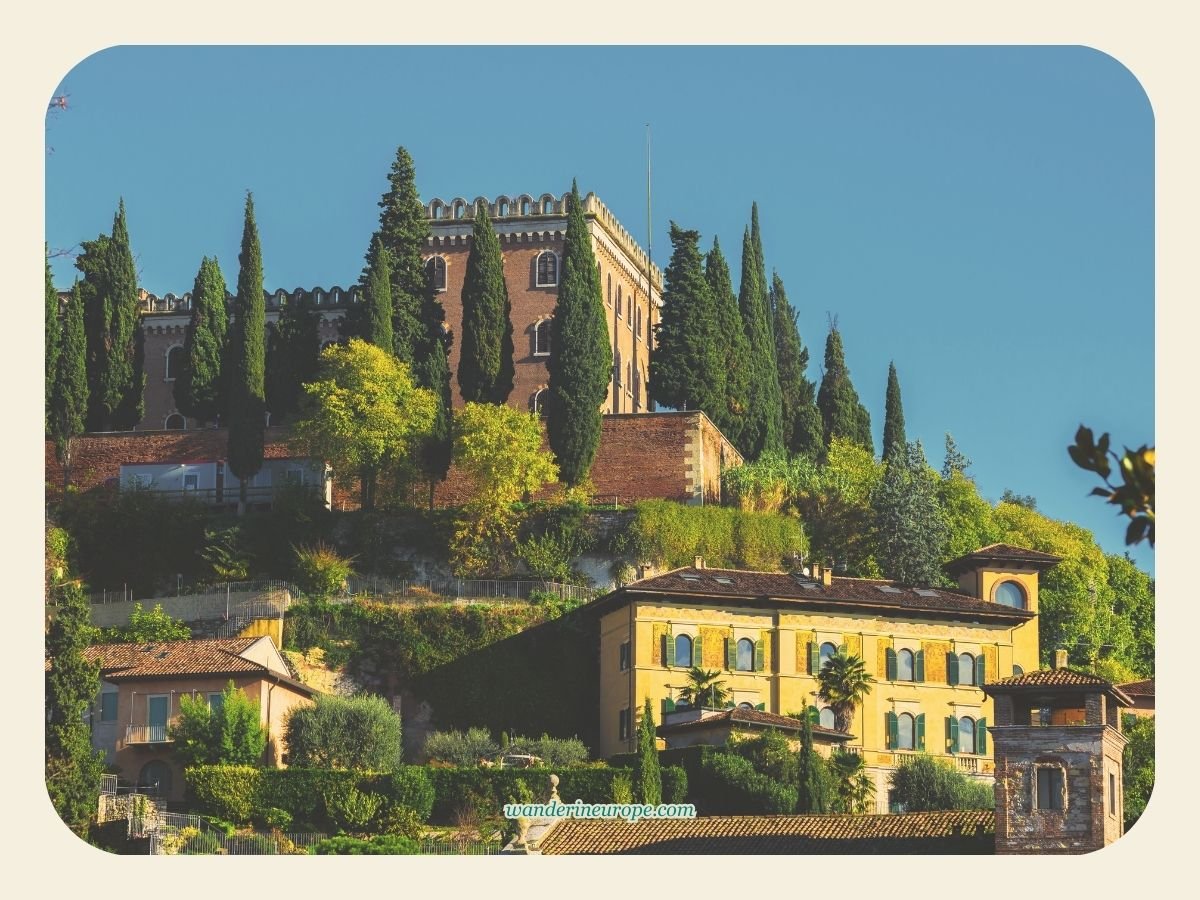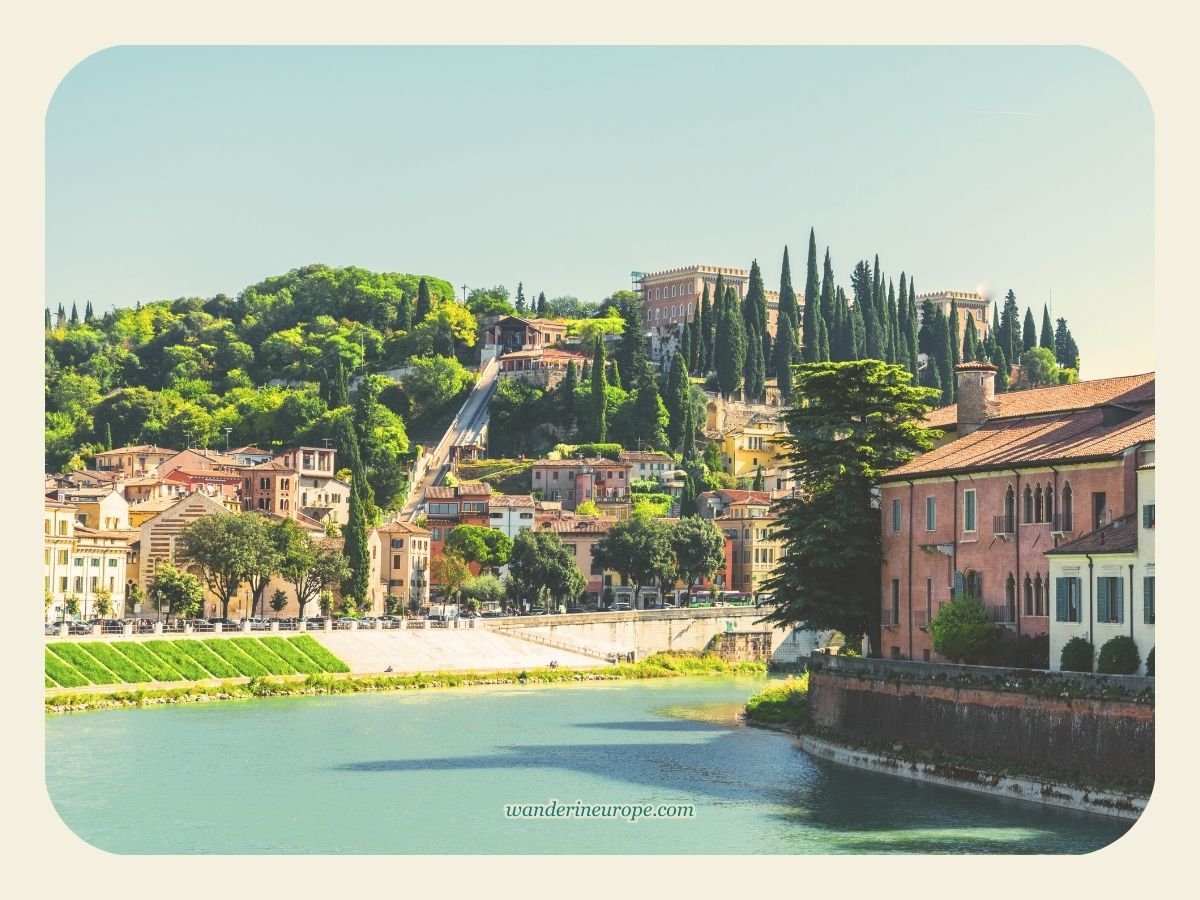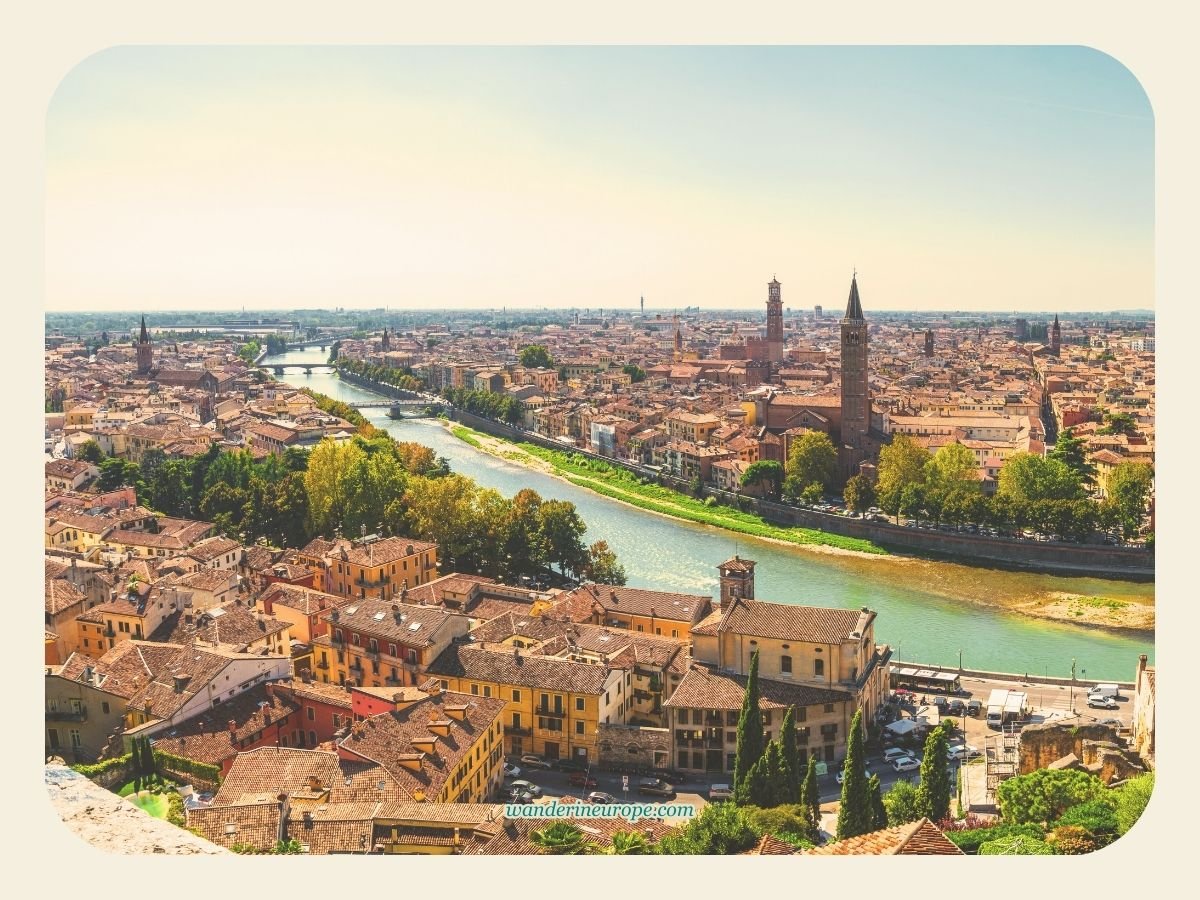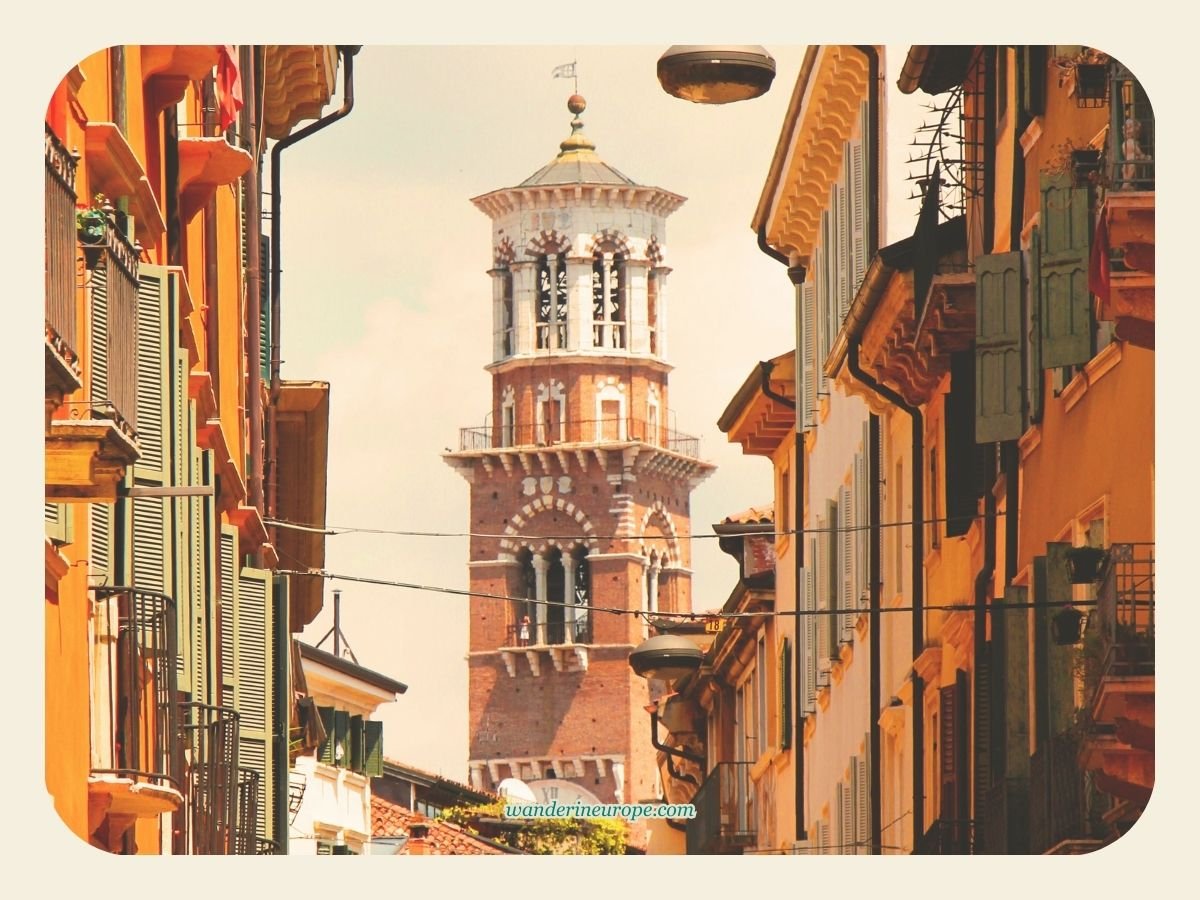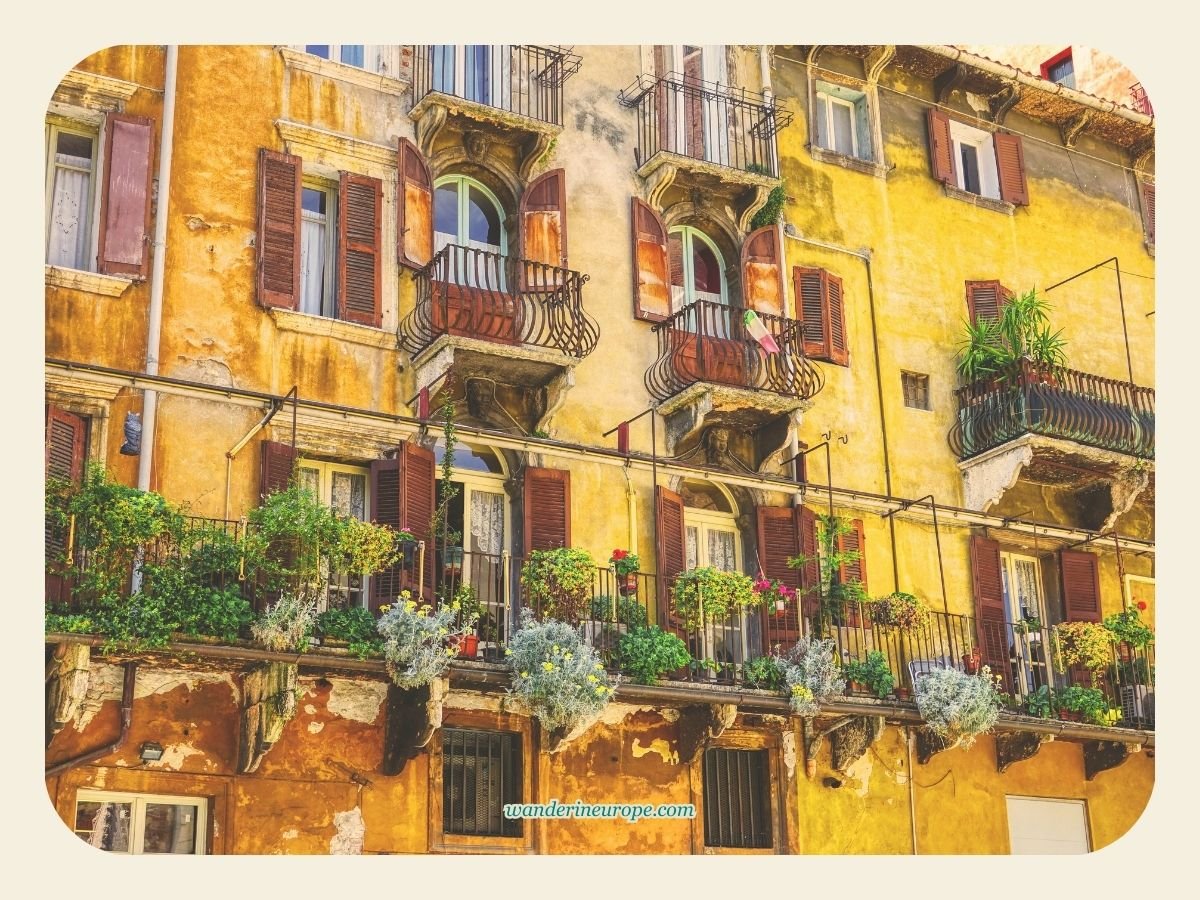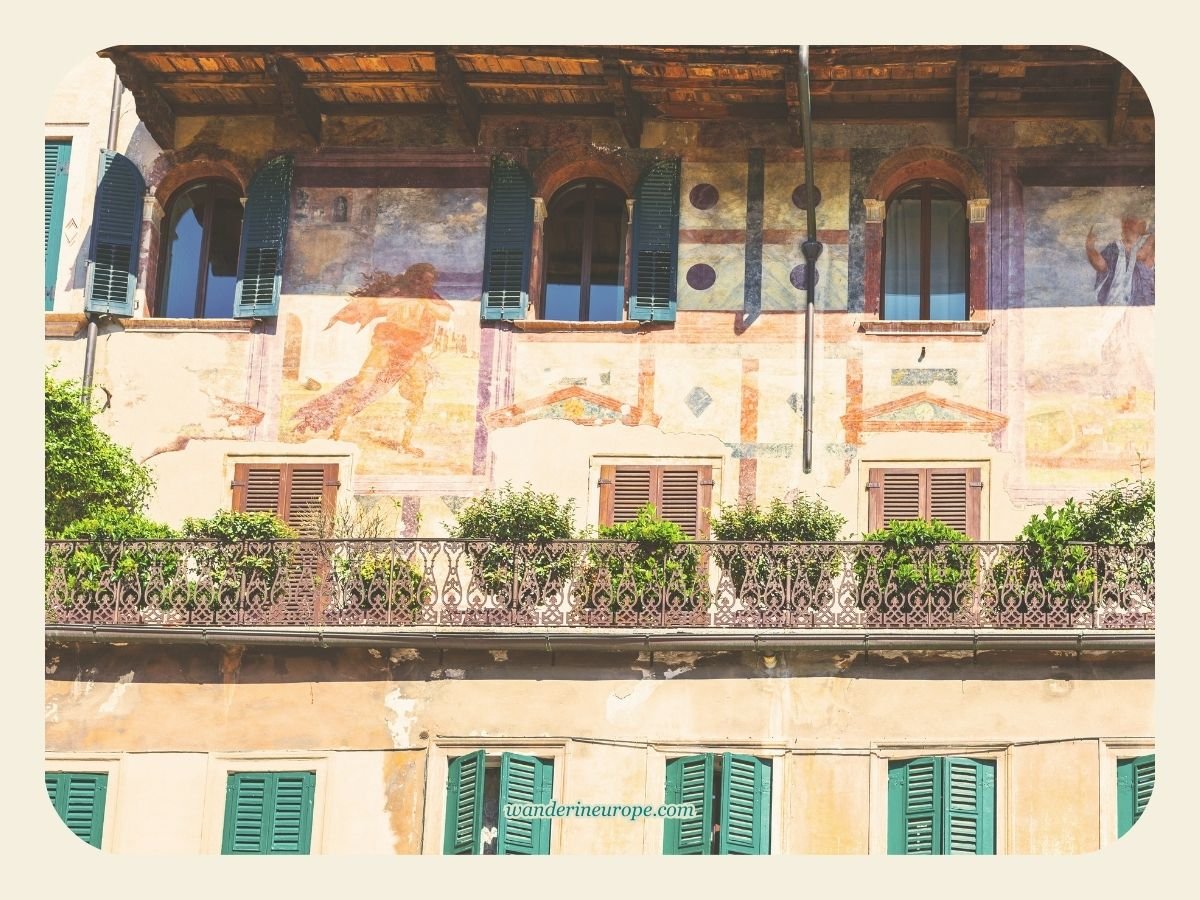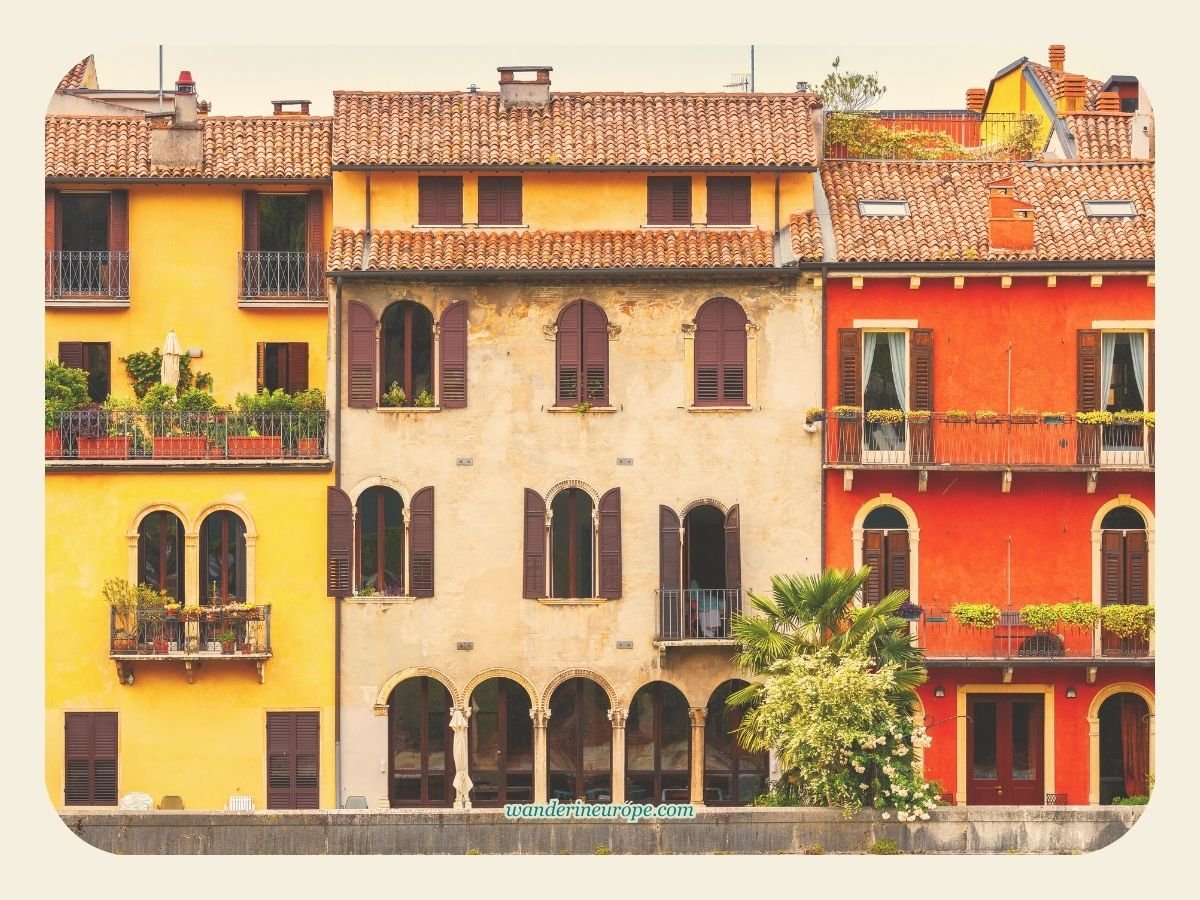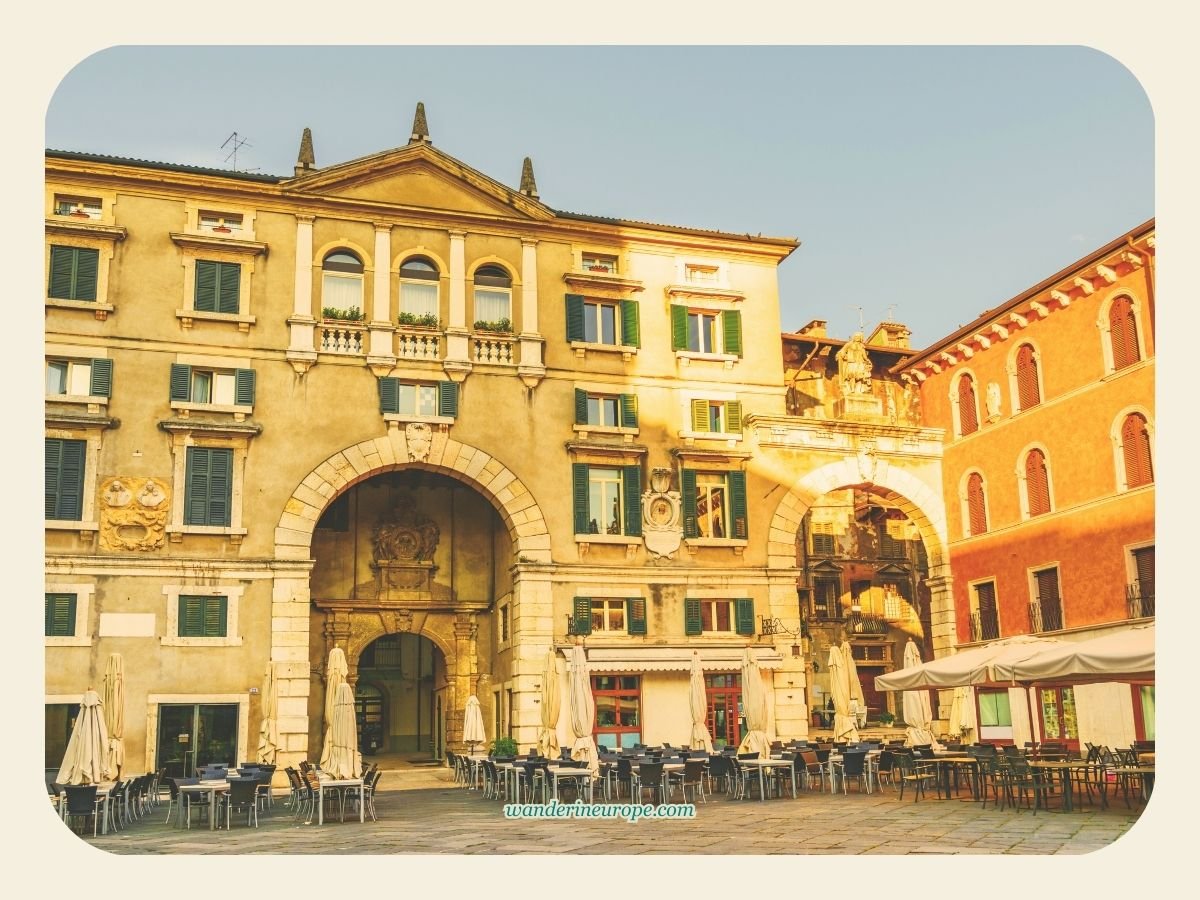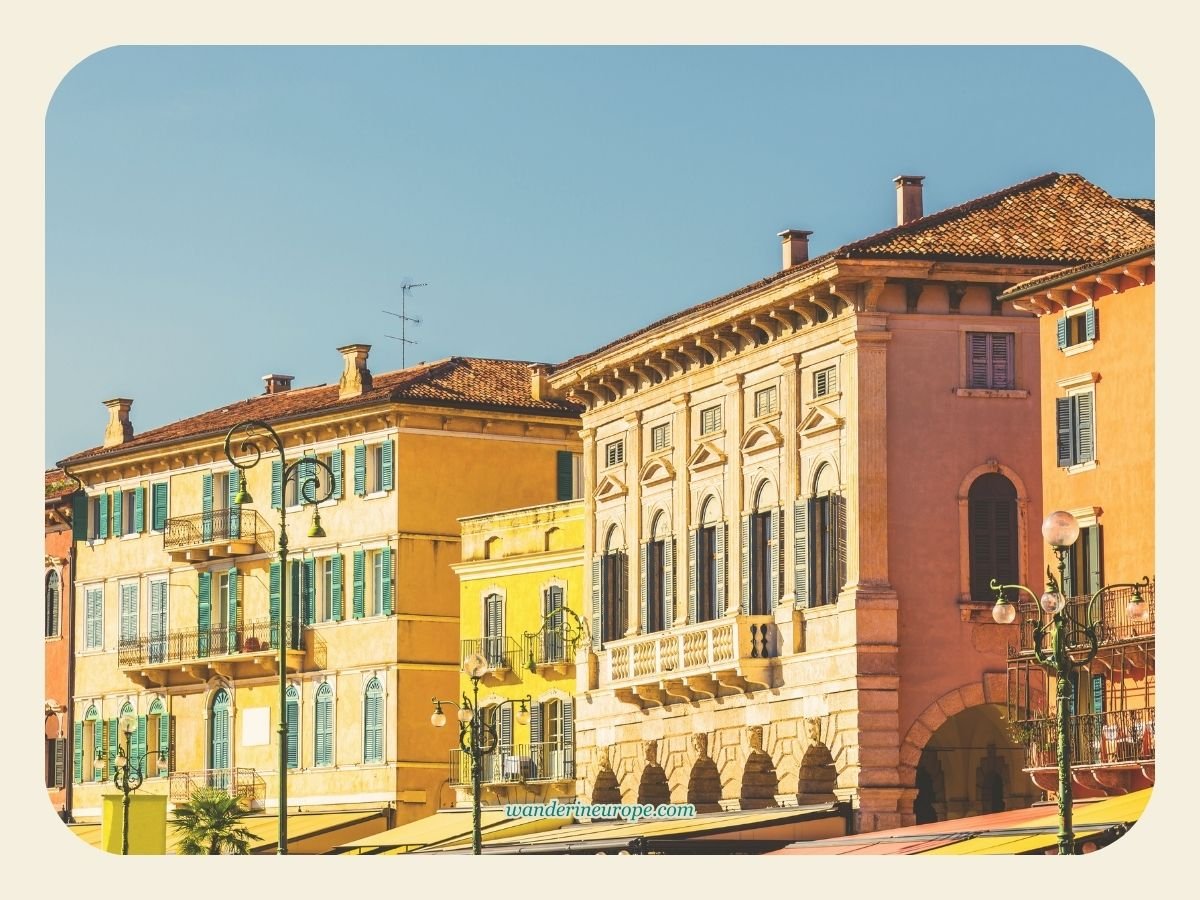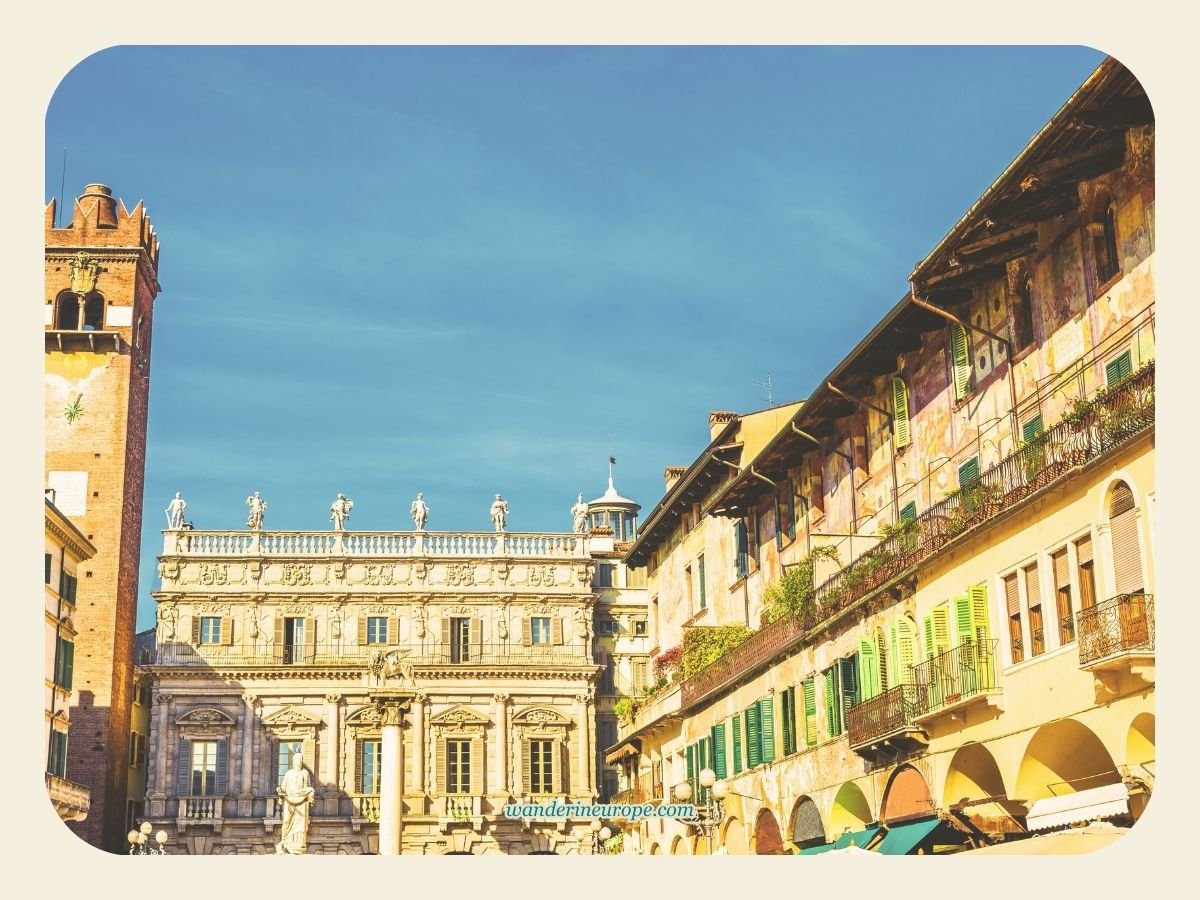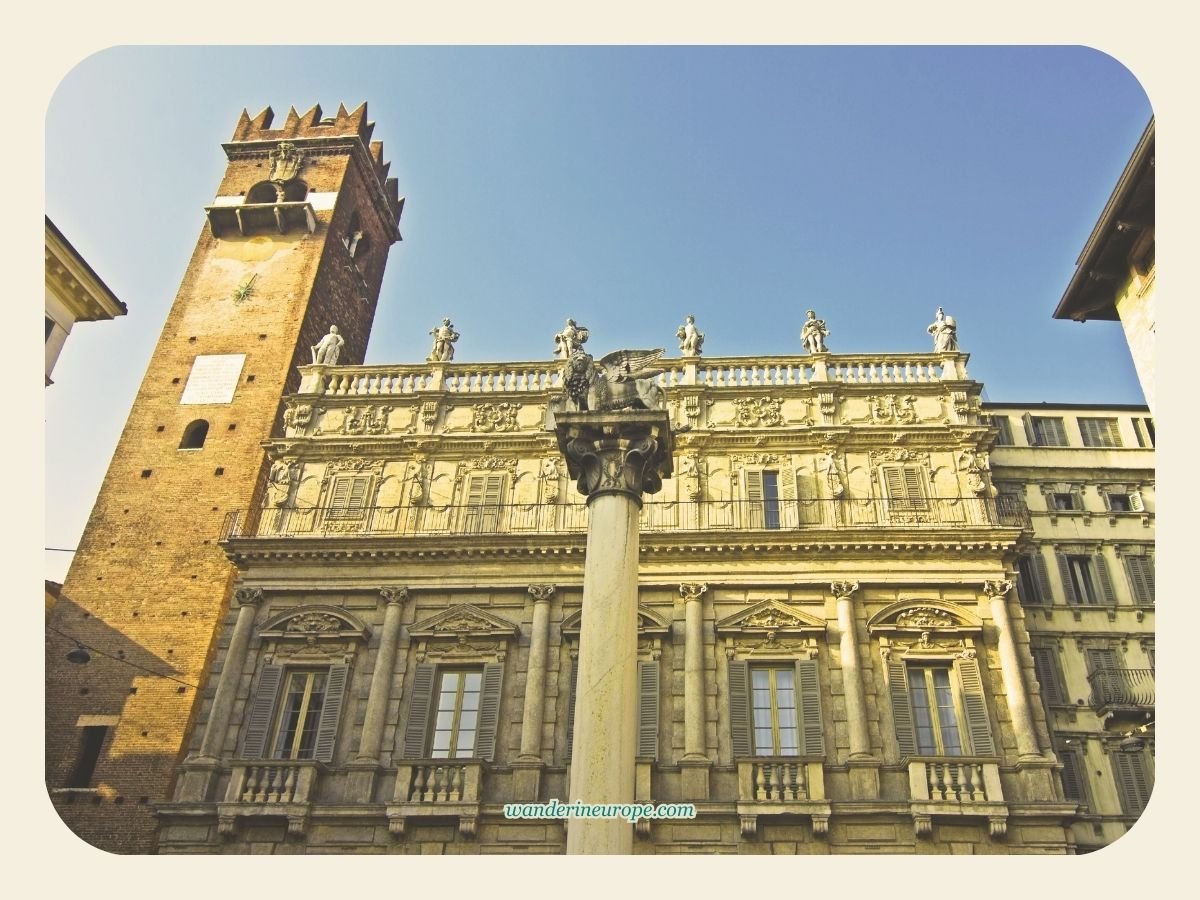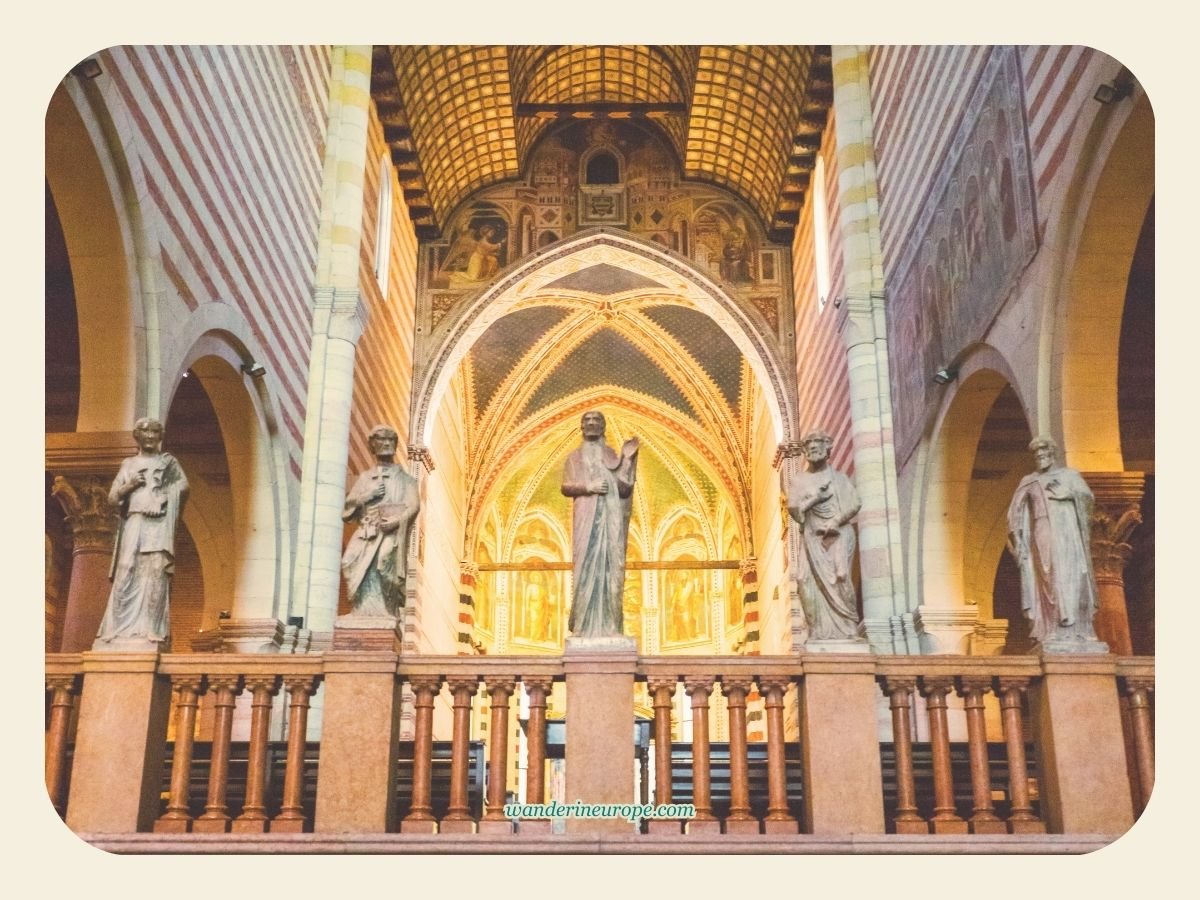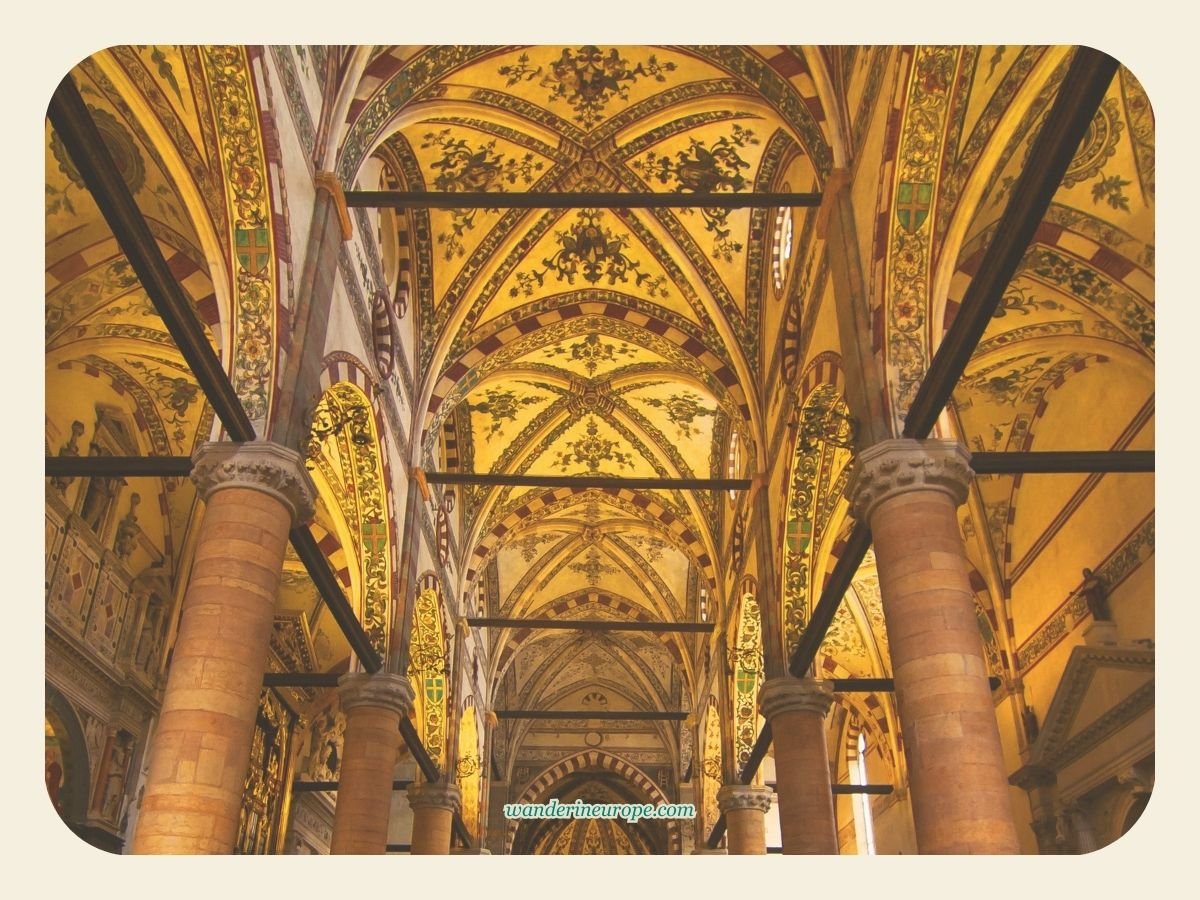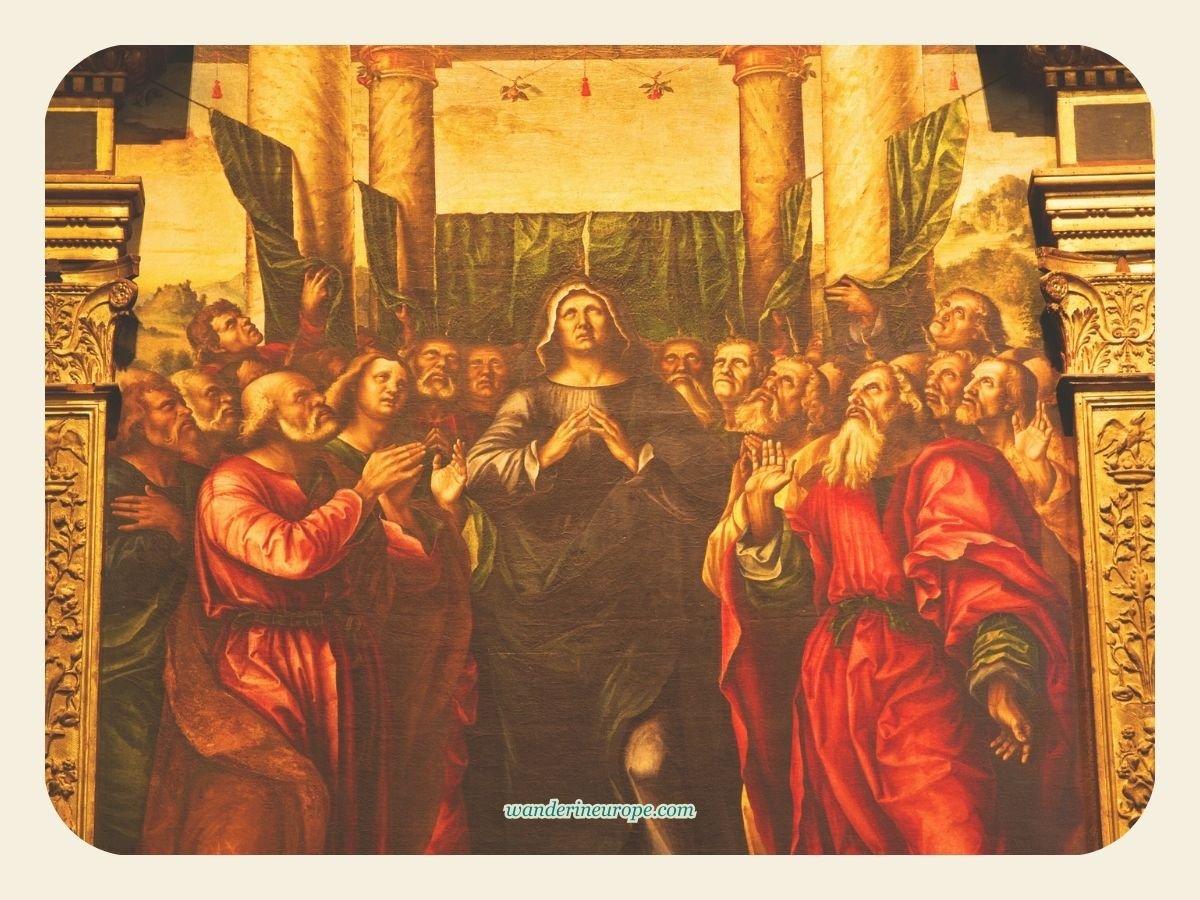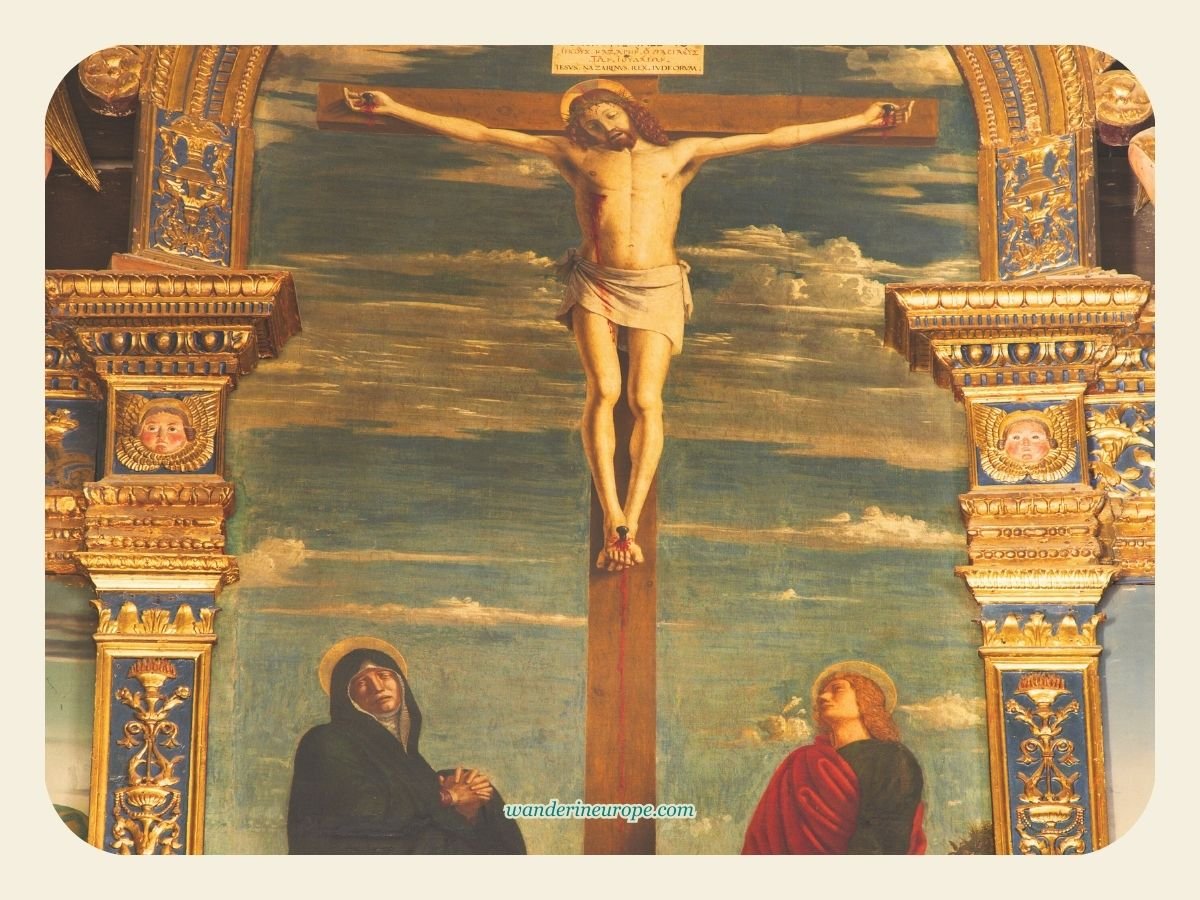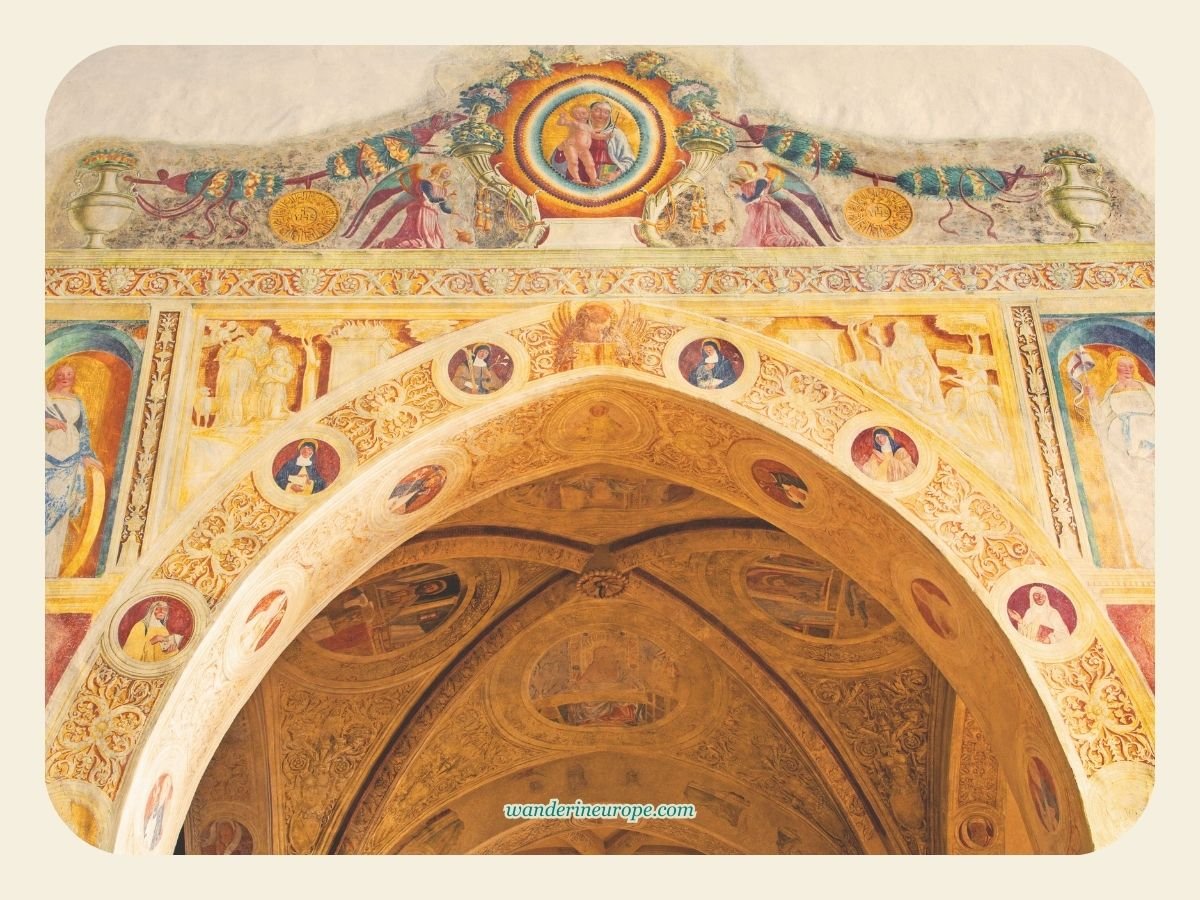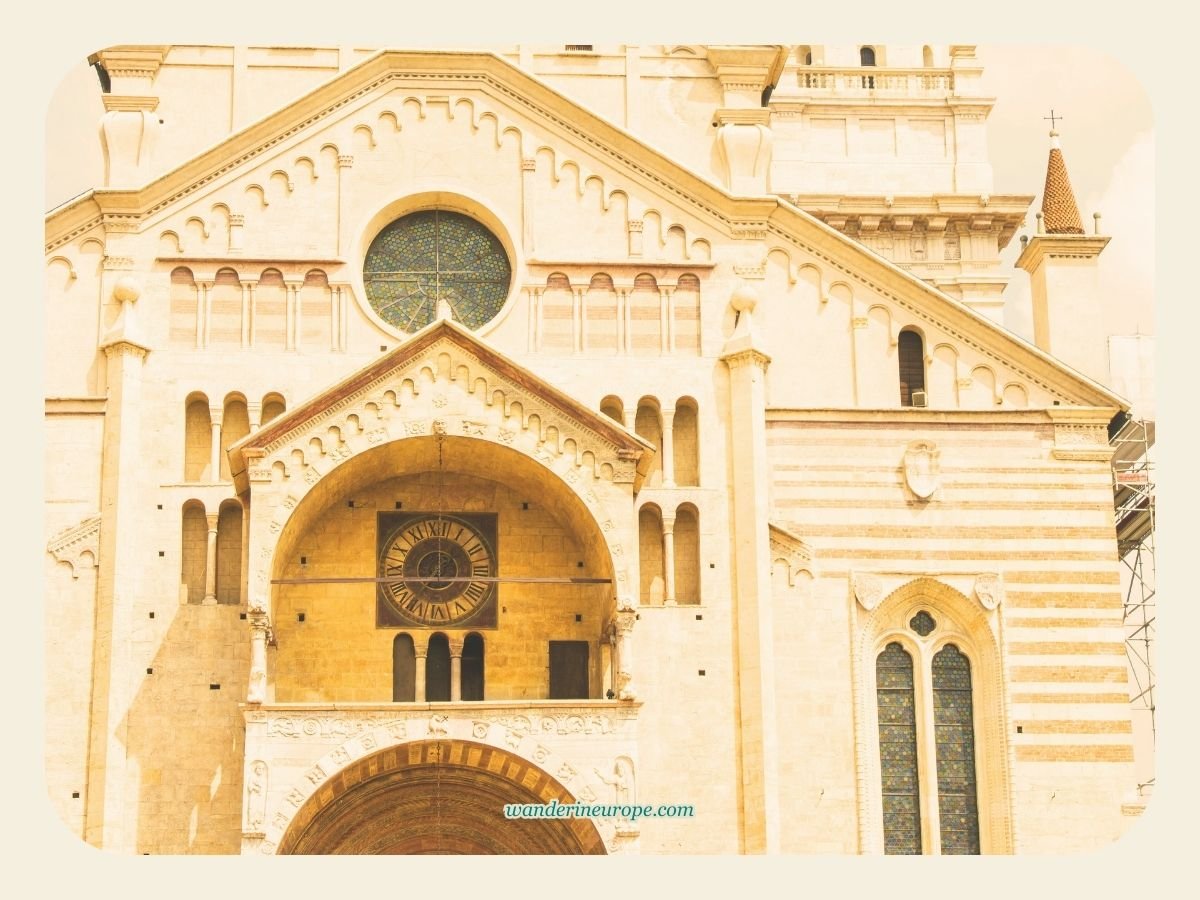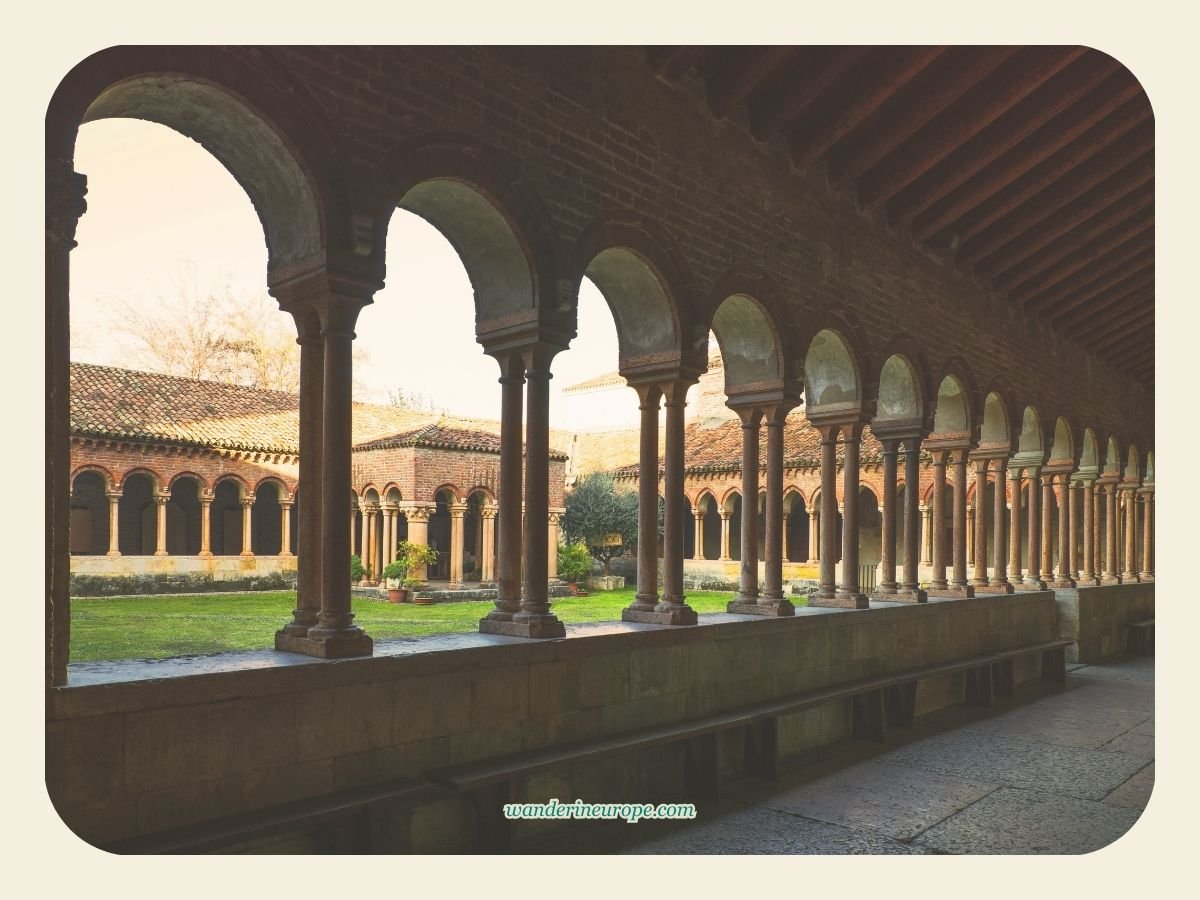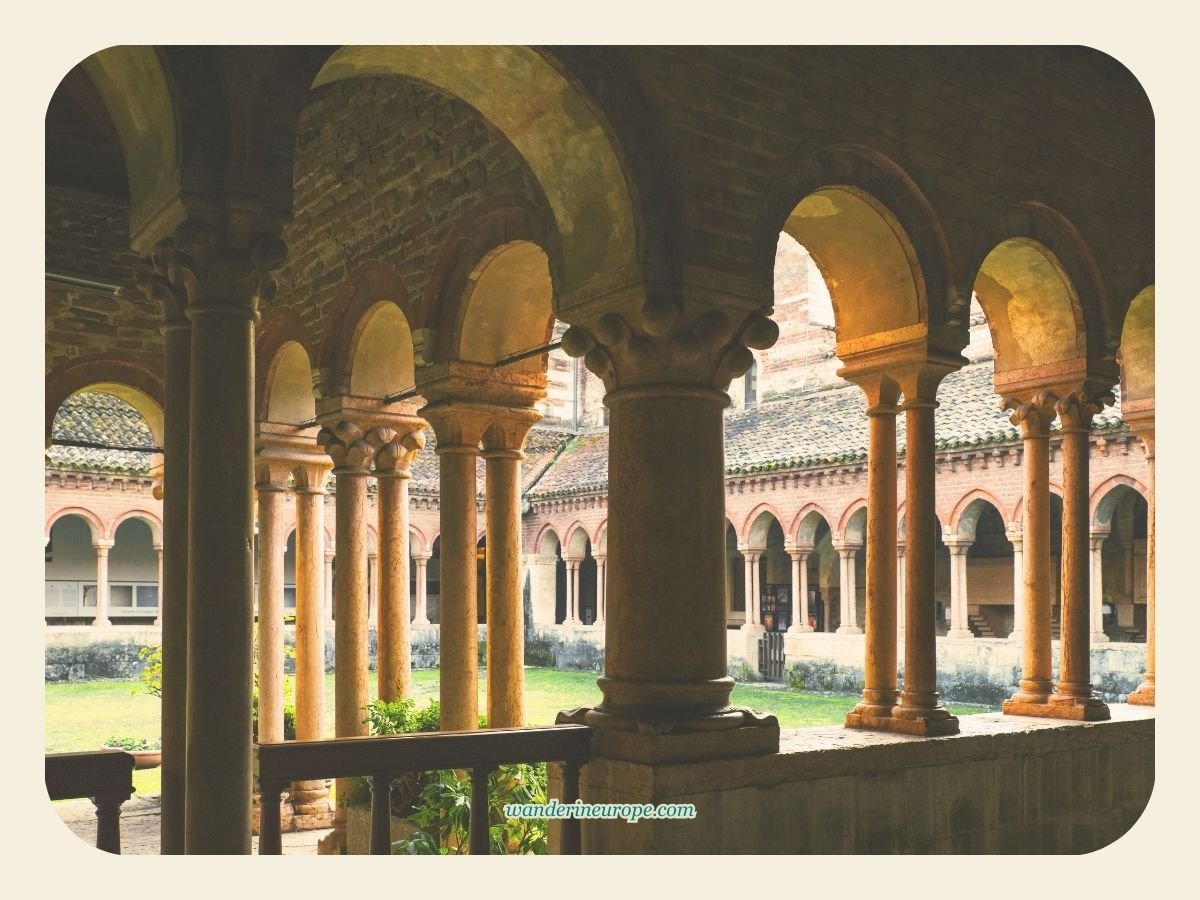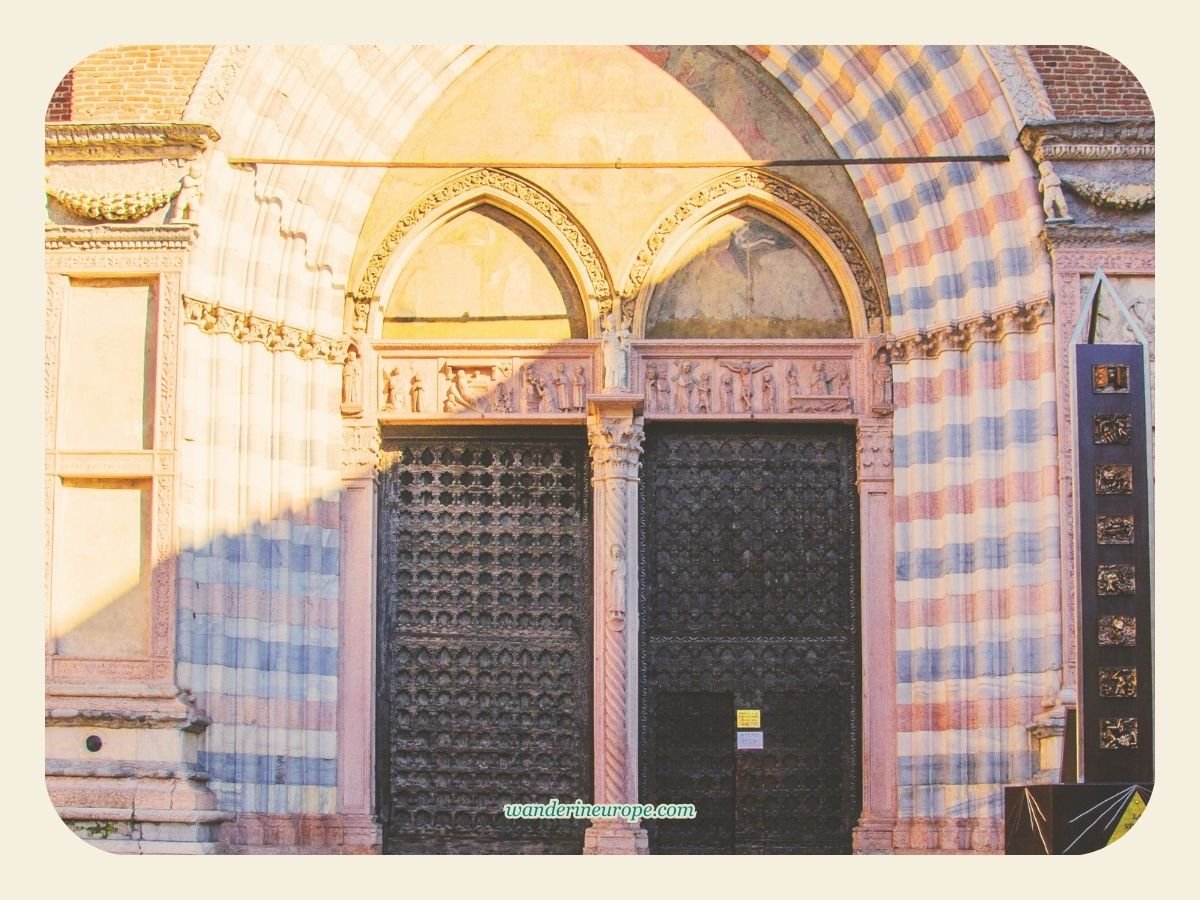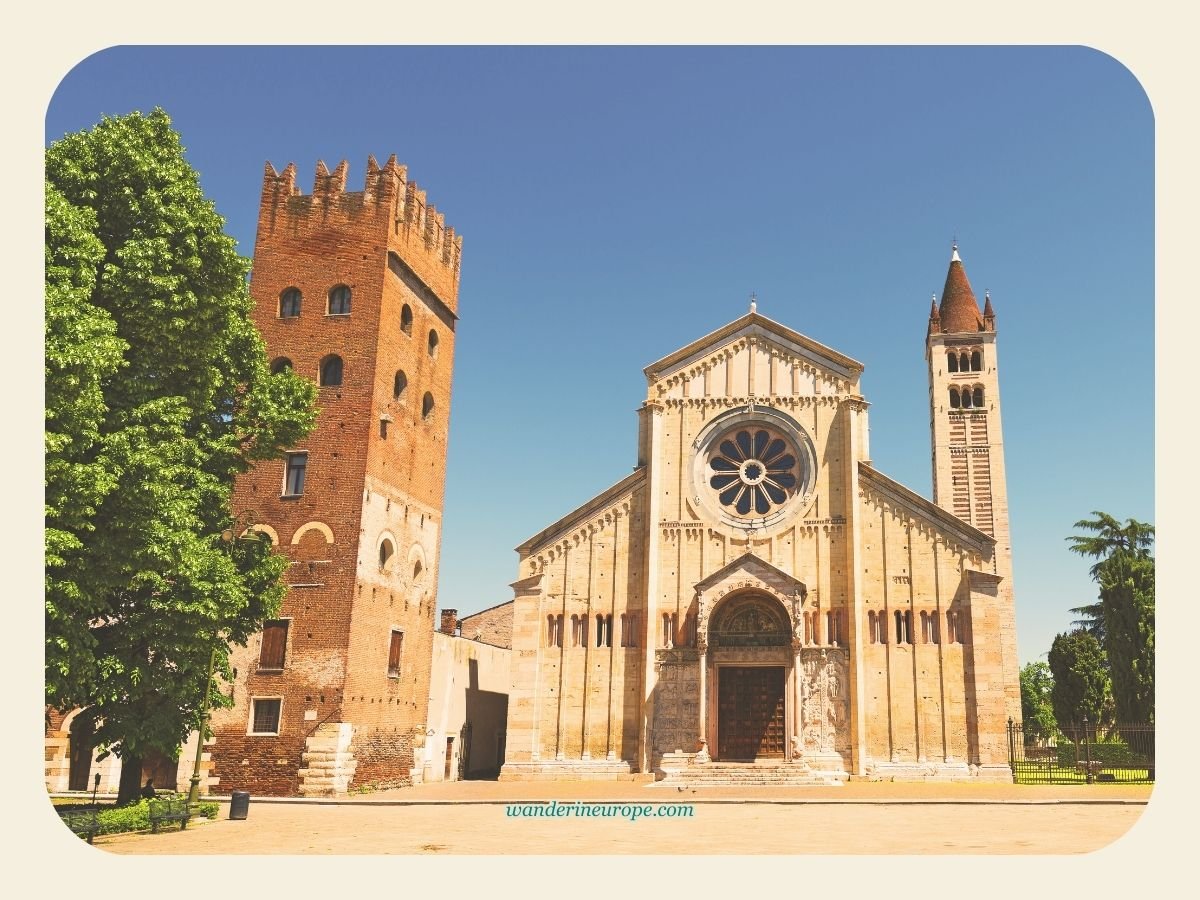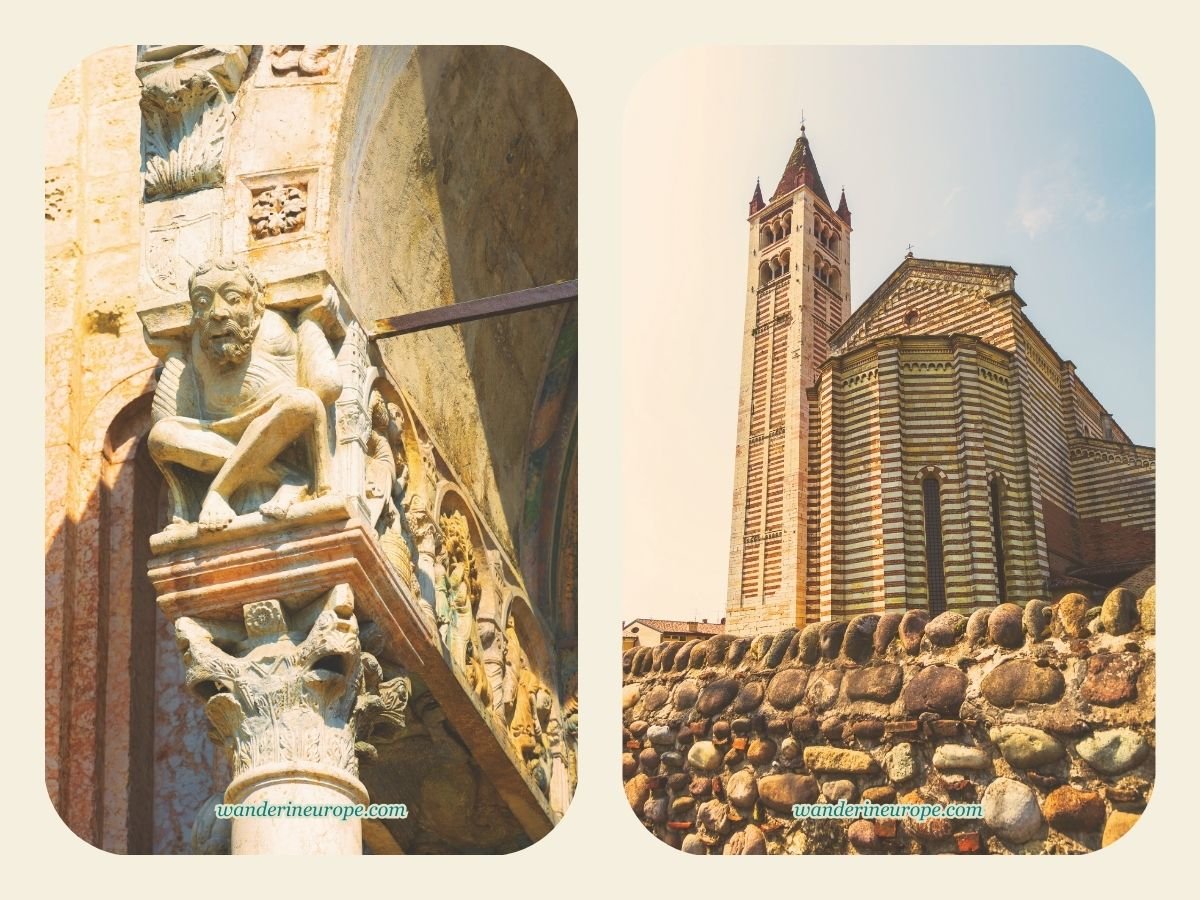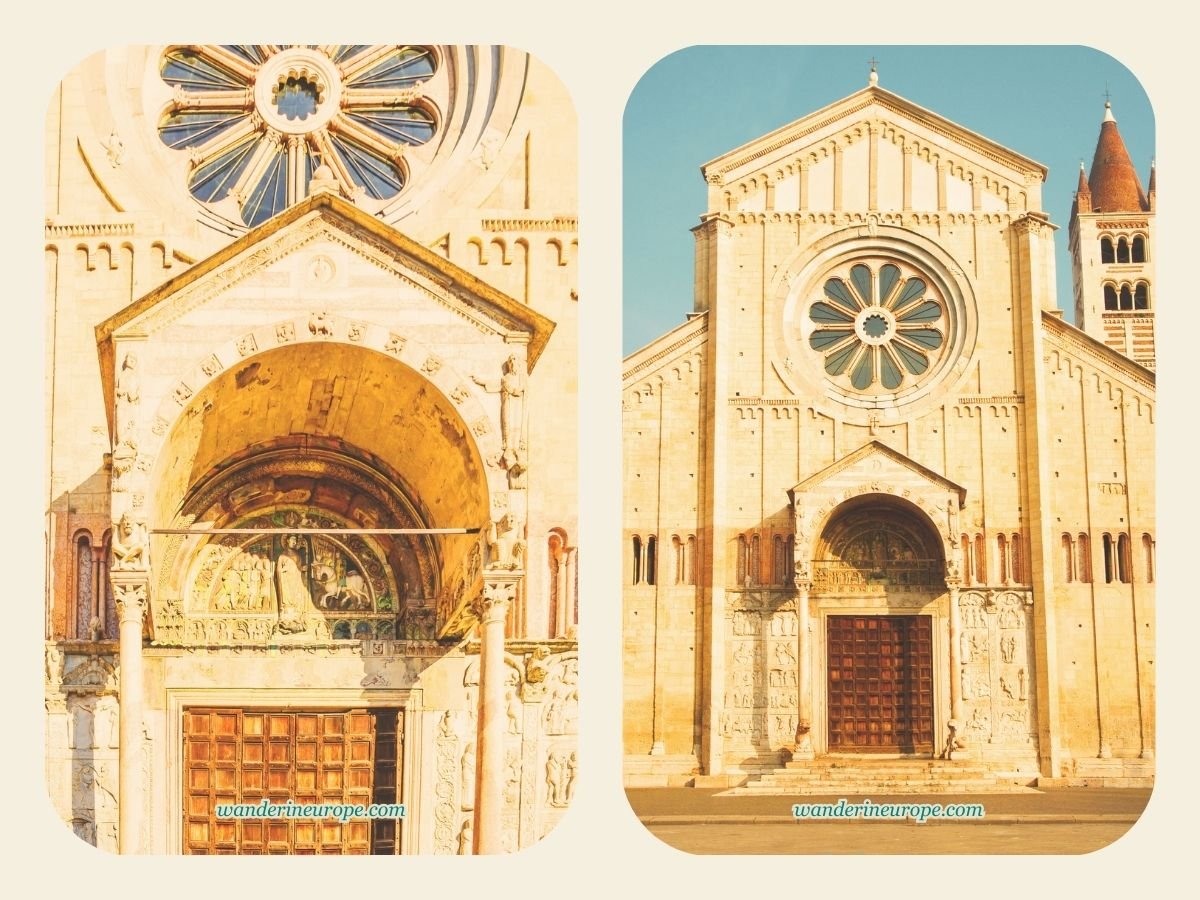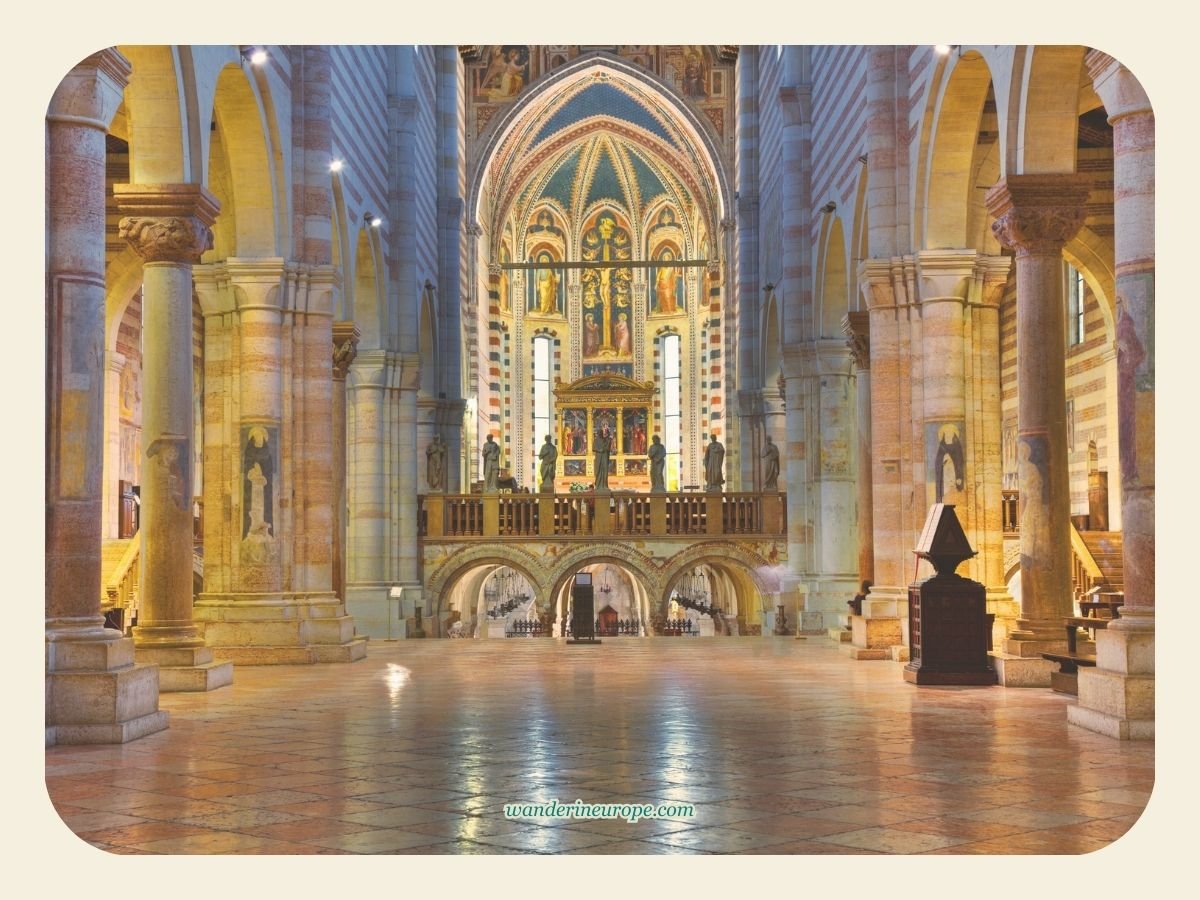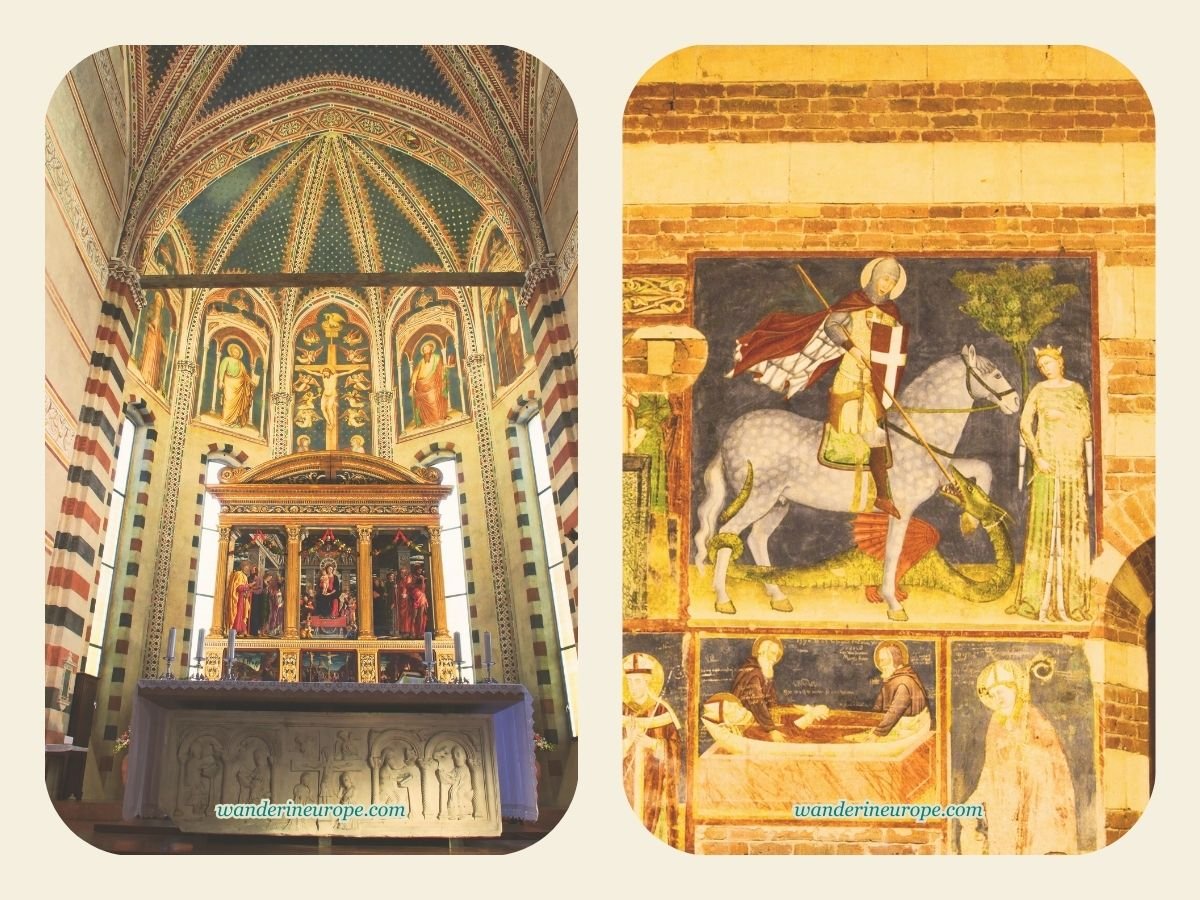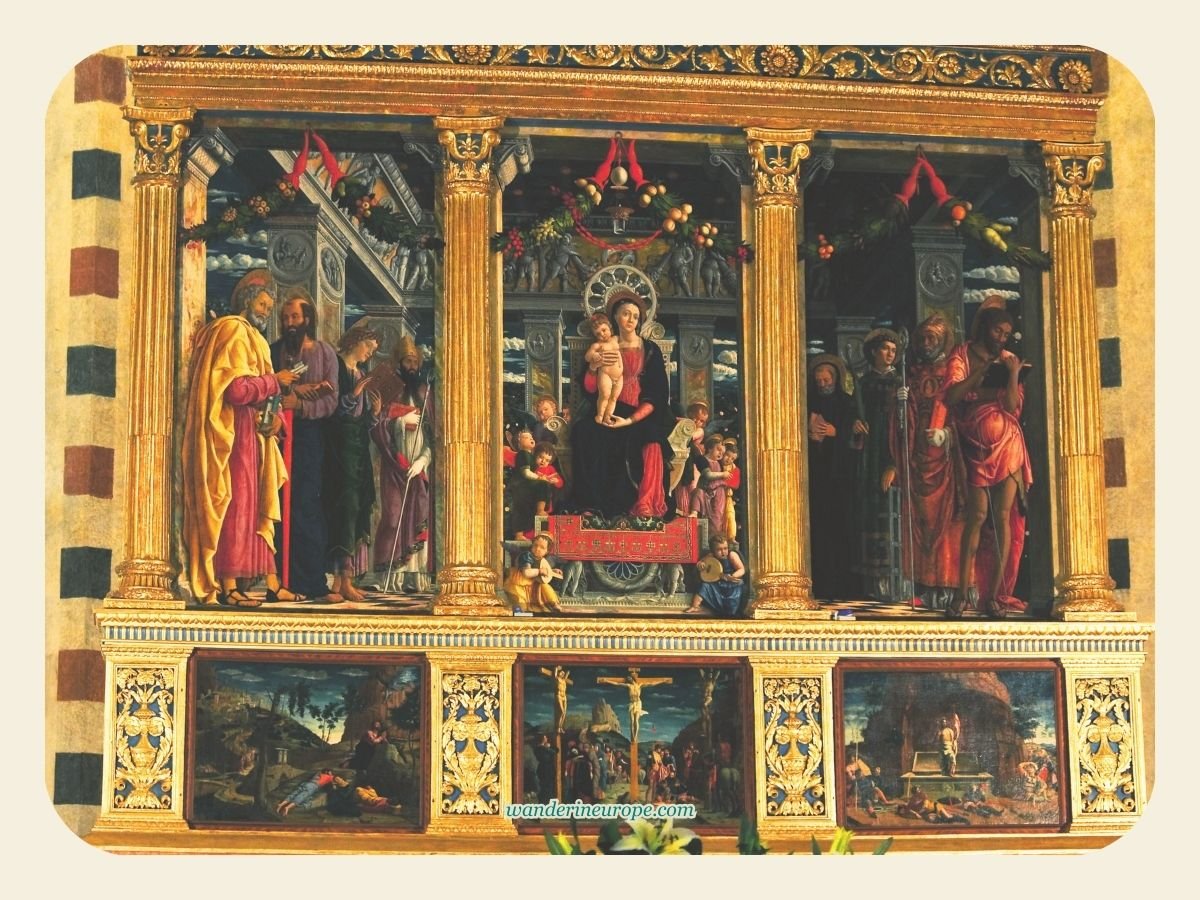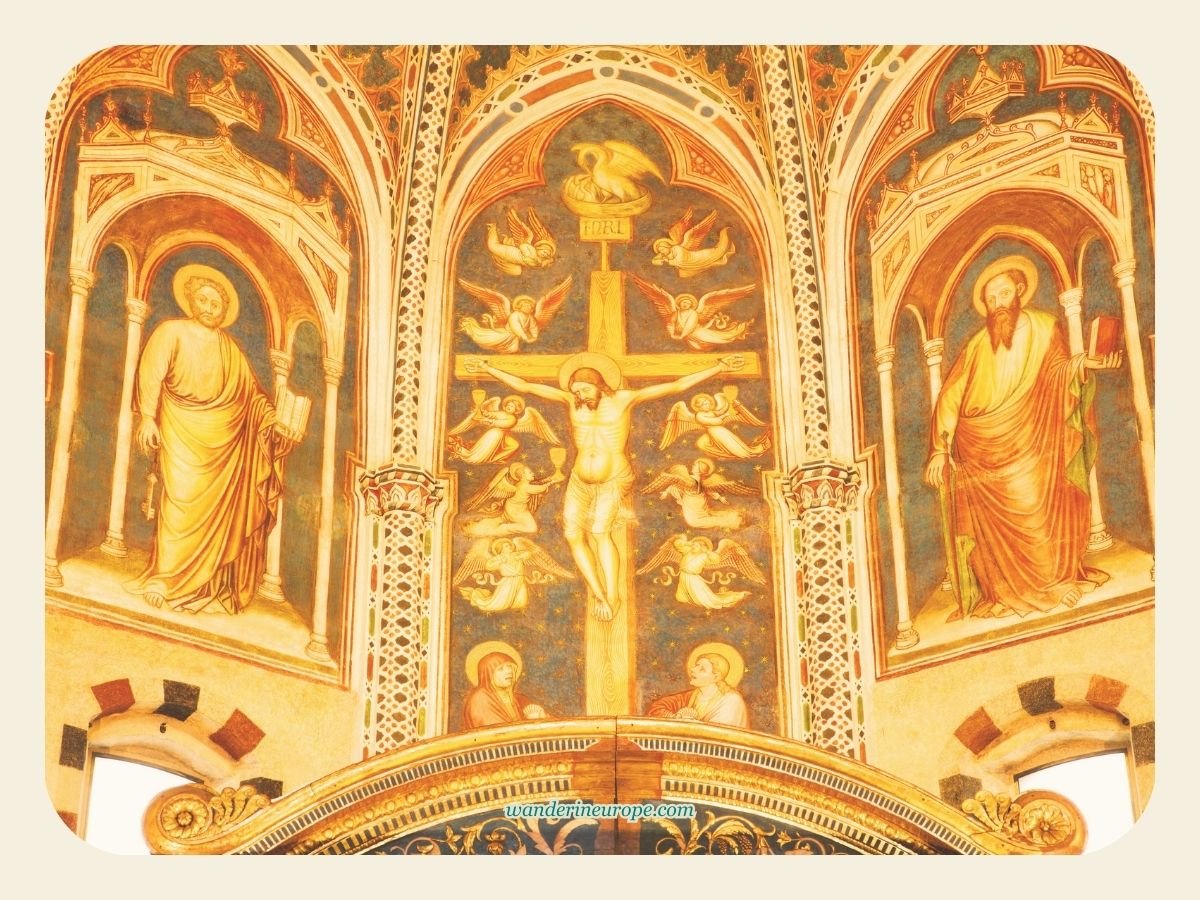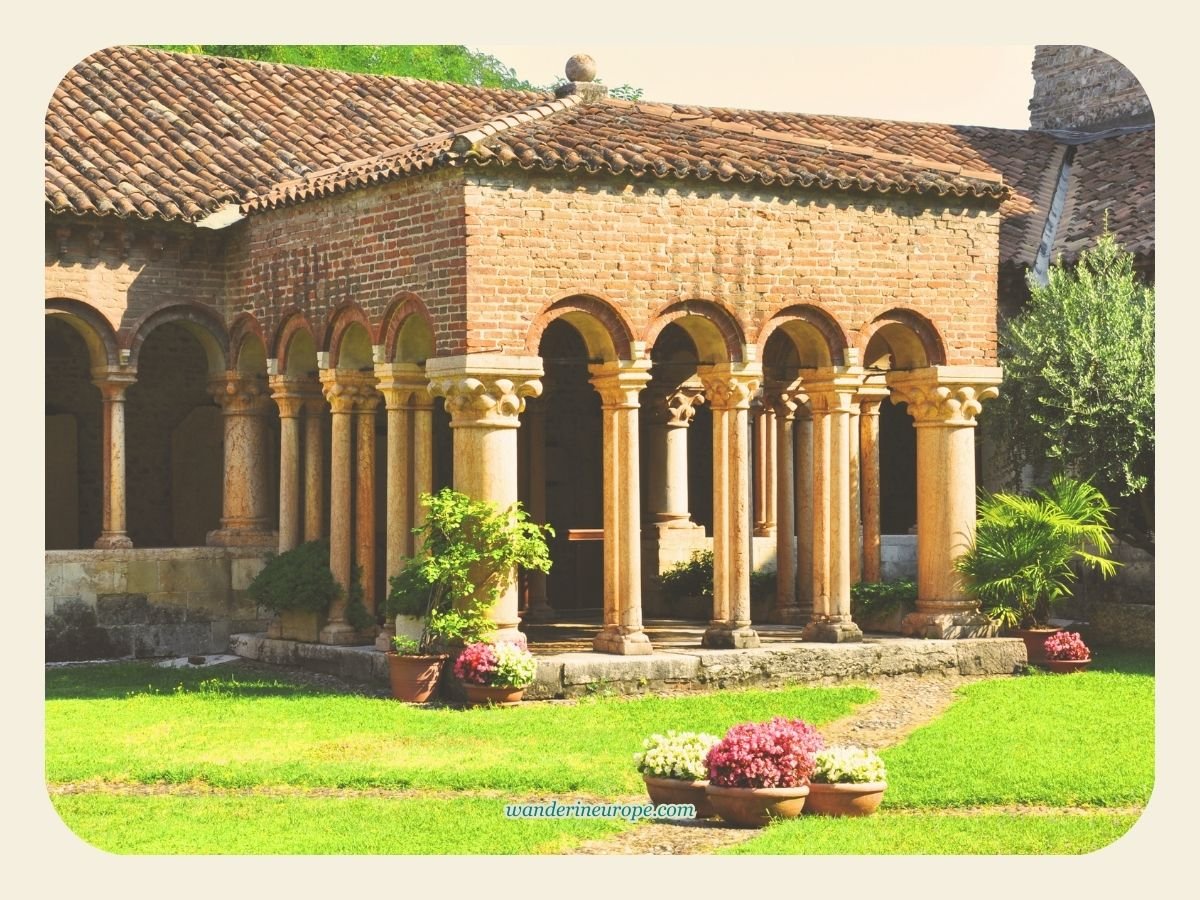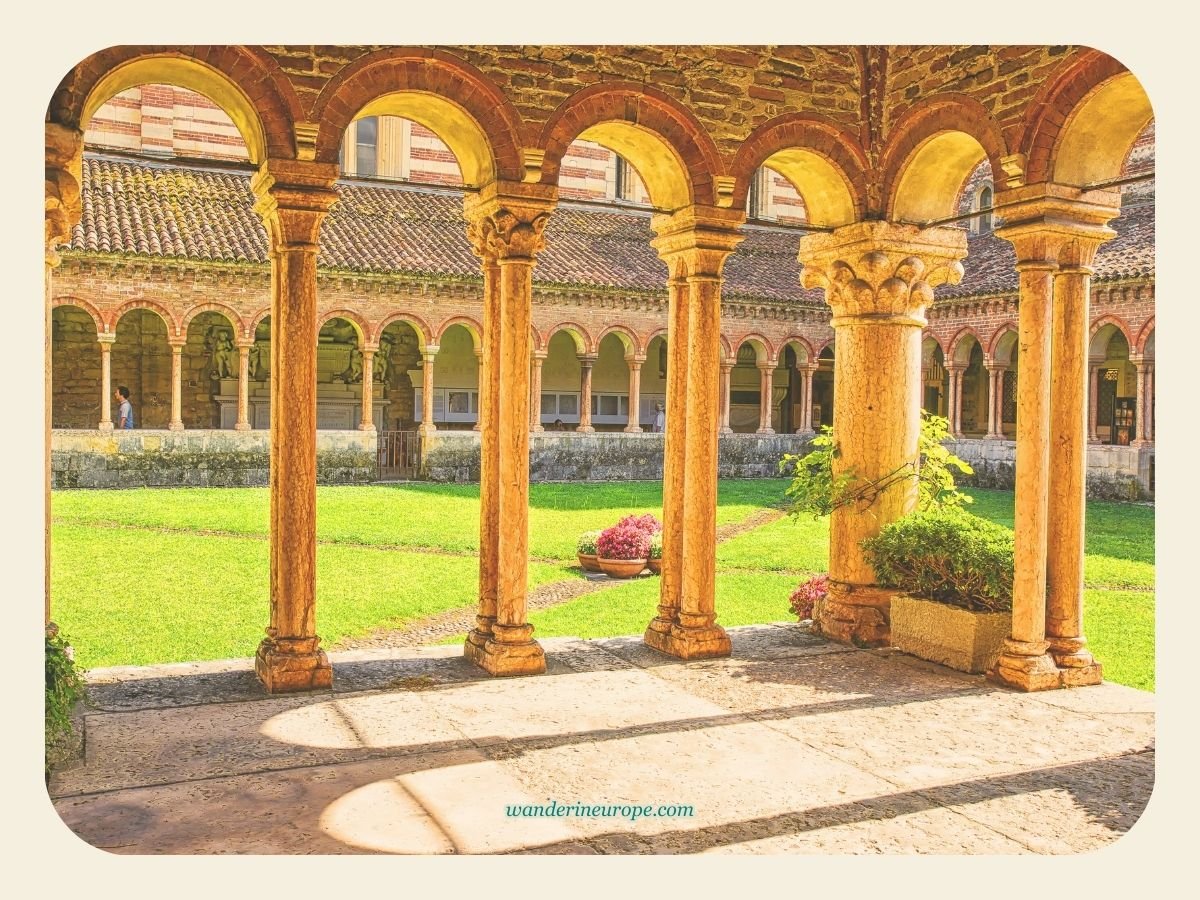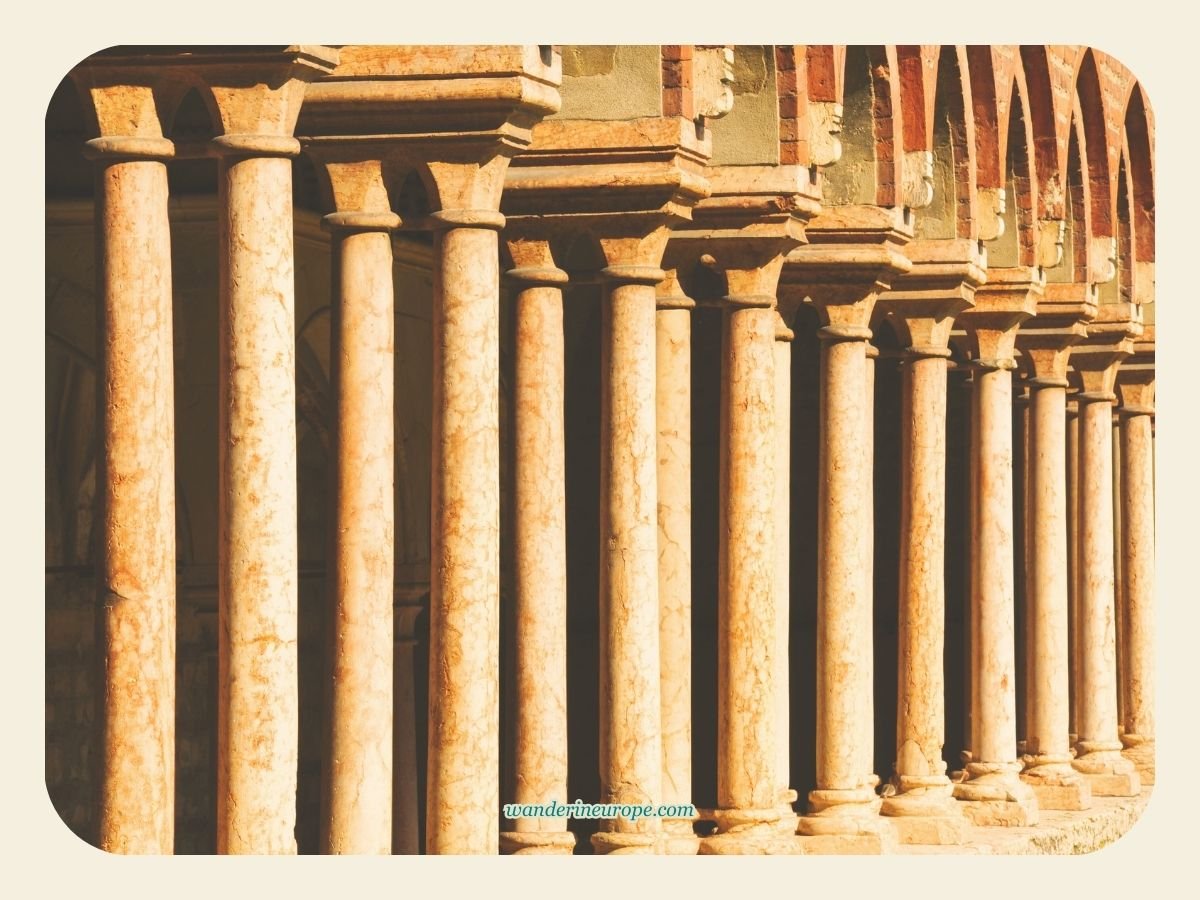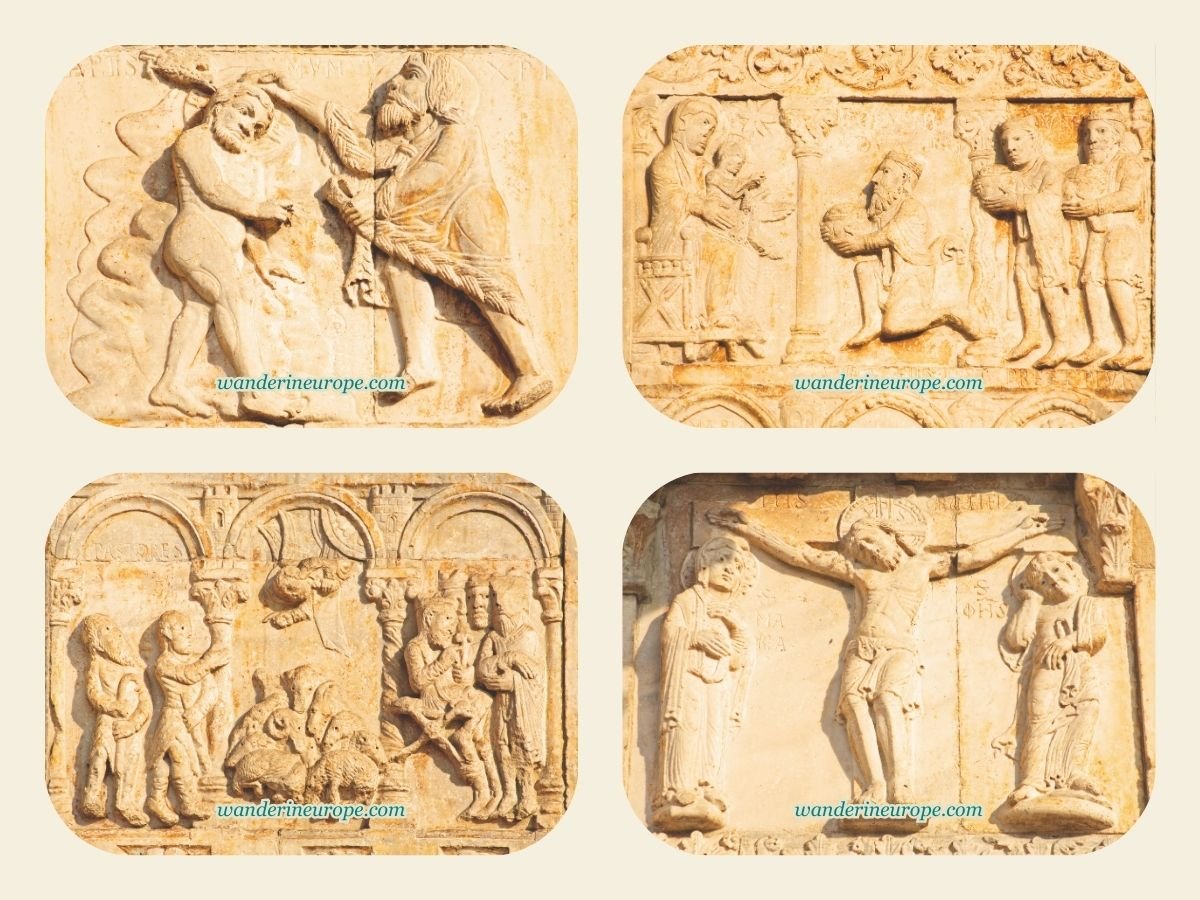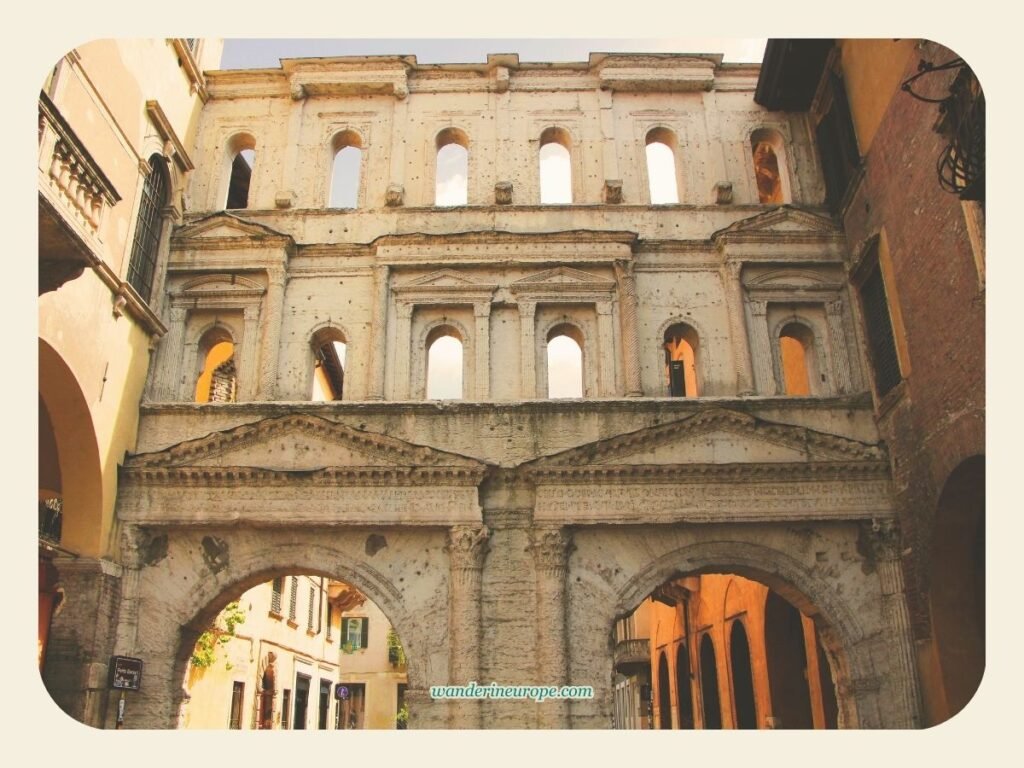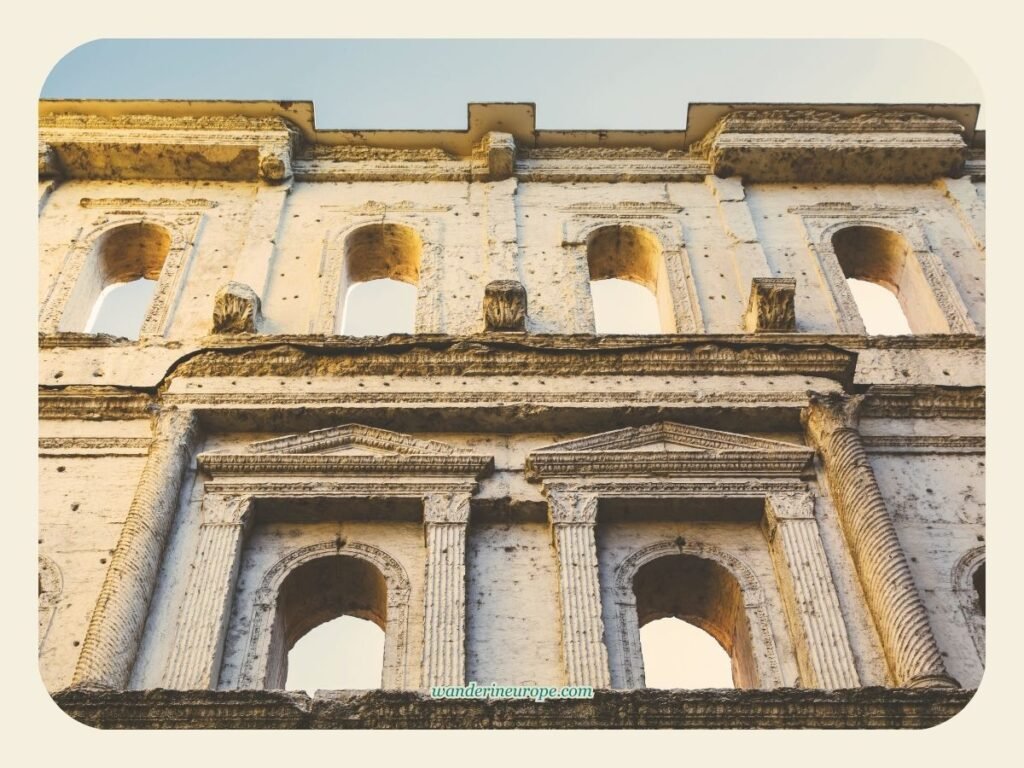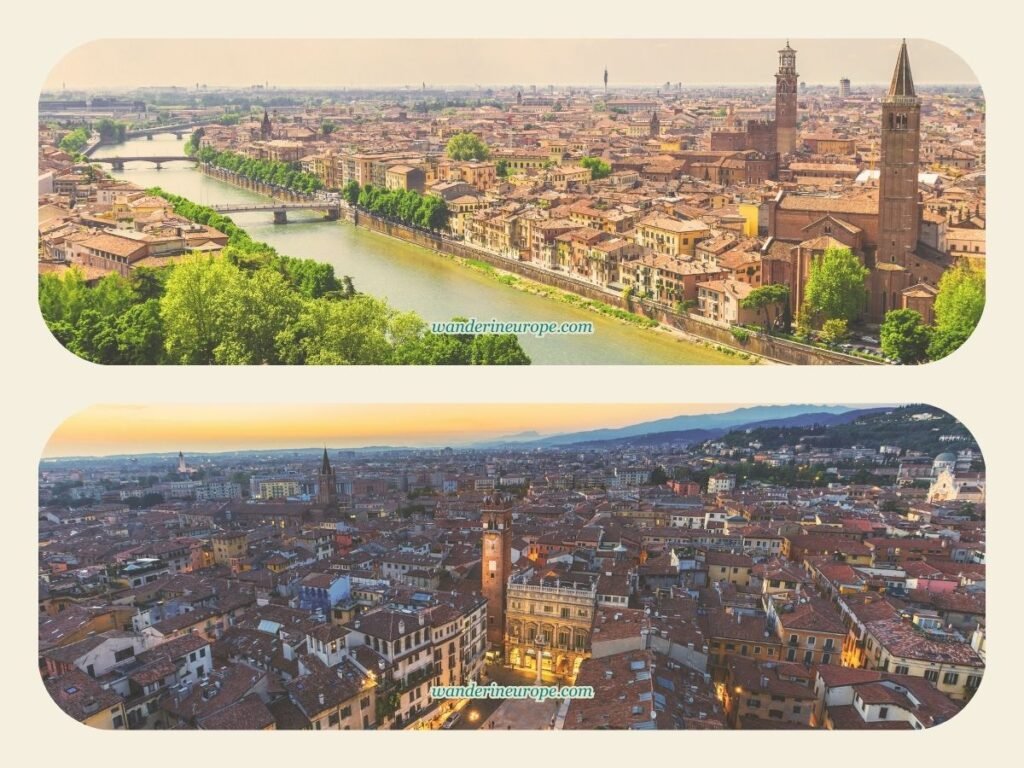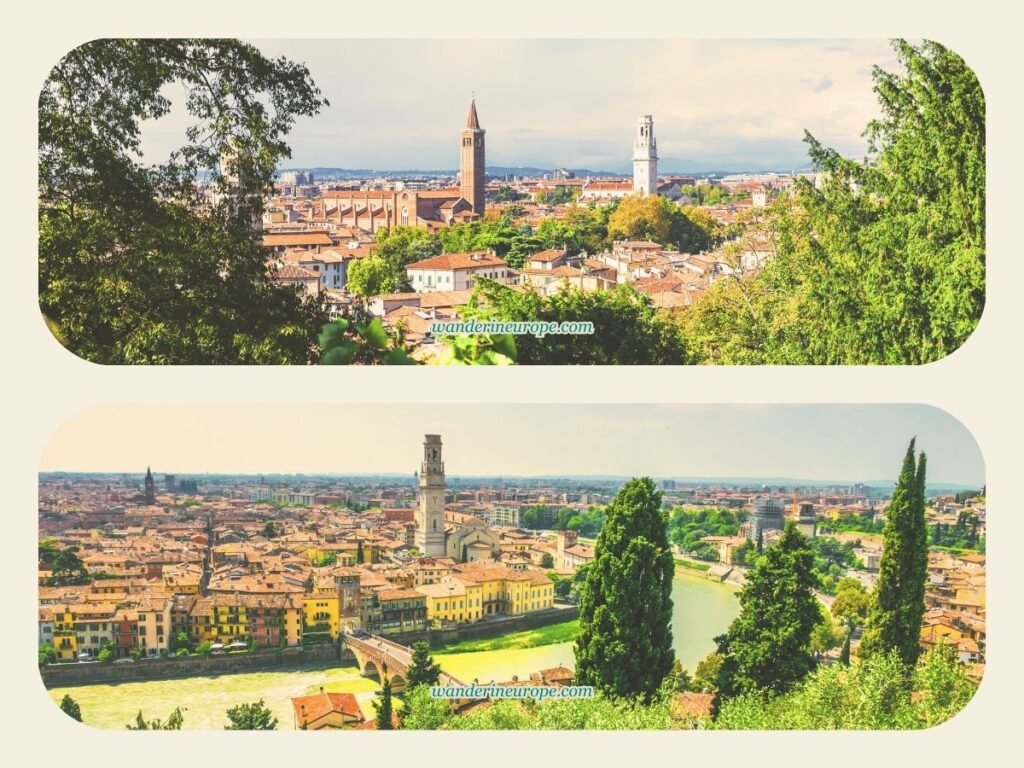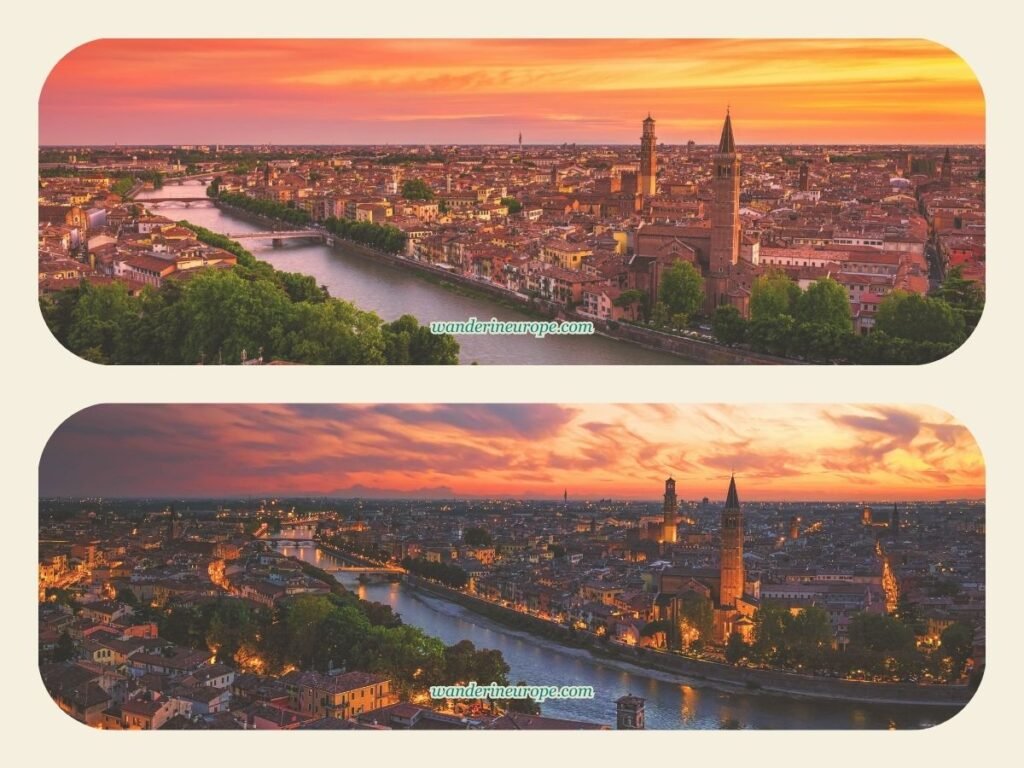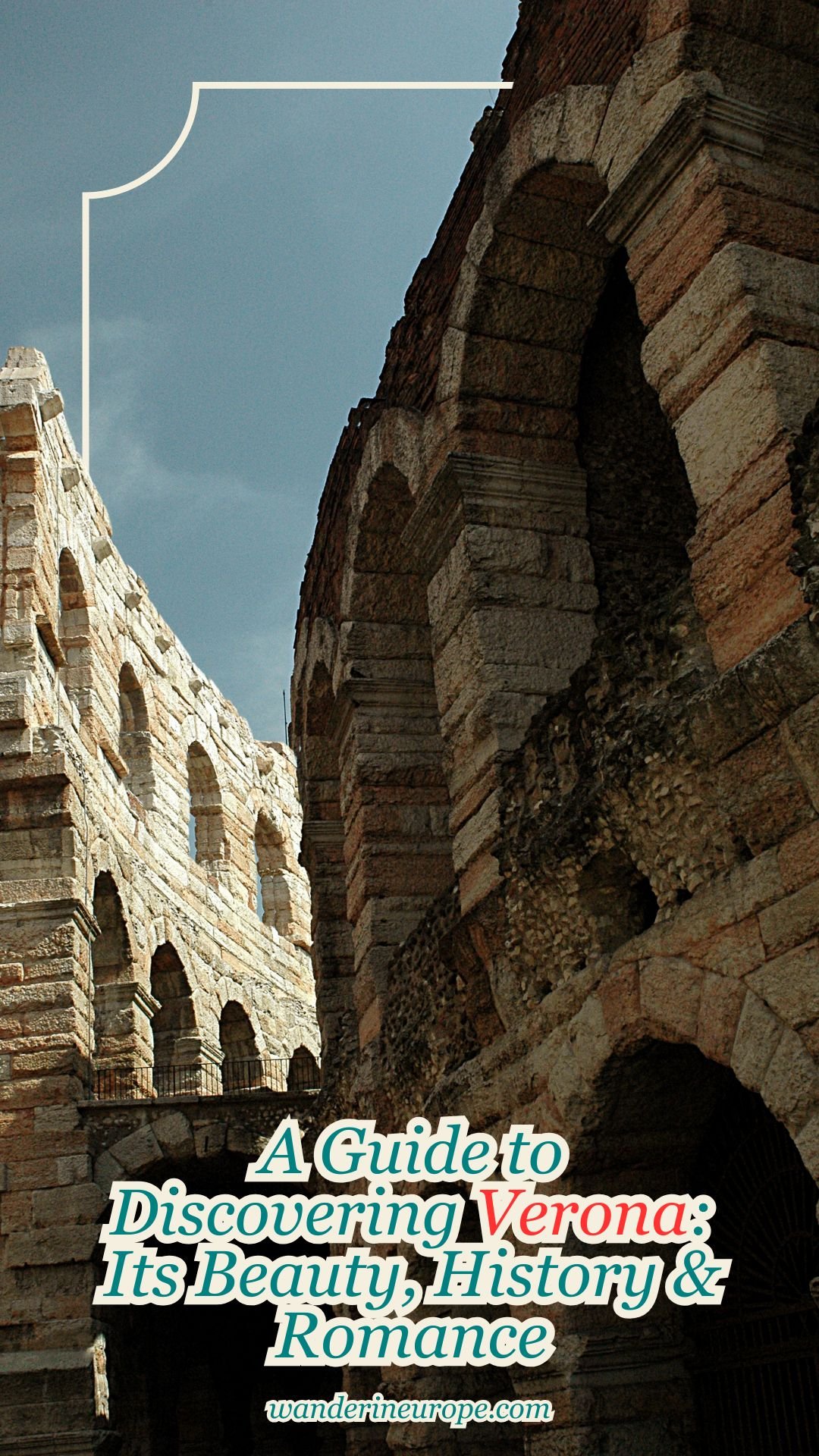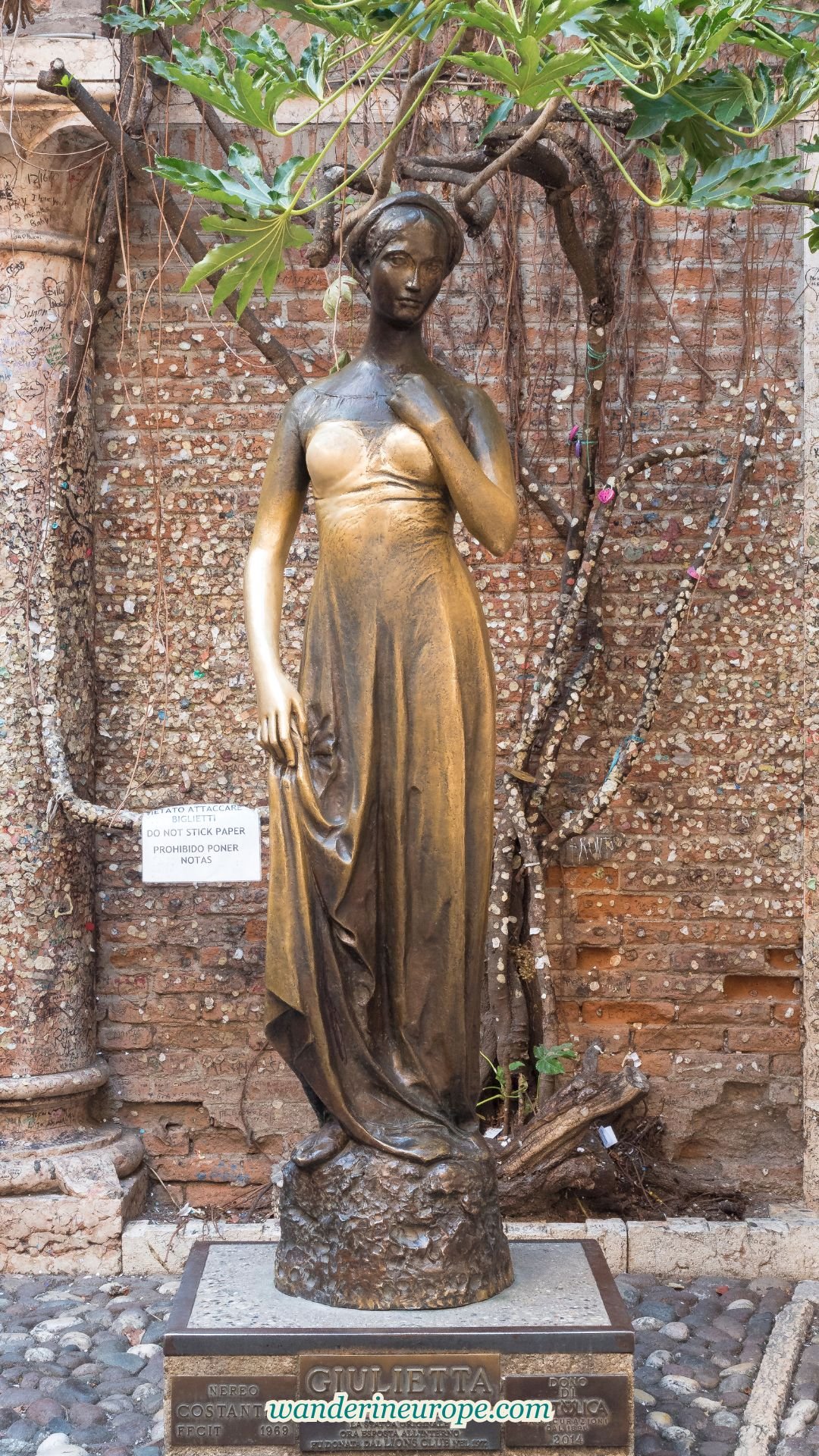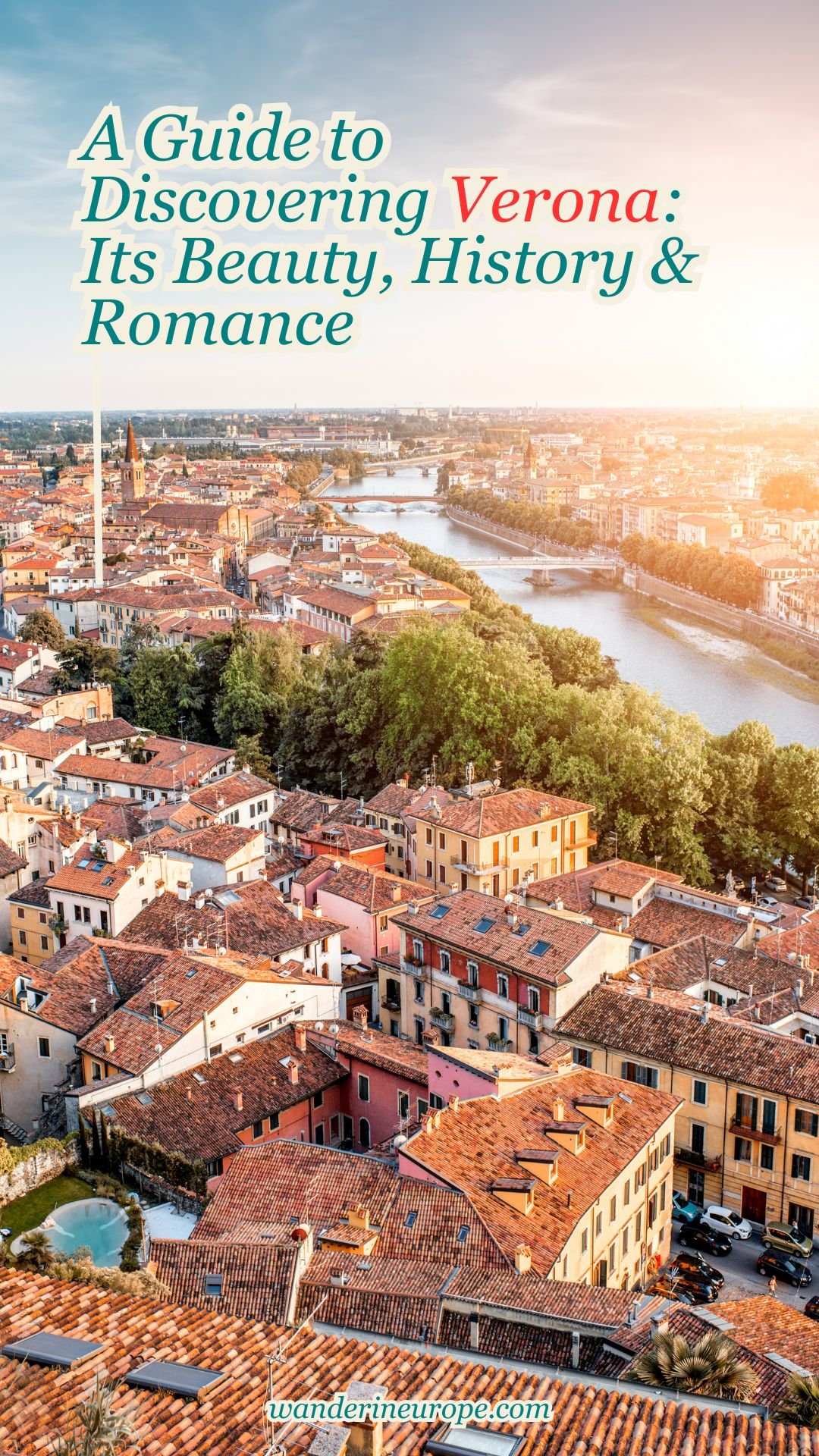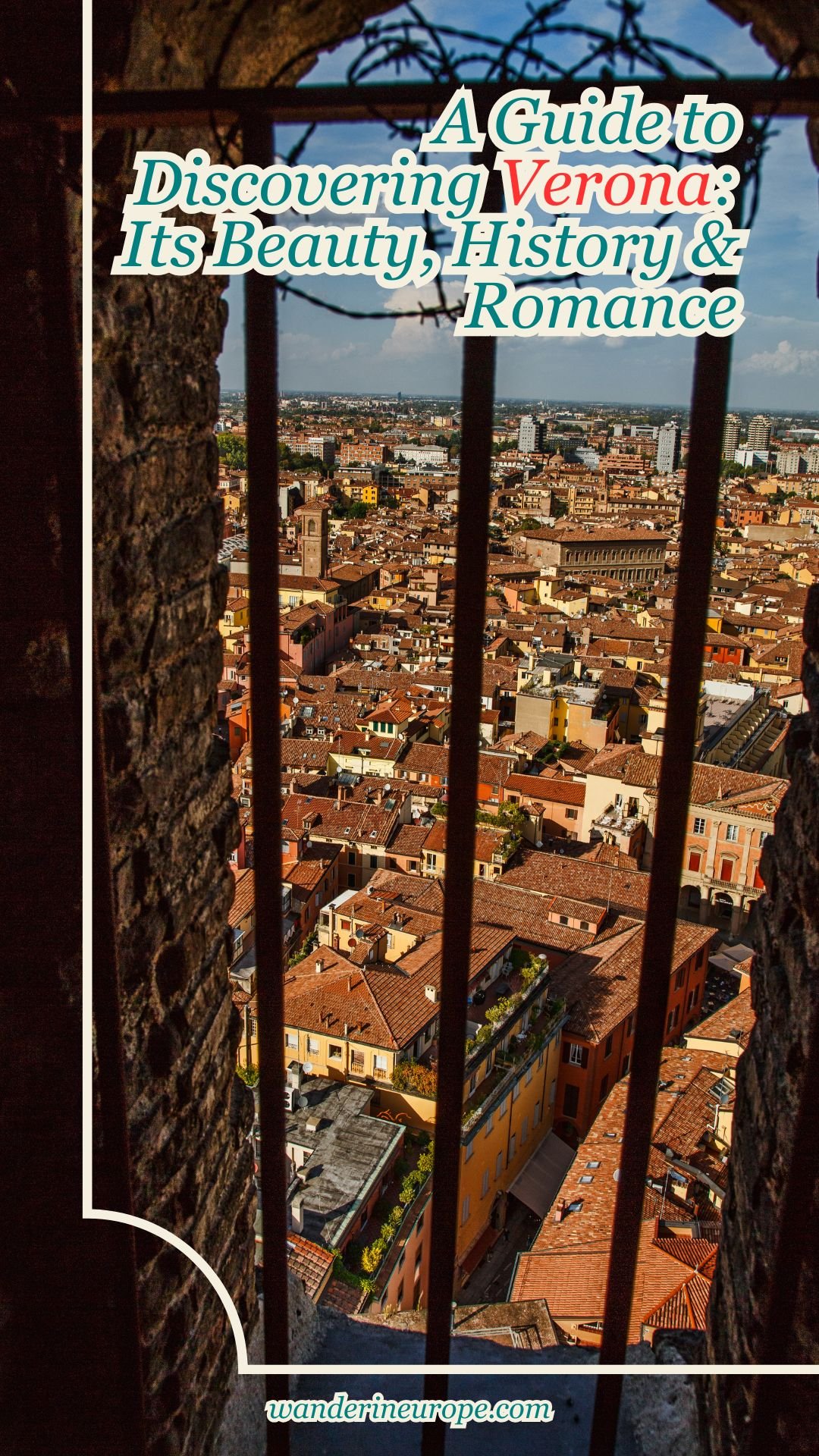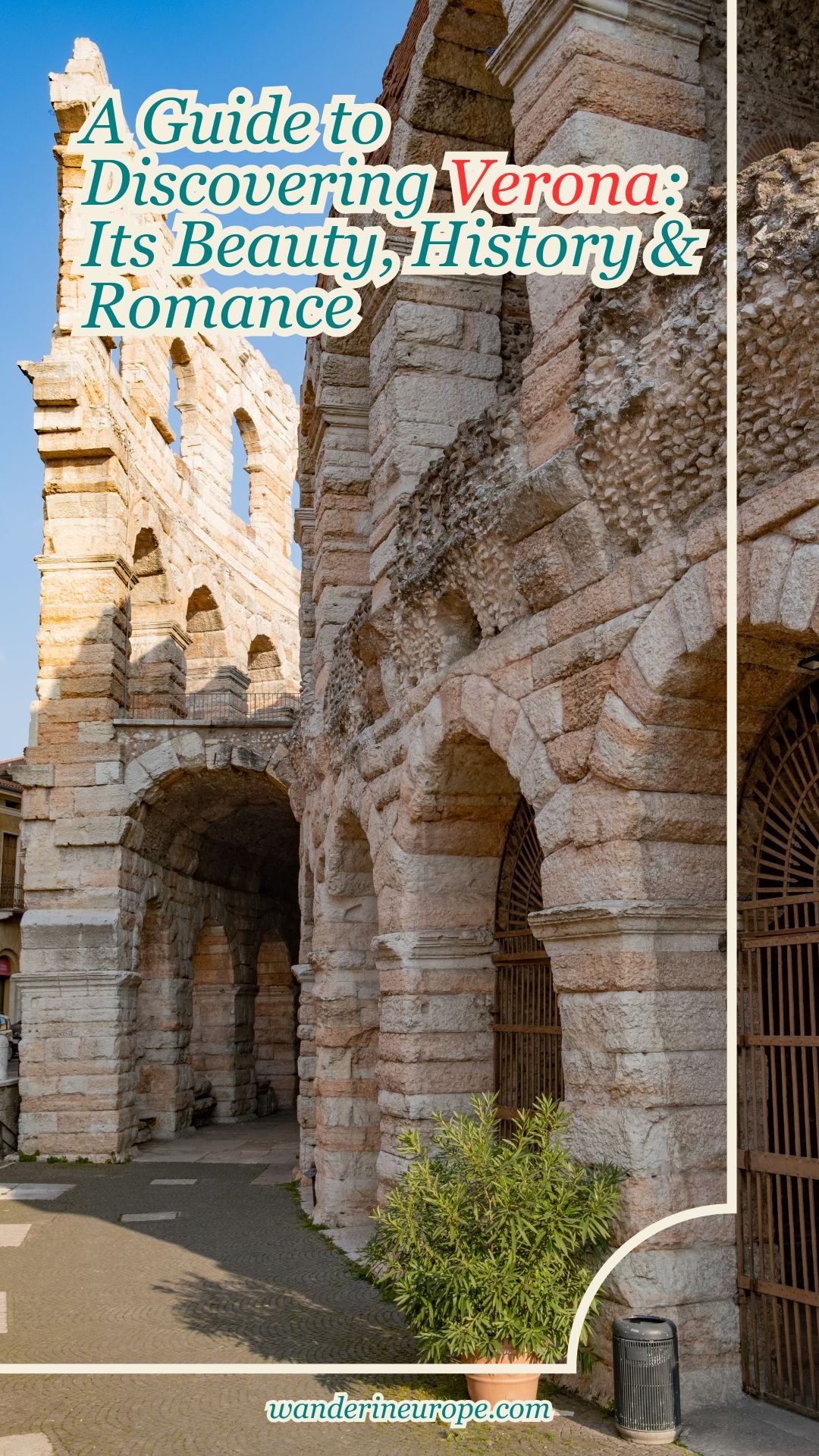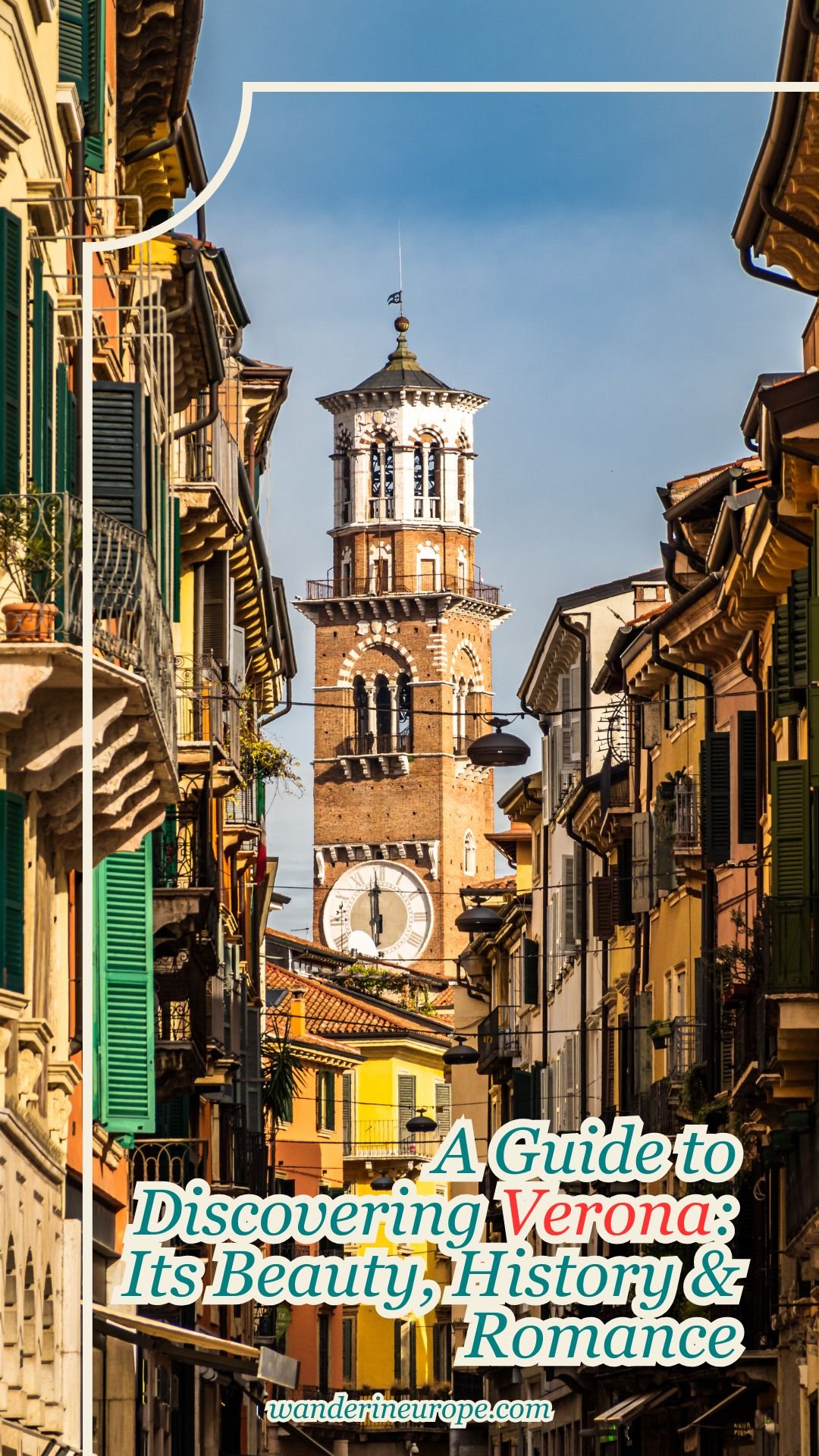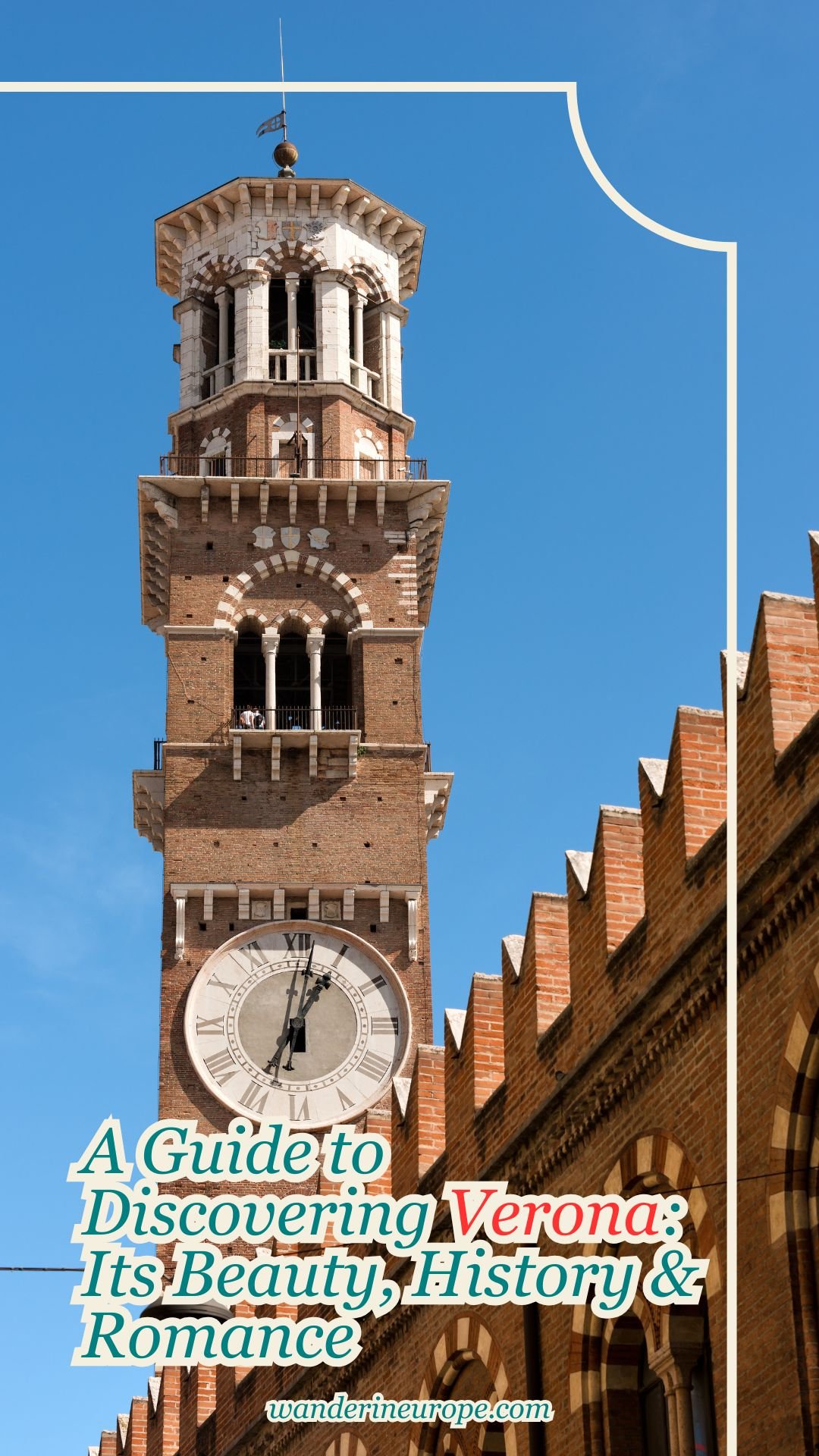A Guide to Discovering Verona: Its Beauty, History & Romance
WanderInEurope is reader-supported. Affiliate links and ads help us keep creating useful content for you.
I didn’t hear about Verona until my late 20s, when I started writing about beautiful places in Europe. At first, it didn’t really catch my interest—it just seemed like another charming Italian city. But after exploring it, I couldn’t stop wondering: why isn’t Verona as famous as Rome or Venice? It’s not just historic; it’s romantic too. Like Rome, it has its own colosseum. Like Venice, it has beautiful bridges where couples create special memories together. And there’s even more to discover, all of which make Verona a wonderful city to explore.
If you’re curious about Verona, let me help fuel your wanderlust and guide you to the incredible sights, romantic experiences, and more interesting things this city has to offer. Let’s go!
Love & Romance

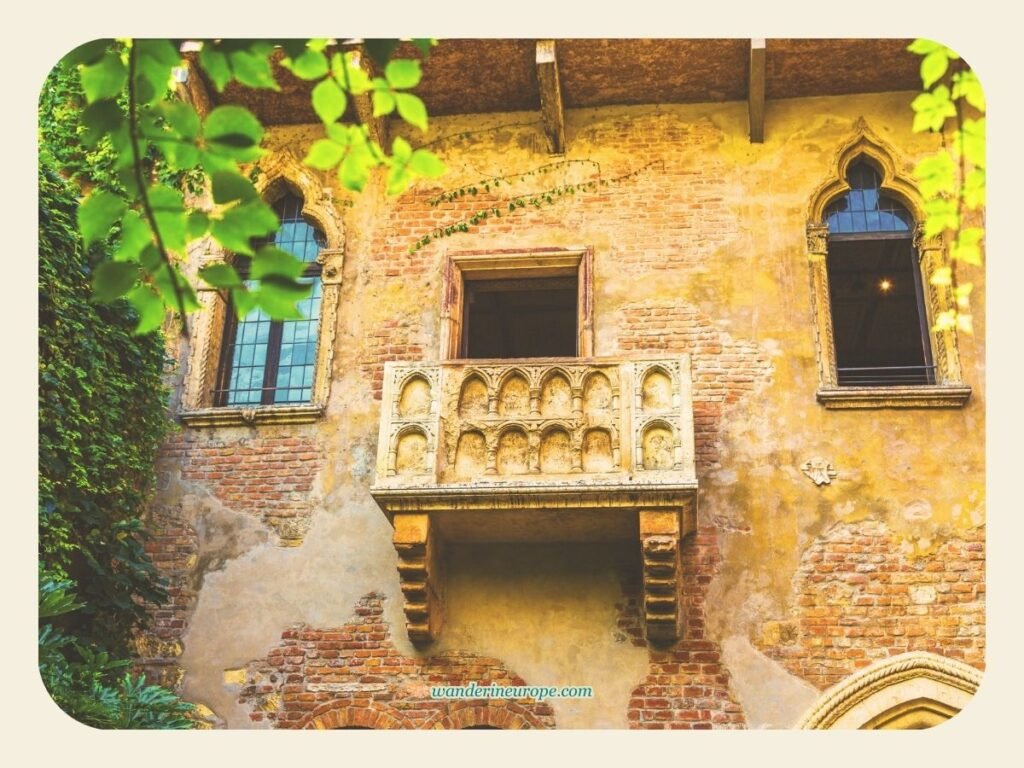

What makes Verona different from other Italian cities is its underrated romantic atmosphere—so much so that Shakespeare chose it as the setting for his classic tragedy, Romeo and Juliet.
In fact, you can visit real places in Verona that were mentioned in Shakespeare’s work, like Juliet’s Balcony and Romeo’s House. But the best part? Those aren’t the only romantic places where couples can soak in the fairytale atmosphere. The city is filled with charming bridges, lively squares, and scenic viewpoints—perfect for creating special moments together.
Verona Arena
One of the best things about visiting Verona is seeing its Arena.
This ancient amphitheater is the reason Verona is sometimes called “Little Rome.” It’s worth a visit whether you’re traveling solo or with a partner, especially for the chance to experience something unique—watching an opera inside a historic landmark. You can’t do that in Rome! What’s even more impressive is the Arena’s amazing acoustics. It makes you wonder how an ancient structure can work so well with modern sound systems.
From great hotel deals to skip-the-line tickets and affordable eSim to cheap rentals, click here for the best hotel deals and more travel discounts.
More Beautiful Architecture

Verona is filled with beautiful, time-transporting architecture—not just in its Arena but all around the city. Simply walking through its streets feels like an experience in itself. You’ll pass picturesque bridges designed with medieval defensive features, towering brick structures that rise above you, and Renaissance gardens that feel almost magical. Even better? Since Verona isn’t as famous as Venice, the crowds are smaller, making it even easier to explore and take it all in.
Medieval Pilgrimage Churches
Verona’s character goes beyond romance—it has a deep spiritual side too. Verona’s deep spiritual roots go back to medieval times. For centuries, it has been called “Little Jerusalem” and has drawn countless pilgrims to its churches. According to legend, the city was founded by Shem, the son of Noah, and was originally named “Minor Jerusalem.”


Indeed, Verona became a meaningful destination for European pilgrims who couldn’t travel to the Holy Land. Today, it remains an important pilgrimage site, preserving its history and religious significance. Interestingly, many of the churches that those medieval pilgrims once visited are still standing and they give you a chance to experience the same sacred places.
To make your visit more enriching, check out Verona Minor Hierusalem, a foundation established by the local diocese. They provide mapped routes and have volunteers who can guide you through the city’s pilgrimage sites. Their itineraries include Rebirth From Water, Rebirth From Earth, and Rebirth From Heaven. Below is the summary.
You can start exploring these historic churches at the Verona Minor Hierusalem foundation’s main office, located in the Church of San Pietro Martire. For more details (e.g., opening hours) about the foundation, check out their info & contact page.

Veronese & Renaissance Art
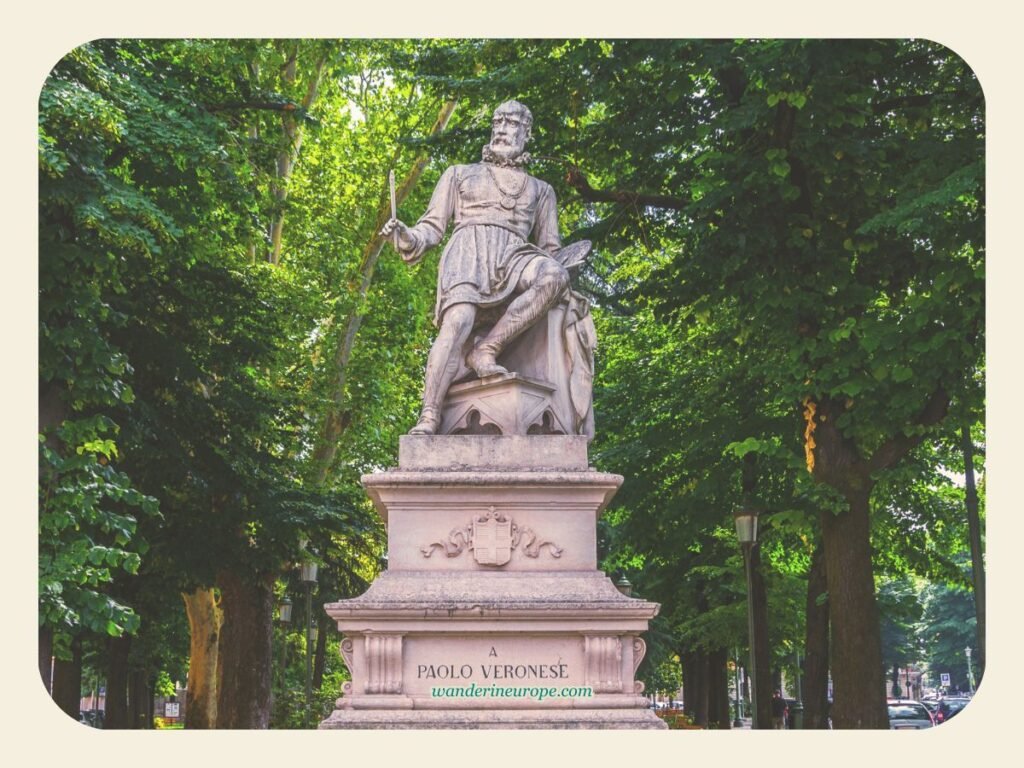
Italian cities are often linked to famous figures—Milan has Leonardo da Vinci, Como is known for Alessandro Volta, and Palermo is associated with Galileo Galilei. In Verona, there’s Paolo Veronese, a master of Renaissance painting whose vibrant, detailed works brought grand scenes to life.
Fun fact: Paolo Veronese had a way of making paintings feel alive, filling them with rich colors and dramatic scenes that almost pull you in. One of his biggest works, The Feast in the House of Levi, caused trouble with the Inquisition because of all the unexpected details he included, so instead of changing the painting, he just gave it a new name and moved on.
Some of his artworks can be found in Vienna, but if you ever visit his hometown, checking out his paintings is definitely worth it. There’s always something new to notice in his work, and seeing it in person makes the experience even better!
Another Eye-Catcher
Basilica di San Zeno.
Verona is home to many beautiful artworks and landmarks, but if you’re looking for a spot that brings together history, architecture, peace, and a touch of nature, this 900-year-old basilica is the perfect destination. For fans of Romeo and Juliet, it’s especially meaningful because it’s the place where the couple was married. Step inside and picture yourself witnessing their wedding firsthand!

A Glimpse of Antiquity
If you think Verona’s history is only as old as its iconic Basilica, you’re in for a surprise – it actually goes much further back in time. The city’s preserved gates and sections of the walls are evidence of its ancient roots. These walls and gates date all the way back to the 1st century BC, and witnessing them still standing today is truly a remarkable experience.


Verona Panoramic Views
A trip to Verona wouldn’t be complete without taking in the breathtaking views of the city – they’re both romantic and feel like stepping back in time. You’ll see exactly what I mean when you visit any of these stunning viewpoints, whether within the city or just outside: Torre Lamberti, Ponte Pietra, Santuario della Nostra Signora di Lourdes, and Castel San Pietro.
The Heart of Italian Wine Trade
Picture yourself wandering through the medieval streets of Verona, the city of Romeo and Juliet. The history, the architecture, and the romance are all around you. But there’s more that makes Verona stand out — its wine.
As the heart of Italy’s wine trade, Verona is home to some of the country’s most famous wines, like Amarone and Recioto from Valpolicella, Bardolino, Recioto from Soave, Custoza, Soave, Lessini Durello, and Lugana. In Verona, wine isn’t just something you drink — it’s part of the lifestyle.
For a convenient, unique, or more enriching visit, check out these experiences and services:

Tips For Your Travel
Just so you know, WanderInEurope has a ready-made 1-day and 3-day Verona itinerary to help you get the most out of your trip. If you’d rather plan your own, here are some tips.
Go Beyond Verona
Don’t stop at Verona! Northern Italy has so much more to offer, and you’d regret missing out on those once-in-a-lifetime destinations just minutes or a few hours away if you only stay in Verona. Check out my Northern Italy bucket list to learn more.

Pin this to save it for later or bookmark it to read anytime.


